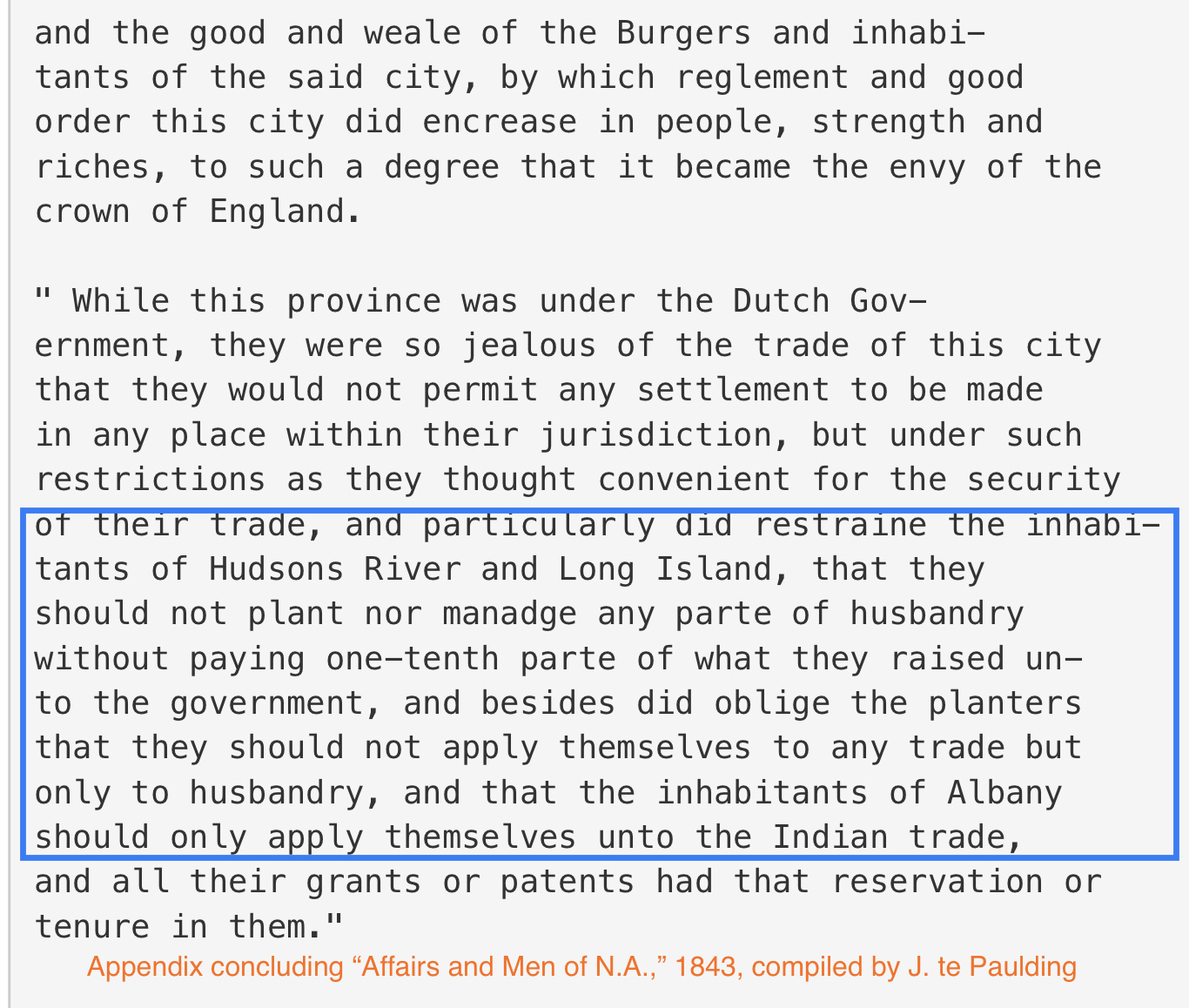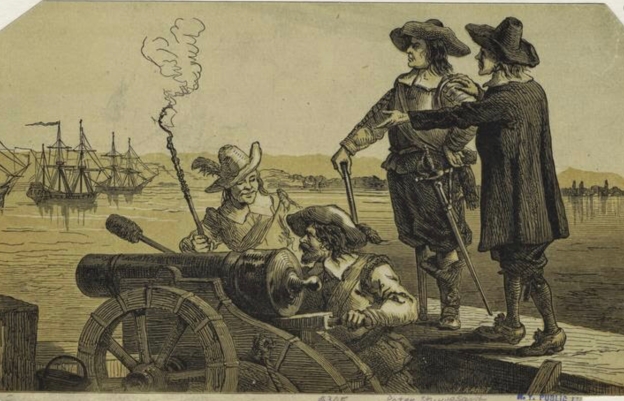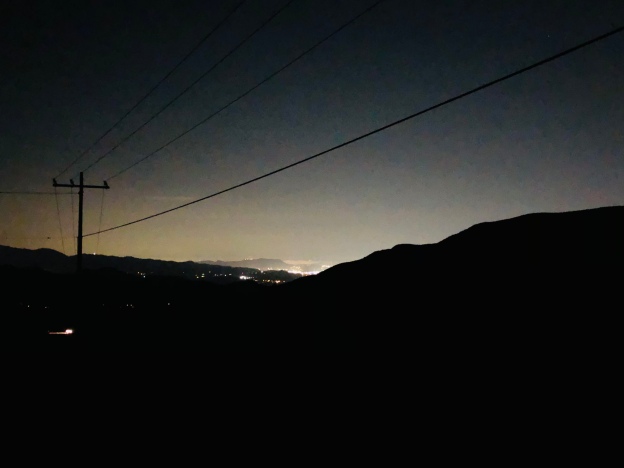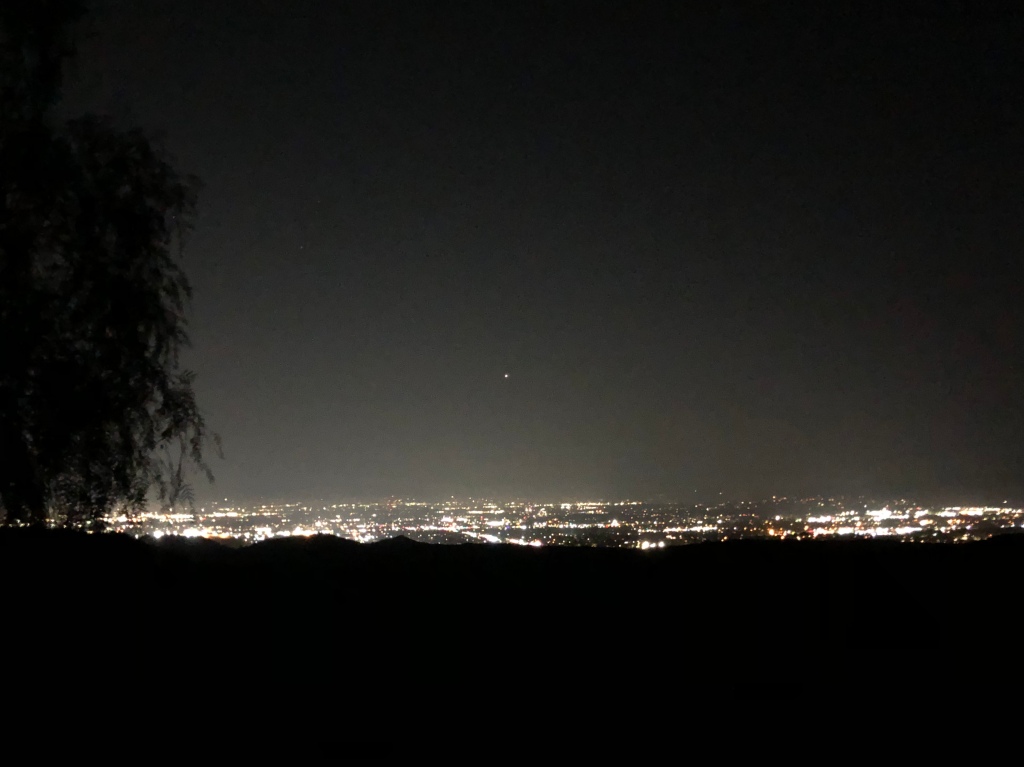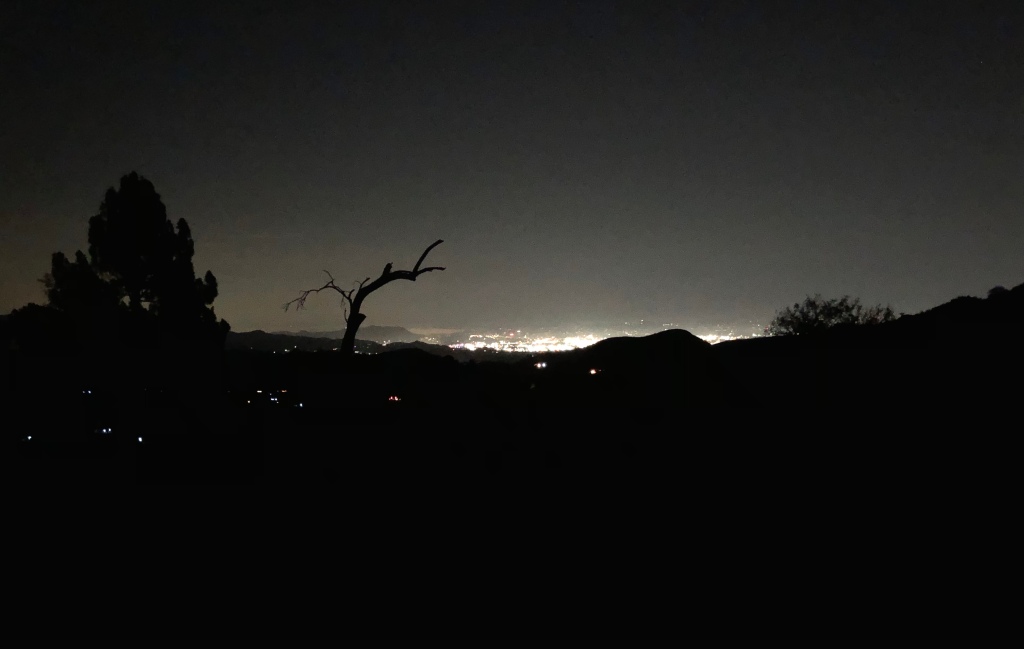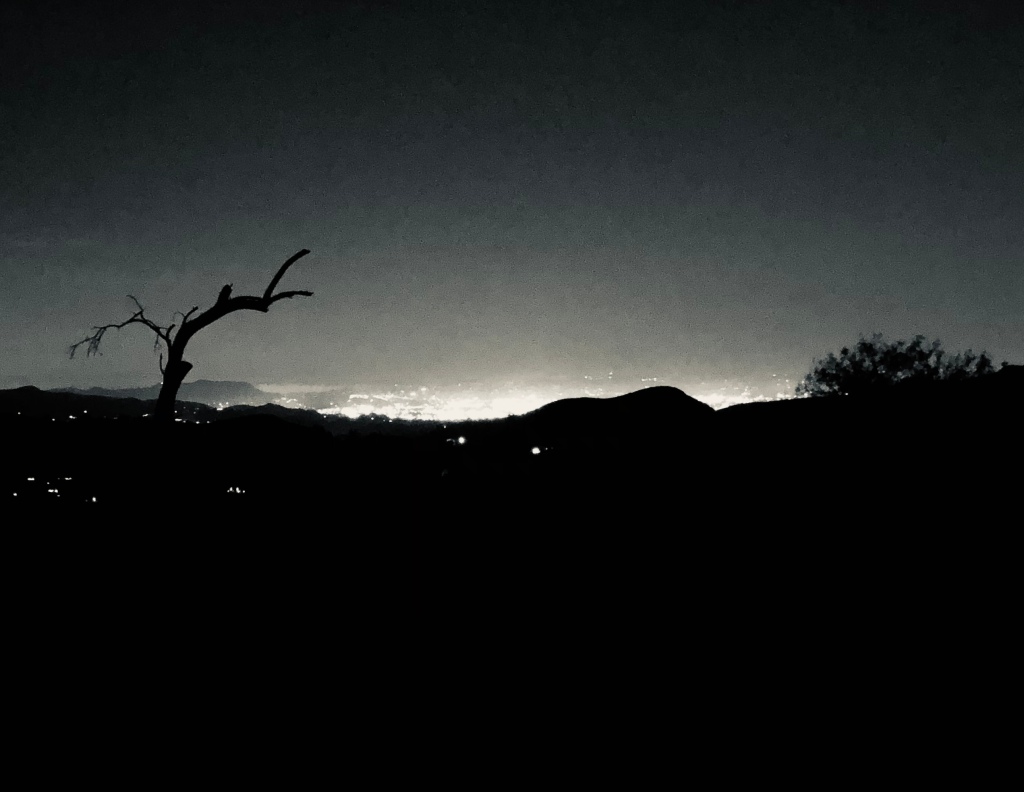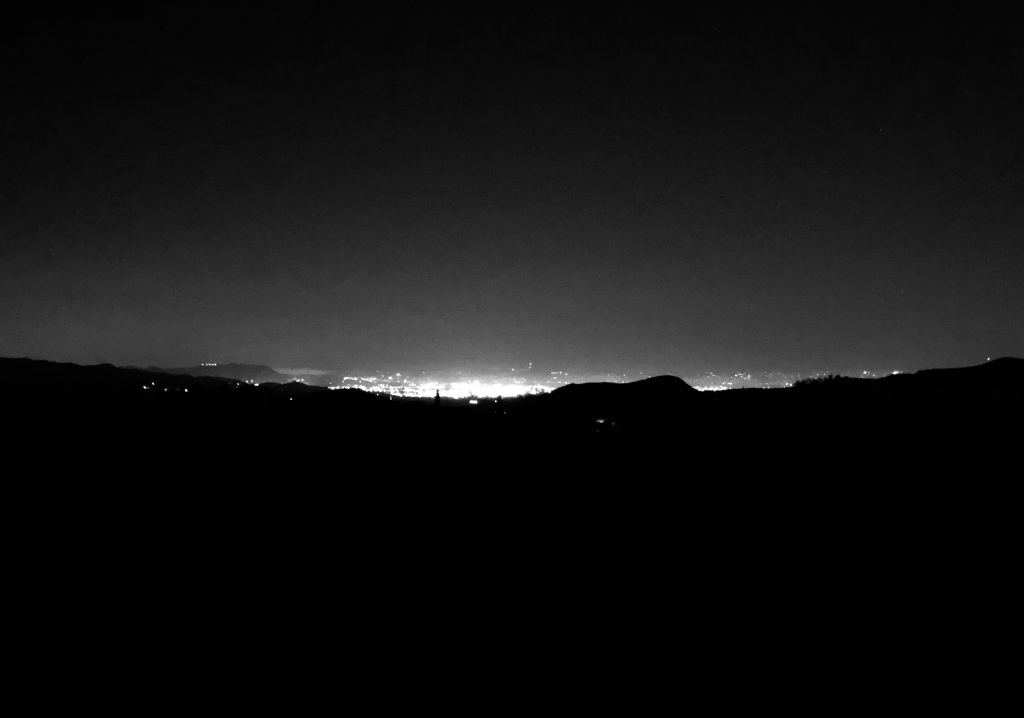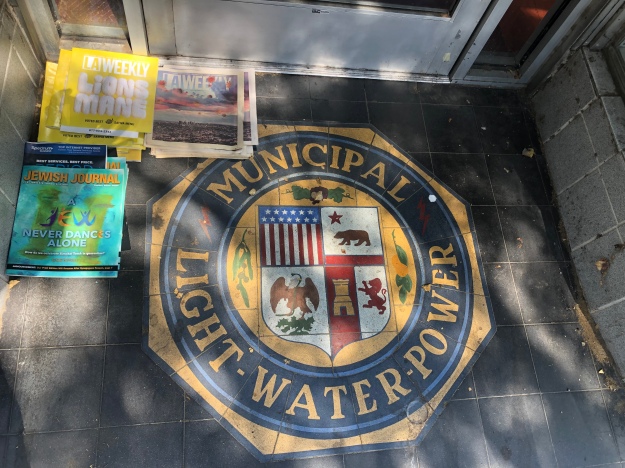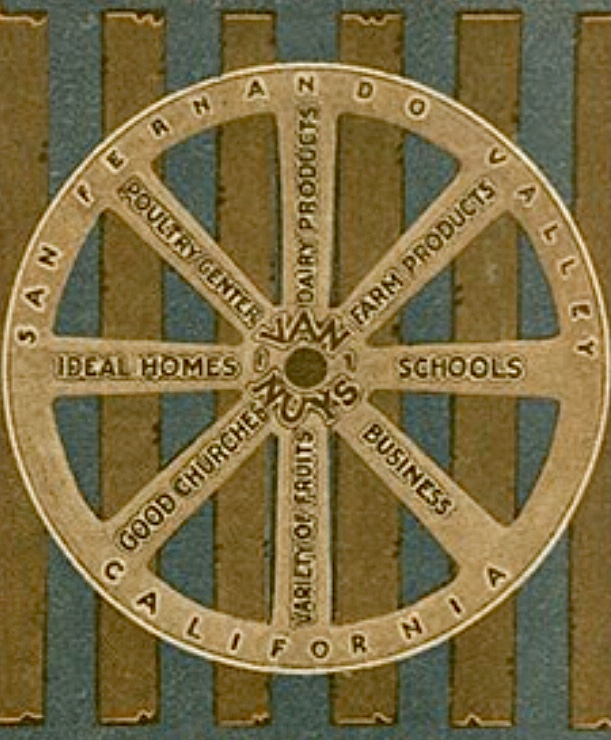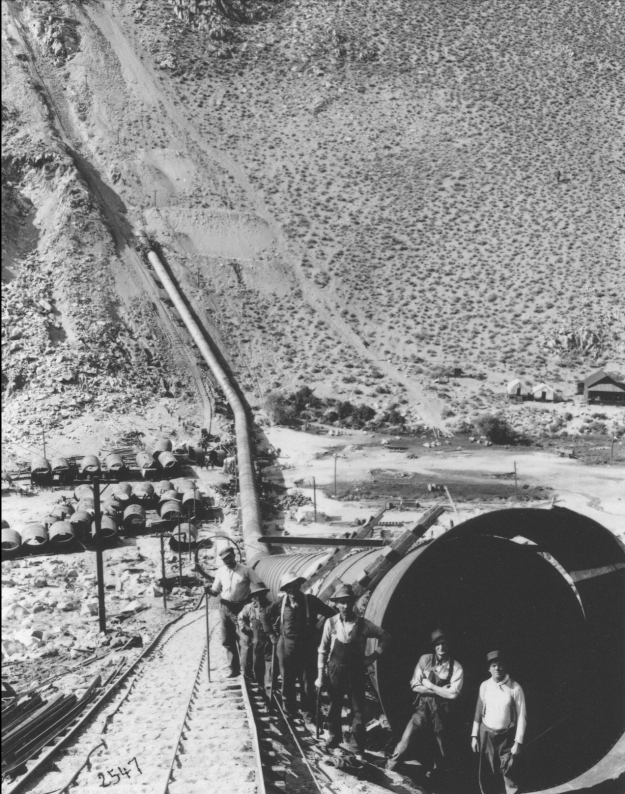VAN NUYS — A VIEWING PART 7 Continuing View of the American experience of wheat farmer Aucke Jansen van Nuys, immigrant ancestor of the Valley’s wheat farmer Isaac Van Nuys…
New Netherland, Old Netherland, Old York, New York 1654-1664 the pivotal decade
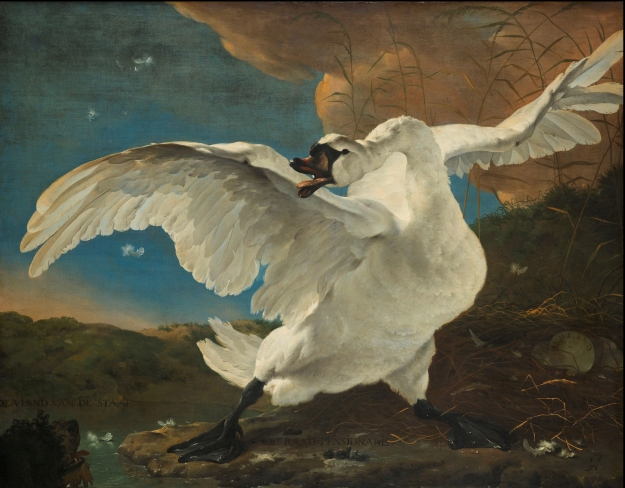
This famous image was for years erroneously analyzed as an allegory. Decades after it was painted, a nostalgic old-timer had graffitied the canvas with captions for the dog: ”Enemy of the State” and for the egg: ”Holland” and for the noble swan, ”The Grand Pensionary.” Ever since, people assumed it was meant as a political fable, depicting the heroism of the Grand Pensionary of Holland, Johann De Witt, who fended off Monarchy when he led the republican oligarchy in the States General from 1652.
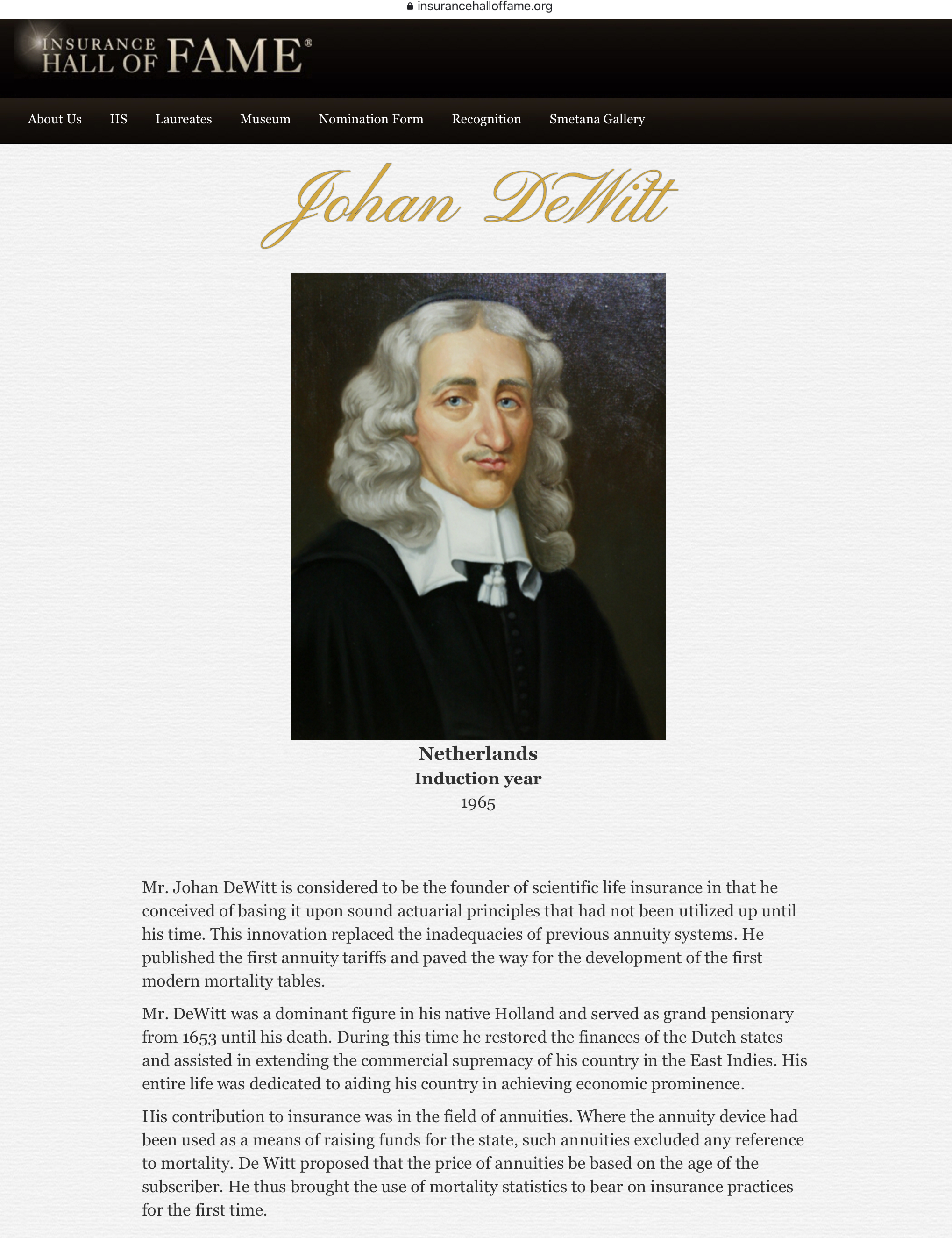

With his officious brother Cornelis, De Witt led the ”True Freedom” party or machine or cabal. They passed laws limiting the traditional powers of the House of Orange, popular defenders of de Kerk and military guardians of The Garden of Holland. De Witt forced through laws in the name of Republicanism (not democracy) that decreed no member of the Orange-Nassau dynasty could be appointed as stadholder of any province. Bizarrely, Amsterdam’s anti-monarchical program was driven by a secret treaty that Cromwell had forced upon the Dutch in 1654: Cromwell, one mafioso dealing with De Witt, another, foresaw a time when a combined Dutch-English force under a popular Protestant Orange, would end Parliamentary Supremacy in both countries, and bring back monarchy. At bottom: the current Prince, a boy of 4, was half-Stuart, and the English court-in-exile was holed up in Het Mauritshuis. De Witt’s role, the price of peace, was to keep Orange, and his relatives the other popular Princes and Counts, and their guests the Stuarts Charles and James, out of Dutch civilian politics forever. The power of the De Witts lasted 20 years, until the Disaster Year — the Rampjaar 1672 – when the silver swans met their fates in the street, amid desperate shouts of ”up the Orange!” …..more anon.
But it turns out, Asselijn painted it in 1650, when De Witt was green in politics and merely a geeky theoretical mathematician, busy inventing numerical alchemy, e.g., actuarial insurance. So the Swan is innocent of politics. Still, Patient Reader, consider the graffiti artist didn’t caption the dog ”The Prince of Orange,” who actually (and brutally) deposed De Witt. The tagger instead invites us to identify, in the Light of Experience, in our own consciences, just what are the true enemies of any peoples’ state? Oh, sure, alphabetically? Everything from apathy to zeal… Maybe our own Dutch hero stuck his thumb in it: Fear Itself is the only real enemy.That’s what Asselijn’s swan is trumpeting too, no allegory about that.
Jacob Steendam, Aucke’s land partner, was one of many local and vocal critics of the WIC; in 1659 he had published and circulated in Mother Amsterdam, the cries of her helpless daughter:
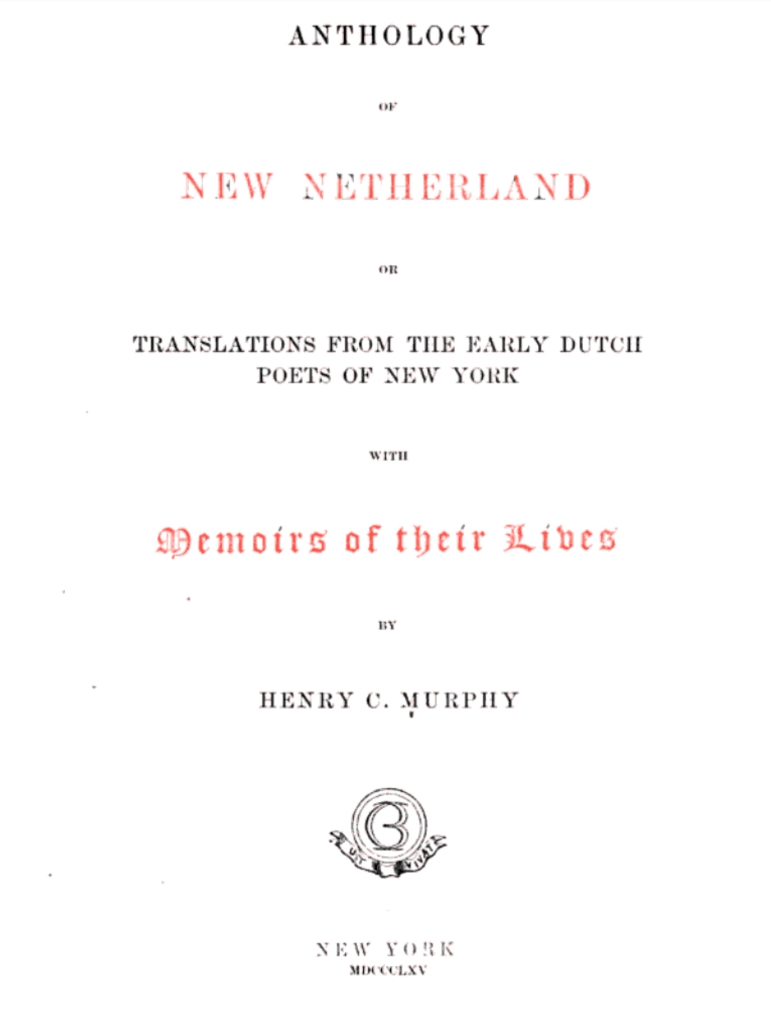


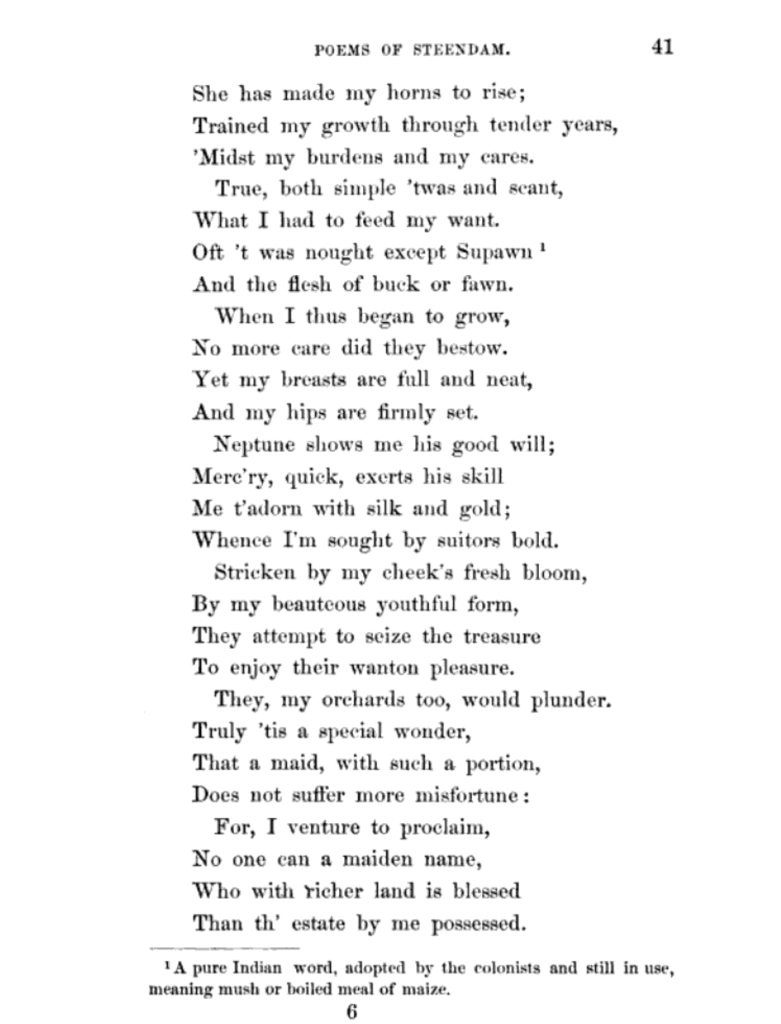

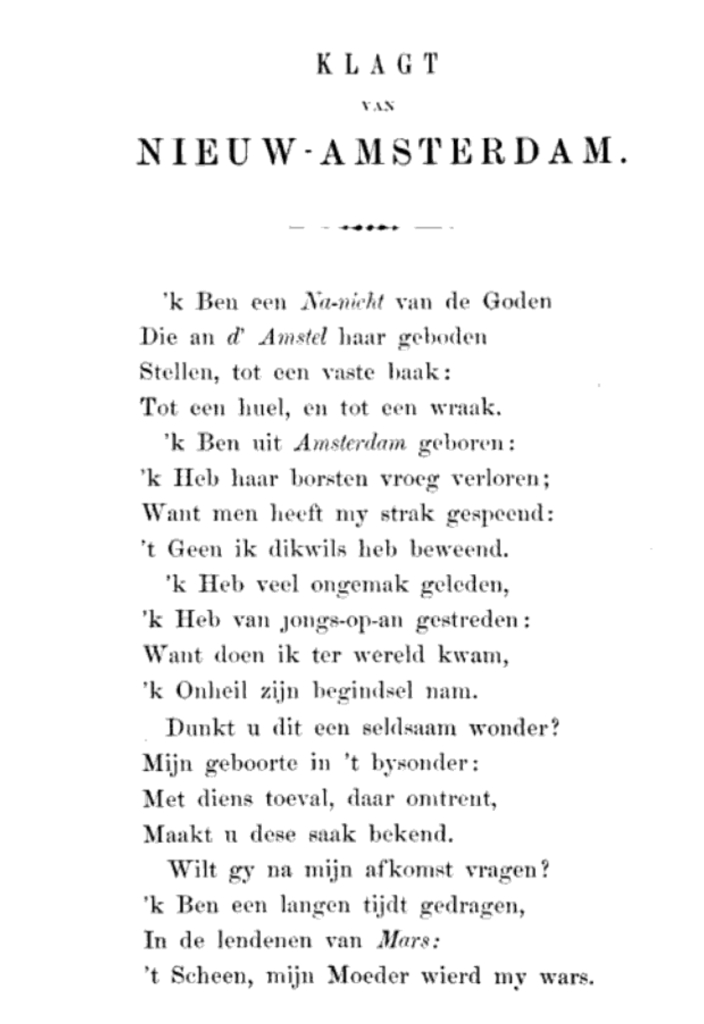


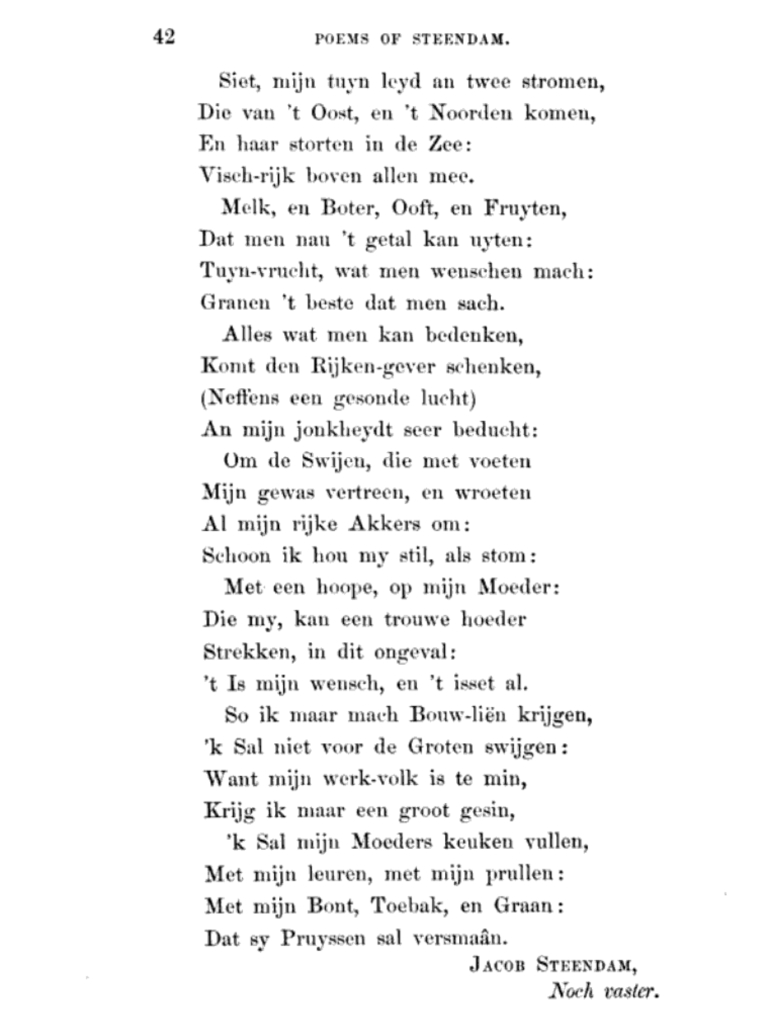

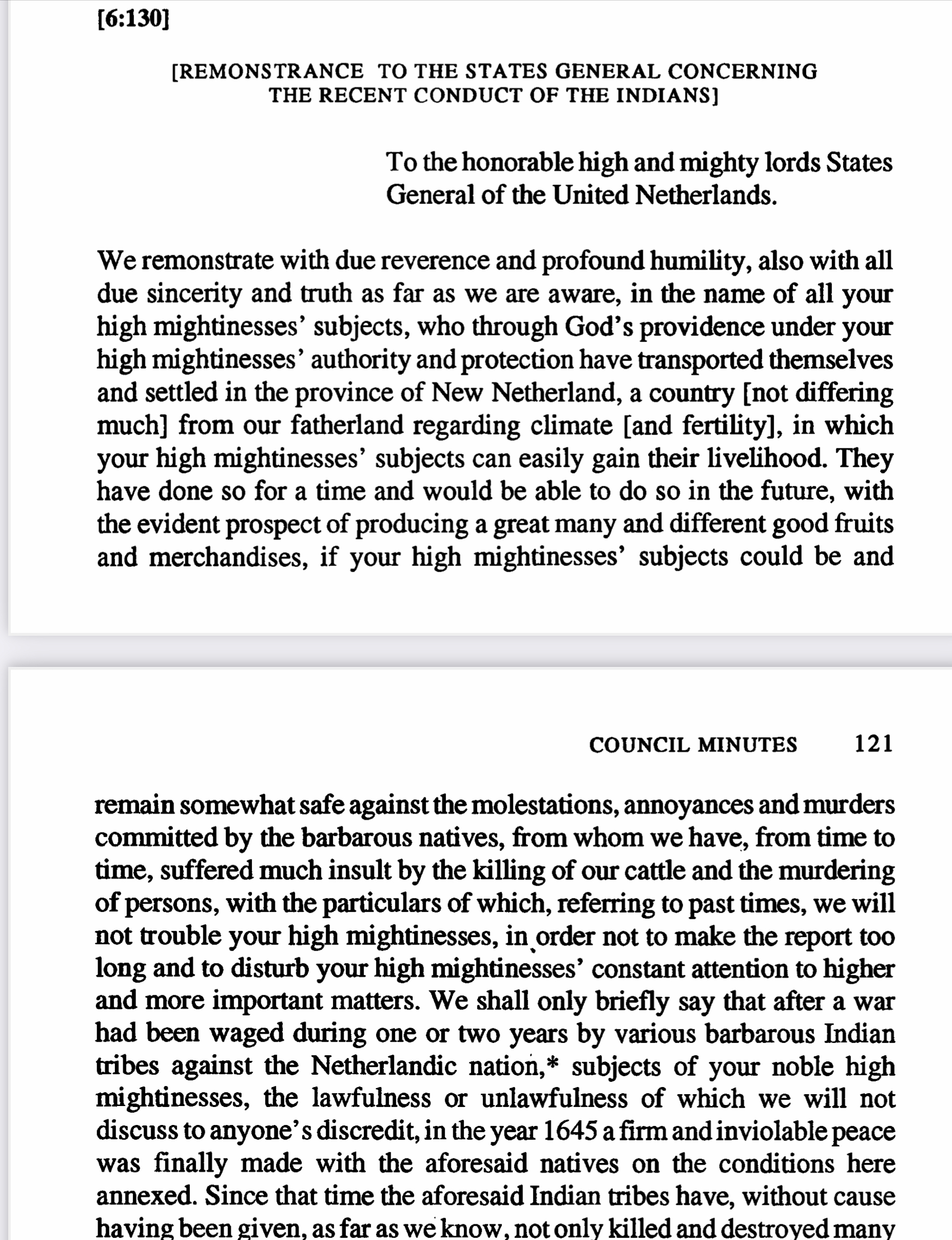
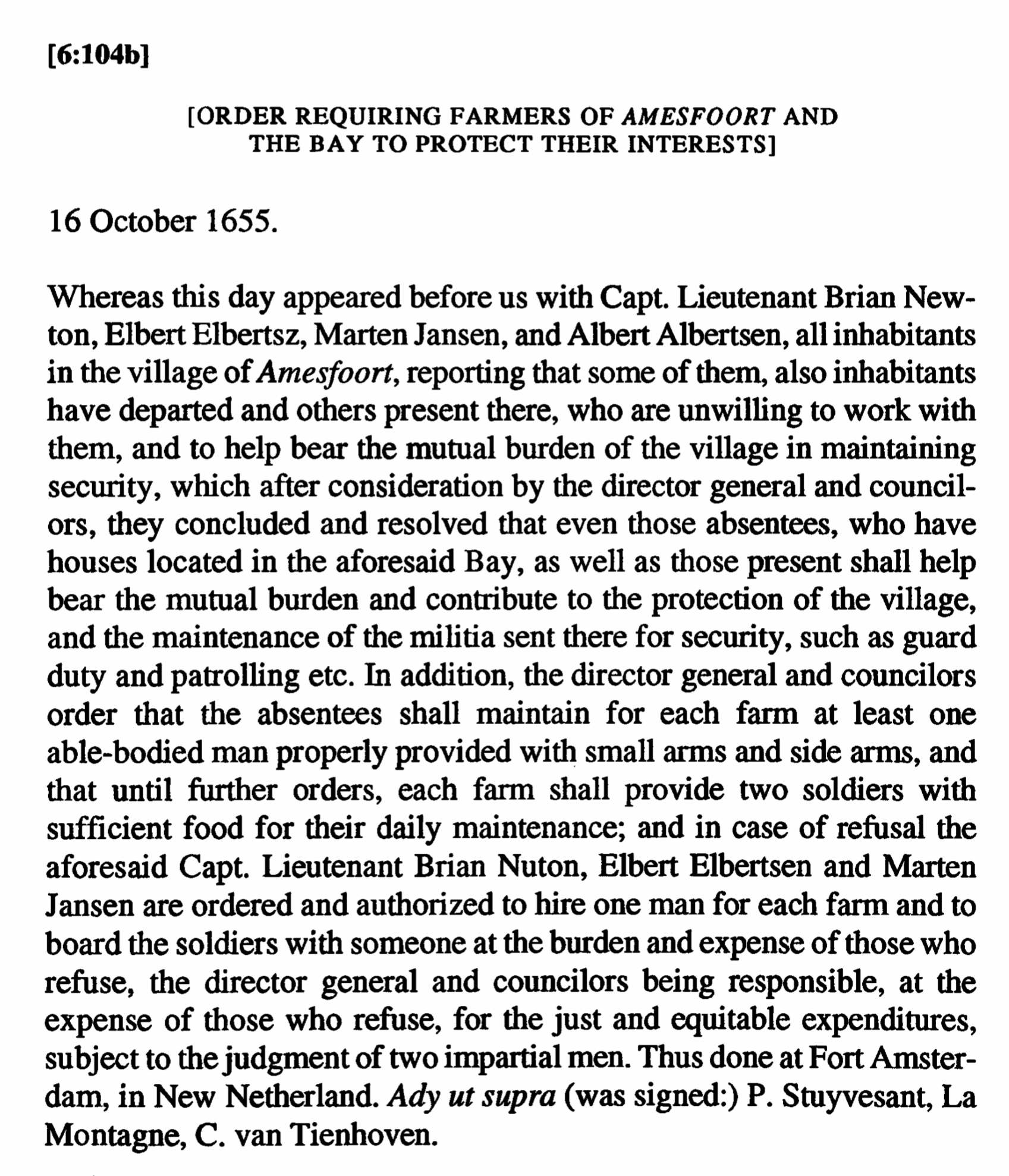
Stuyvesant’s plan for ”breadbasket Long Island” was remarkably successful, on the whole, but it was too slow to achieve its real goal — that is, to make New Netherland permanently dominant in its territory. The onslaught of English settlers, Puritans but others with crazy religions, continued to encroach on the Delaware, in New Jersey and in Connecticut. On the other hand, he favored many other colonies of English, hoping they would be the free-spending marks shoppers thronging his new Farmer’s Market.
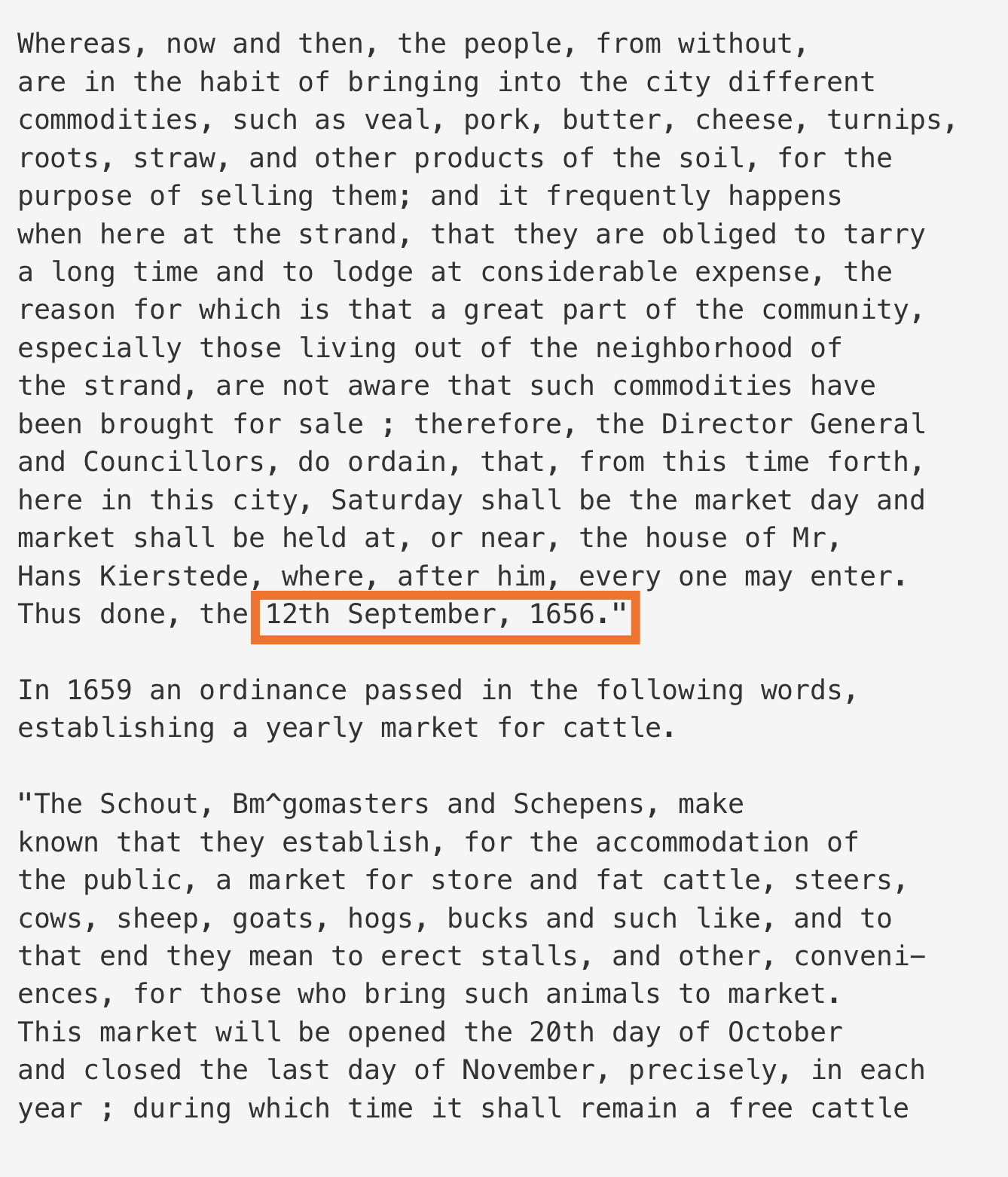
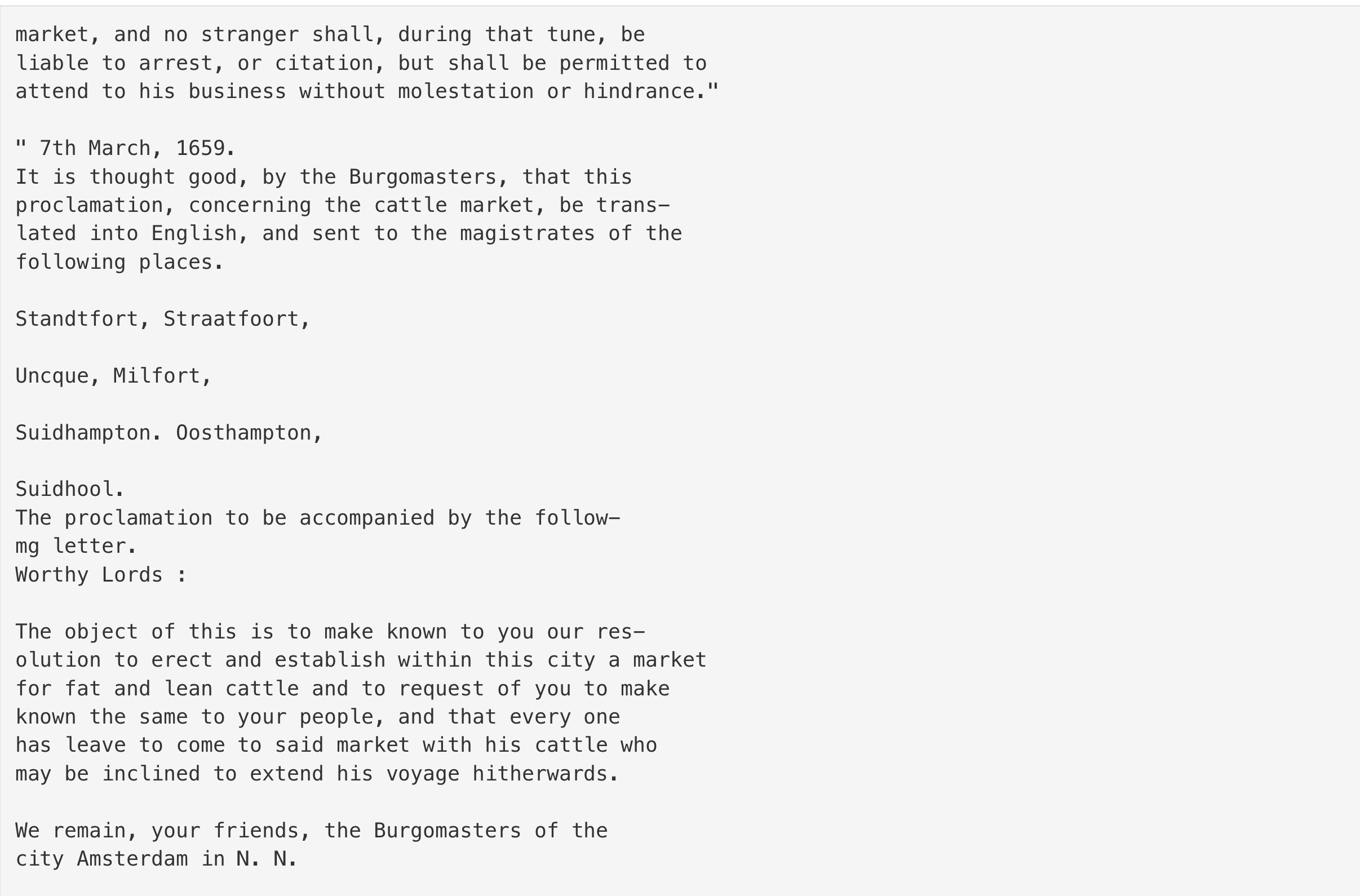
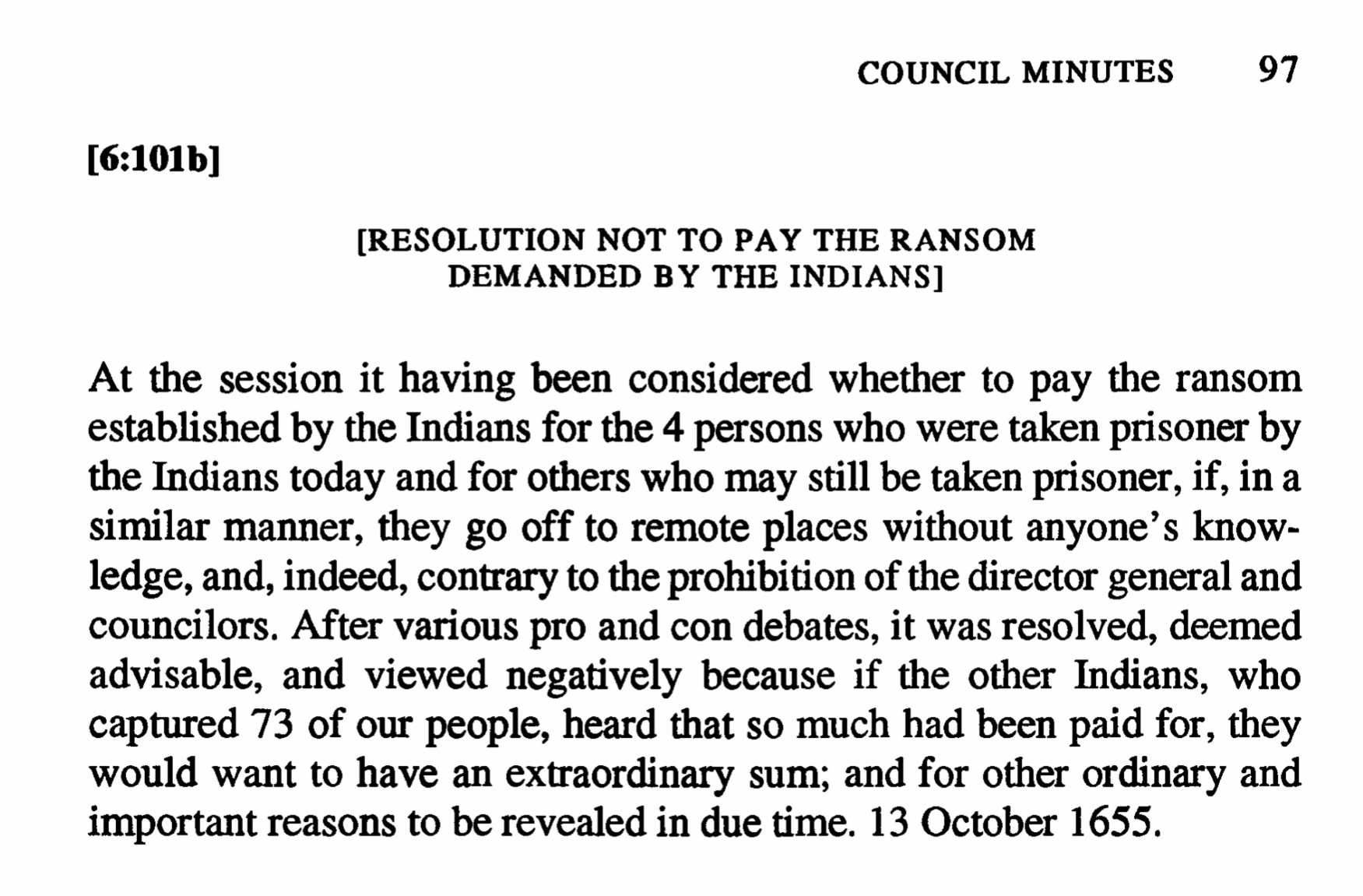
Internally, there was the horrifying violence of the Peach Tree War. This was a Raritan reprisal on the Dutch in 1655, prompted when the Company fiscal, van Dyke, went out of a sparkling morning to scratch on his stoep, and spied a little Raritan girl in his garden. She had been drawn by the luscious peaches on his tree; naughtily, she slipped over his swine-trampled fence to pick one. Of course he shot her dead over the stolen peach. During the general Indian conflagration that resulted, the Rockaway tribe — clients to Mohawks — wiped out the Keskachauge, and demanded Stuyvesant re-negotiate the land sales Great Sachem Penhawitz had made. They claimed the patents were extinguished. At first Stuyvesant haughtily refused it as ”protection” money; but he was embarrassed into paying and reporting it when Midwout neighbor Jan Snedeker shouted publicly that it was his land (and Aucke’s) land the Indians were sore about:


To shore up defences against the English as well as the Indians, Midwout and all the towns were to be stockaded and militia-ed up, and Nightwatches set. Aucke Jansen was there, hammering, watching. Stuyvesant’s next challenge was silencing the burghers’, and WIC’s whines — ”how’s it going to be paid for?” — by telling them just how. First a new whip-around, for the constant Fort and Wall and palisade maintenance. Stuyvesant had the medieval law of the wijk, the modern de Stapel, on his side; merchants were traditionally responsible for defence contributions to the sovereign, in case the favored port were attacked. De Stapel, the Law of the Staple, was held in common across all the wijk-wereld. Now it prevailed, too, on Hudson’s River:

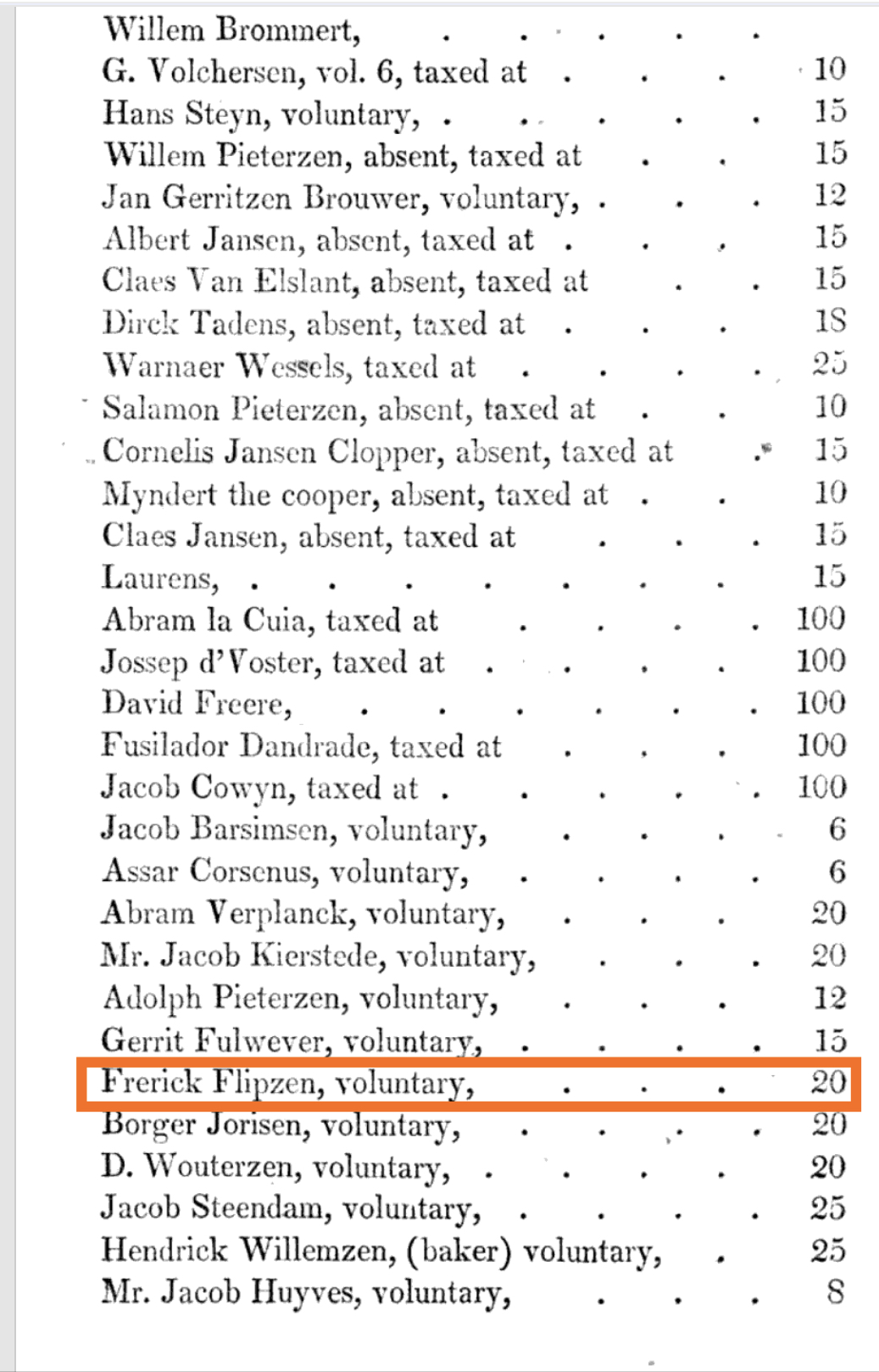

Above, note Aucke’s assessment. Note too, the voluntary offering of fat Freddie Flypzen, Aucken’s Midwout neighbor. He was another Company carpenter, and was certainly getting on in the New World to afford a double assessment. Of course he isn’t a family man, like Aucke; and anyway, building civilization isn’t a competition, is it? [Vlypzen may also have had a windfall from an interest in the cargo of Africans from the White Horse]. That Sybrant Jansen listed below Aucke must be Sybout Claesen, who was Aucke’s contracting partner (and relative?) on his various building projects (discussed in the previous post.) Gov. Upstate had to balance the demands of City Hall downstate (and downstairs) for revenues, with the nagging of his corporate board in Amsterdam for profits.


Aldus Spraakt Stuyvesant: In the face of tax revolt, cheating, inflation, and non-existence of other monies, a practical, anti-inflation feudal tax was levied: the quitrents and tithes were to be left standing in the field for collection, presumably by gangs of Company slaves. Thus wheat (and the other cereal grains, pro-rata) became officially legal tender; as well as pay; as well as pannekoeken. The Director-General still faced the fury of the people. He had to take the whip out several times. He even negotiated a tax-holiday for the first year of the levy, on behalf of the farmers. Still, some – even the Midwout schout – balked at having to pay anything at all.
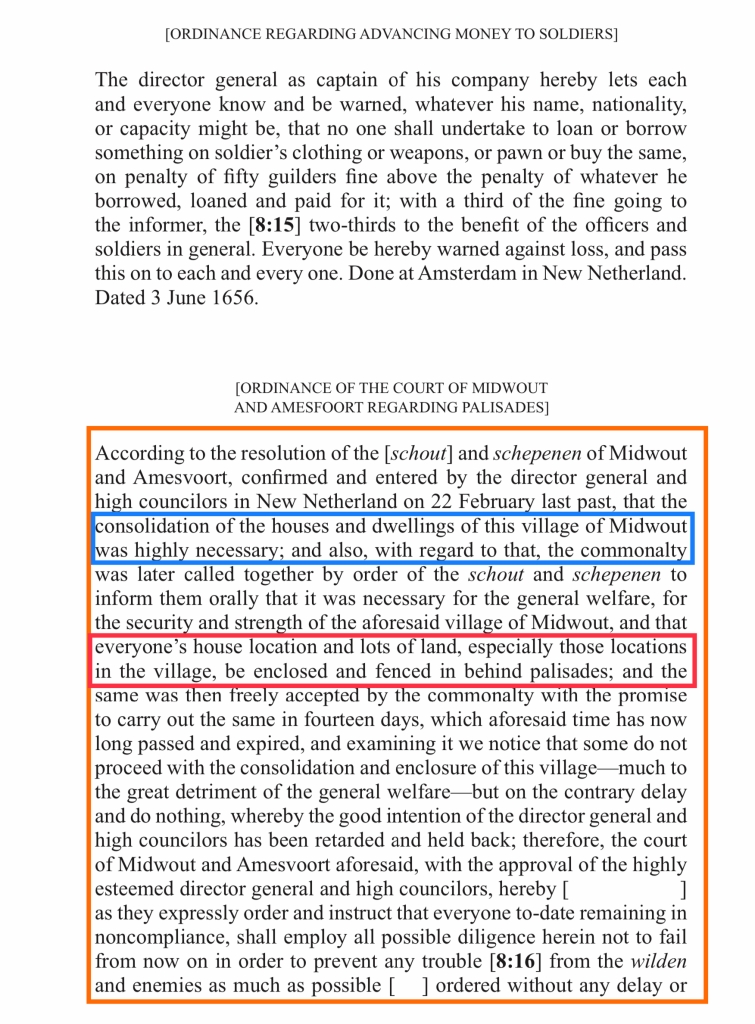
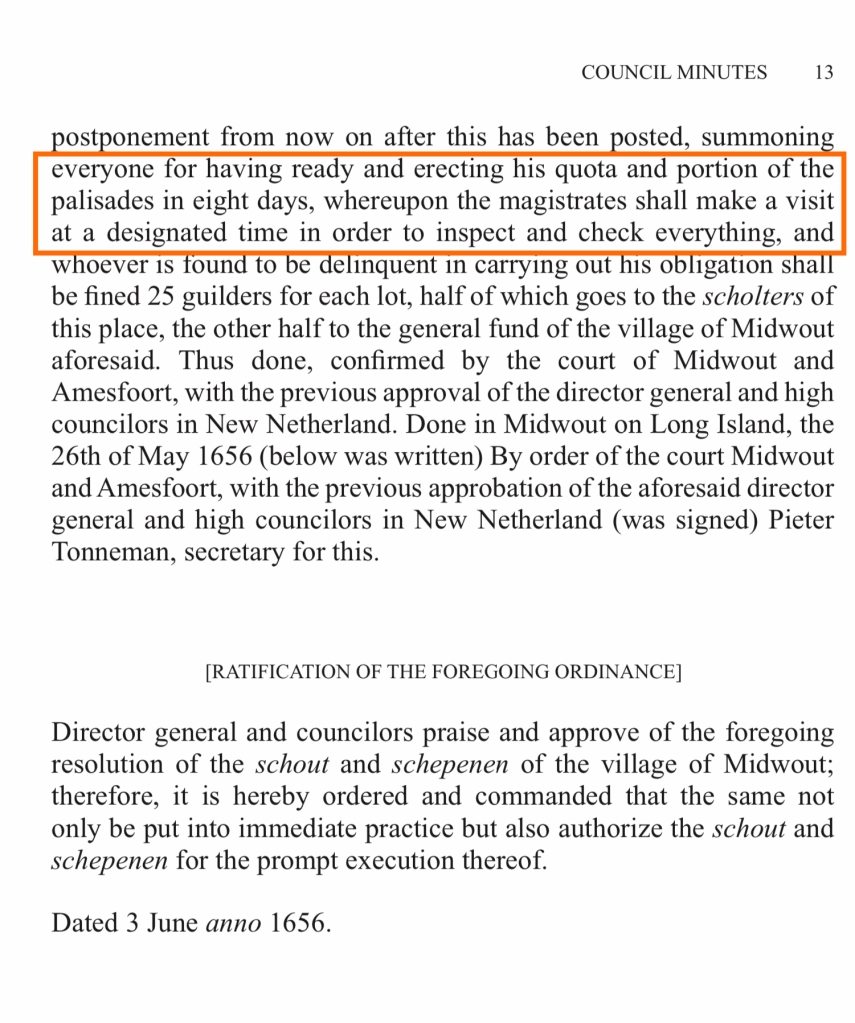


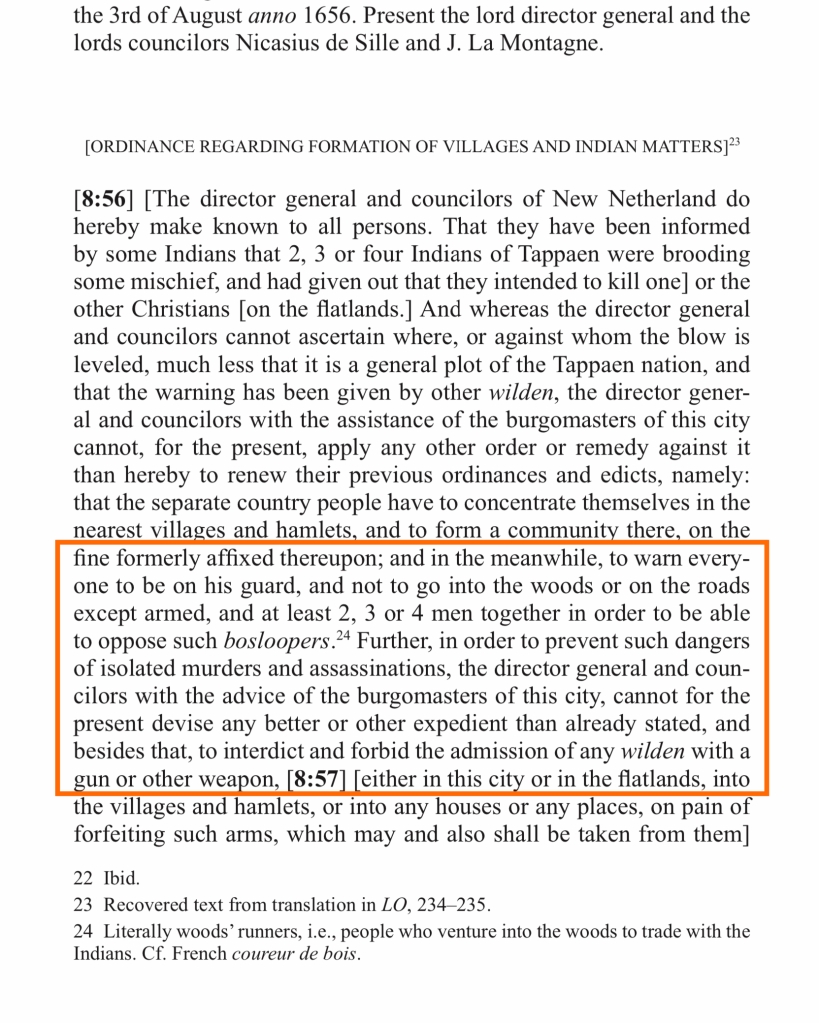


Eventually good grain cash flowed from the villages on those fecund prairies. It was not a big profit to the WIC, but individuals did quite well and the region’s economic course was set for two centuries of constant growth. Anyway it got the WIC off Stuyvesant’s back about his Max Bialystok bookkeeping. And where grain grows, so grows population; so grew Brooklyn. As we shall see, Stuyvesant’s success here implanted and nativized an agriculture that had an enormous effect on the history of the world. And I don’t mean silk.
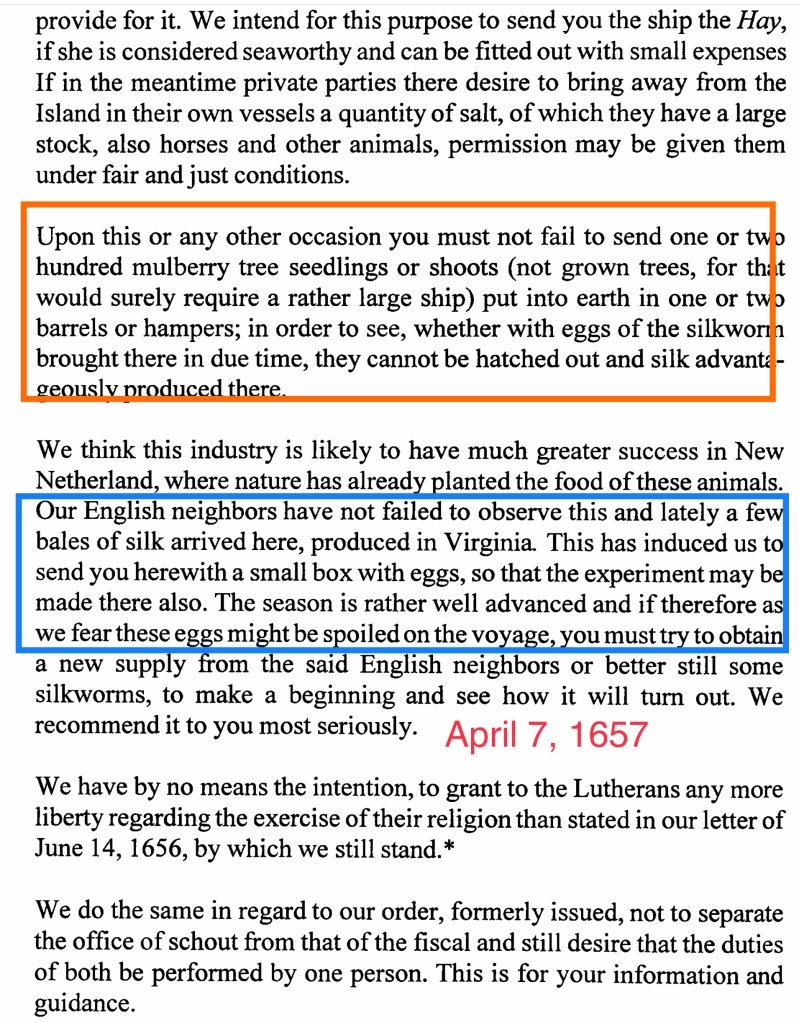
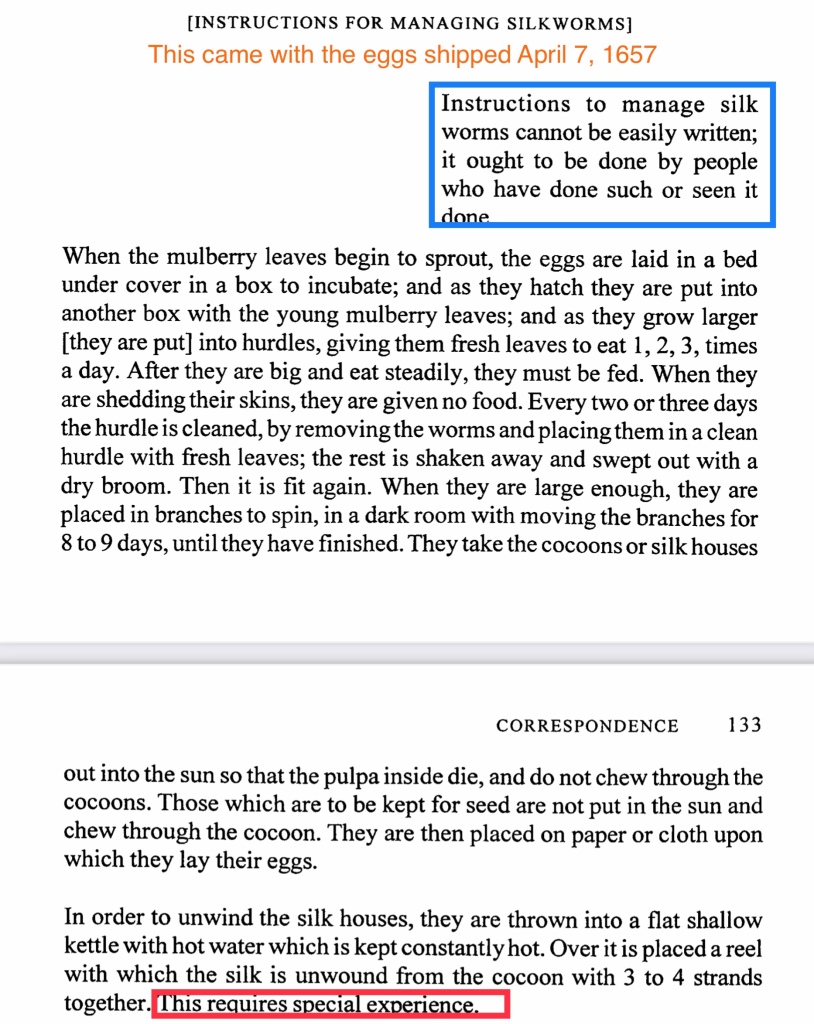


The last mention Of Magdaleen I found, was her 1659 attempt to collect rent in arrears. A bit oddly, she was told Aucke himself must come to demand it. Ordinarily, as we’ve seen, a wife ought to have power under Dutch law for such things. Even more bizarre: Aucke’s apparent arrest for stock rustling. Somehow Aucke ended up with somebody else’s cow. Oddest of all, and maybe explanatory of the whole thing, was that Aucke’s third wife, married after 1674, was one Geeritje Gyzbrechtsen — a relative, possibly the wife or daughter, or the very same person as, the owner of the cow, Geerit Gyzbersen. Secretarial sloppiness on spellings and names, and mistranslations are everywhere in the record. Maybe the court may have misinterpreted Aucke’s (embarrassed) testimony that Geertje WAS the woman he paid for the cow. So, was Aucke really that smooth an operator, getting his milk for free, without owning that cow?
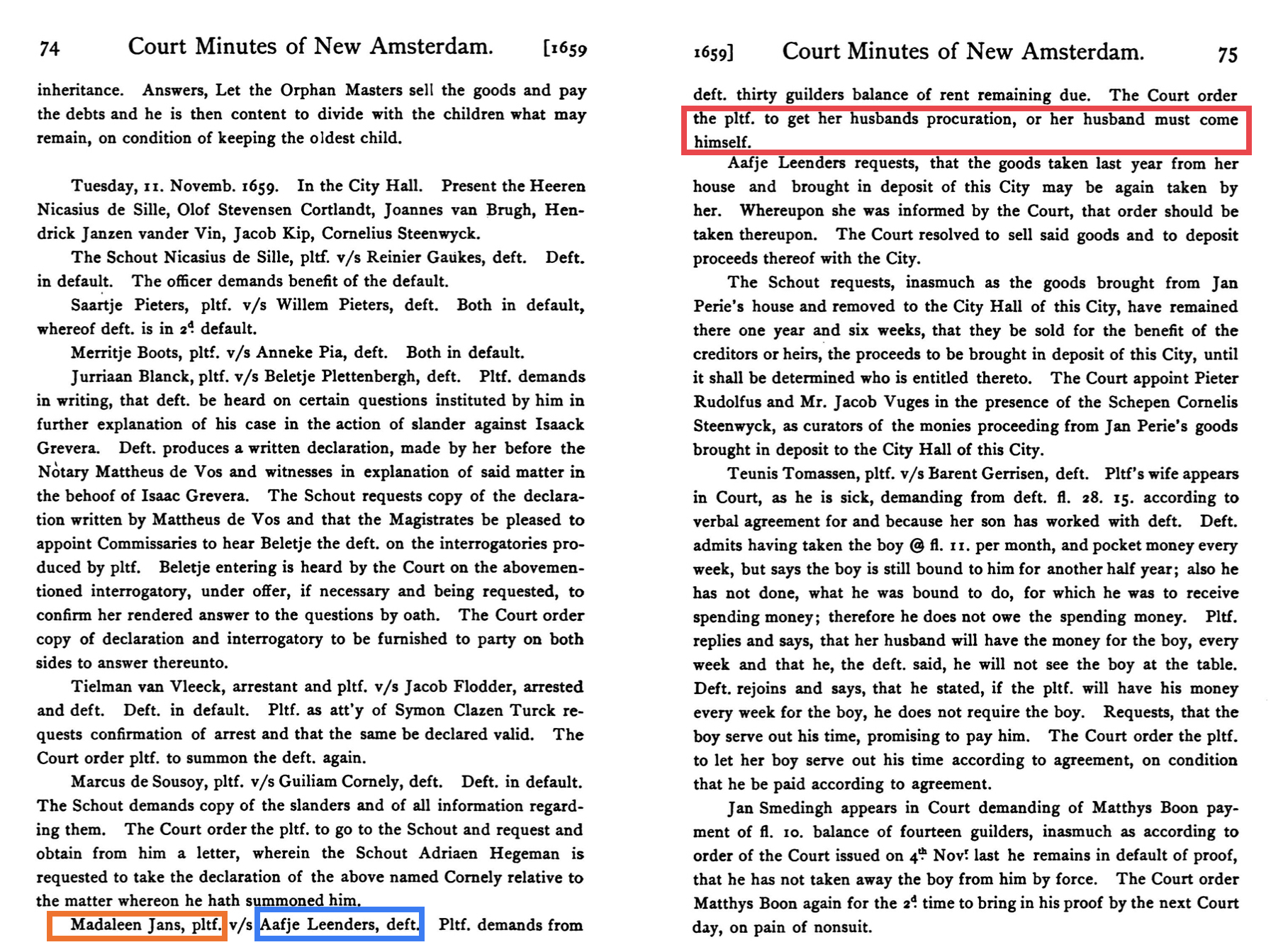

Sadly, Magi died very soon after in 1660 and was buried at the new Breukelen Kerk. Aucke was just putting the finishing touches on Midwout; the family home seems to have remained in Breukelen until her death. Magi must have been one of the first interrments. And she must have died in childbirth, because Femmetje Jans was listed as a founding church member, see in the last page below. I assume Aucke left the little girl with a family on the Slope, anyway with a nurse or nanny. Femmetje made a very nice marriage a few years later, as we’ll see. Aucke, in Midwout, recall, had to submit his work to Freddie Flypzen’s review to get his right wages. Poor Dr. Polhemus never got his full wages either, and in asking for a raise, only ended up having to do more work. He resigned himself to preaching at three different locations every week — Midwout, Breukelen, and vespers at the Bowery for the restful convenience of the Dir. Gen.’s household and guests. Finally he was joined by Dr. Selyns who took over in Breukelen. St. Nick’s, of course, in Ft. Amsterdam, was served by Dr. Megapolensis and his preacher son Sam. All four of these Dominees were important to the social and political structure of the colony downstate.The following classic is revealing of that side of Old New York society that is scarcely recalled today: https://books.google.com/books/about/History_of_the_First_Reformed_Protestant.html?id=ysXVAAAAMAAJ Only remember, reading about the humorous squabbles between two proud churches, Midwout was the First Reformed Church of Long Island. Breukelen, to Christ? Always a bridesmaid, always a bridesmaid.
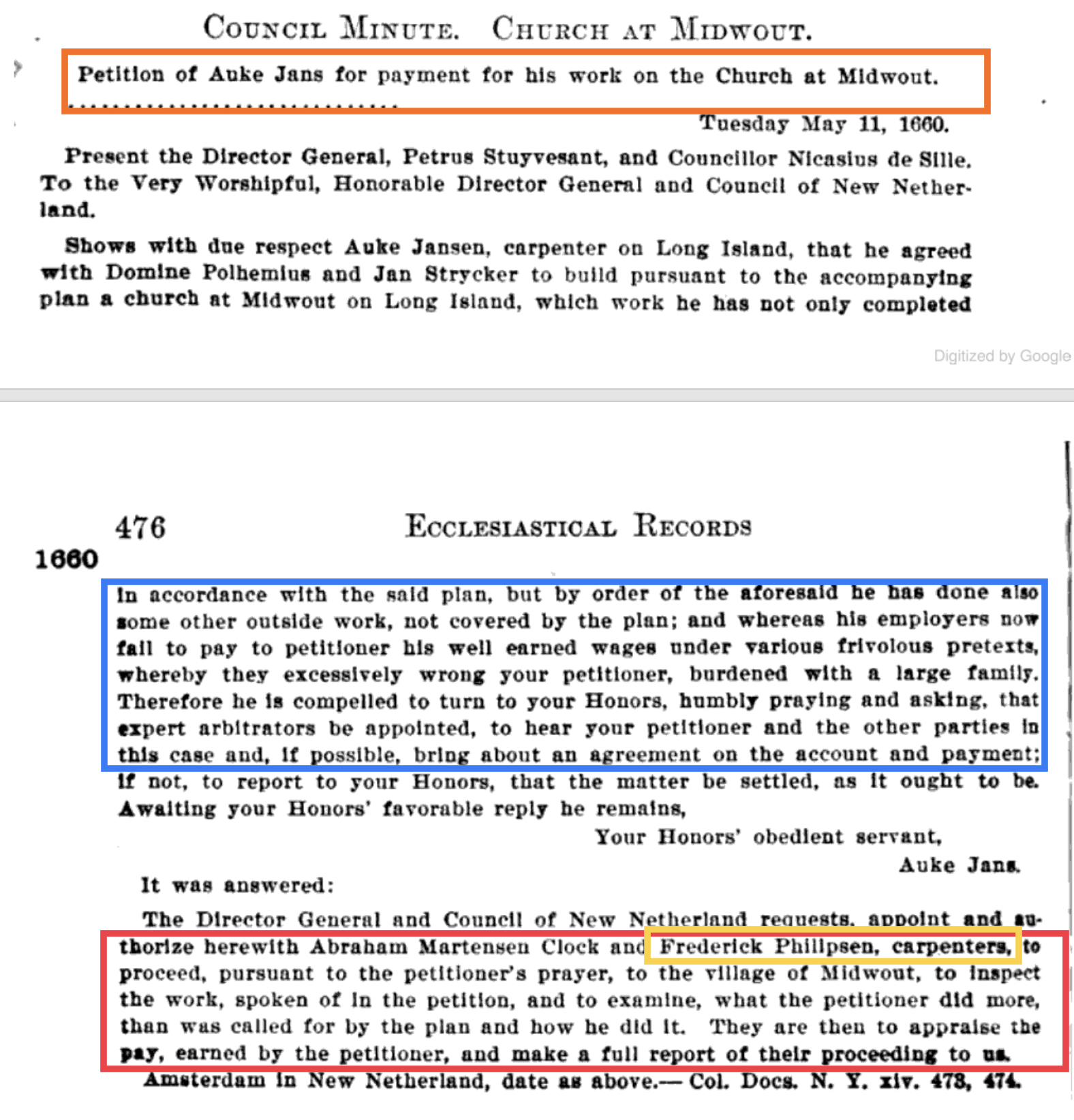






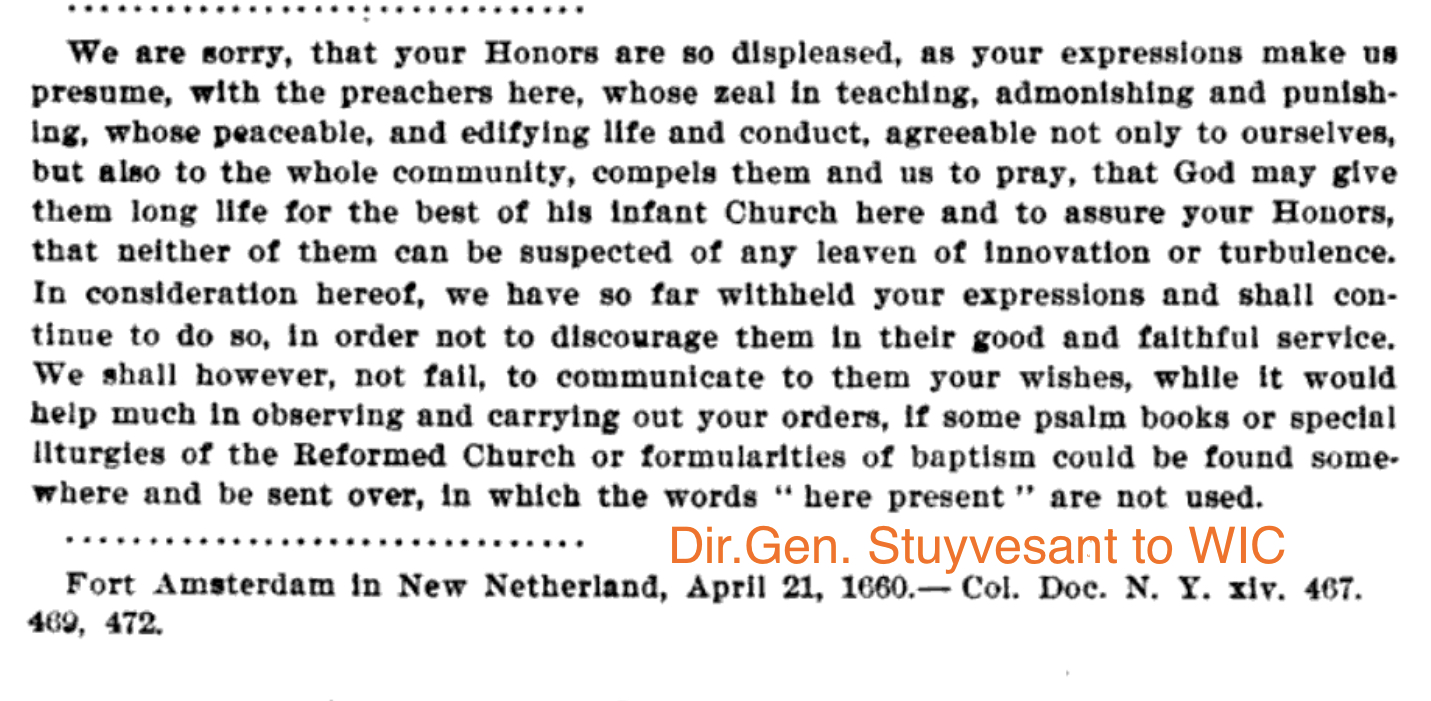
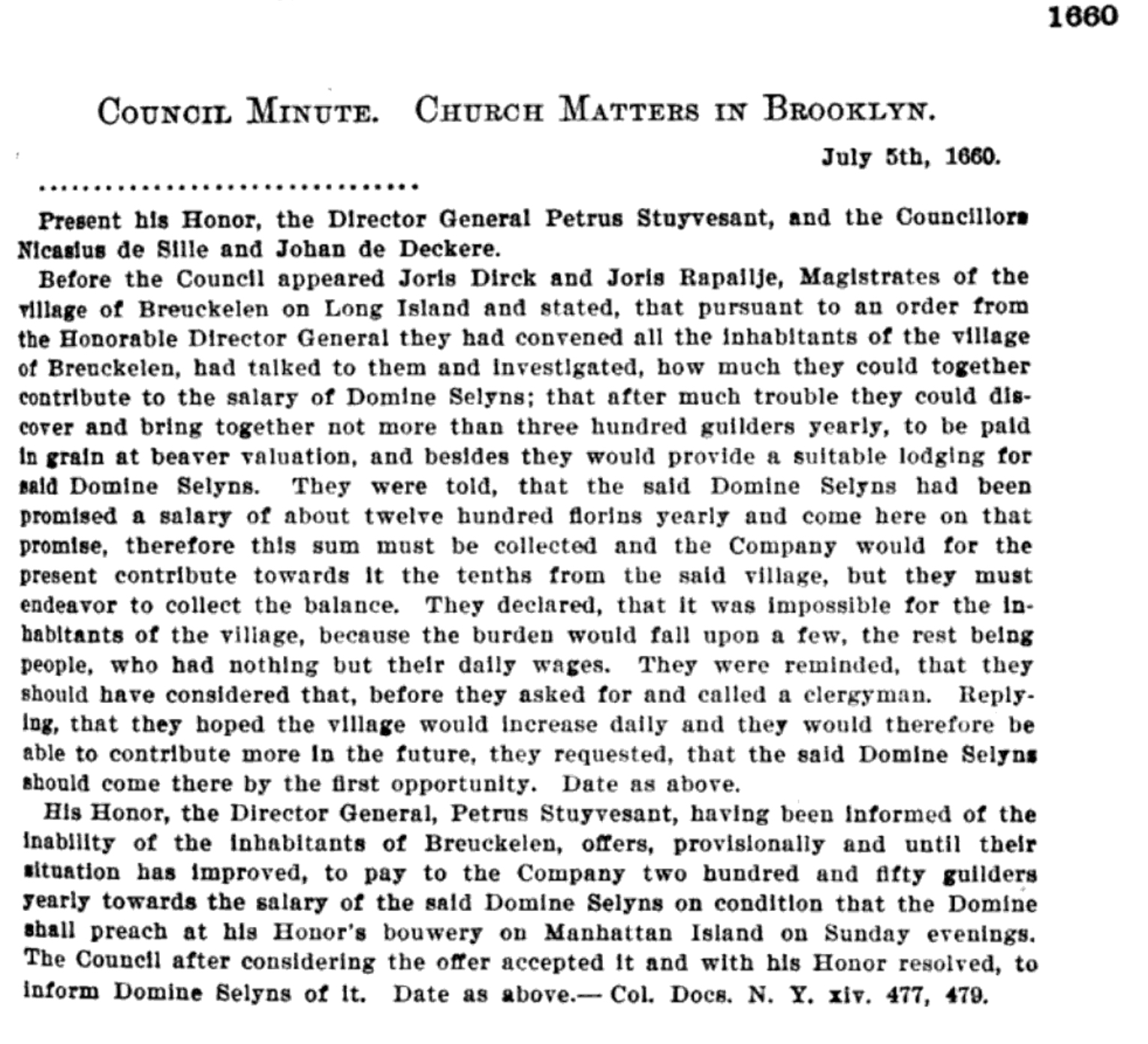
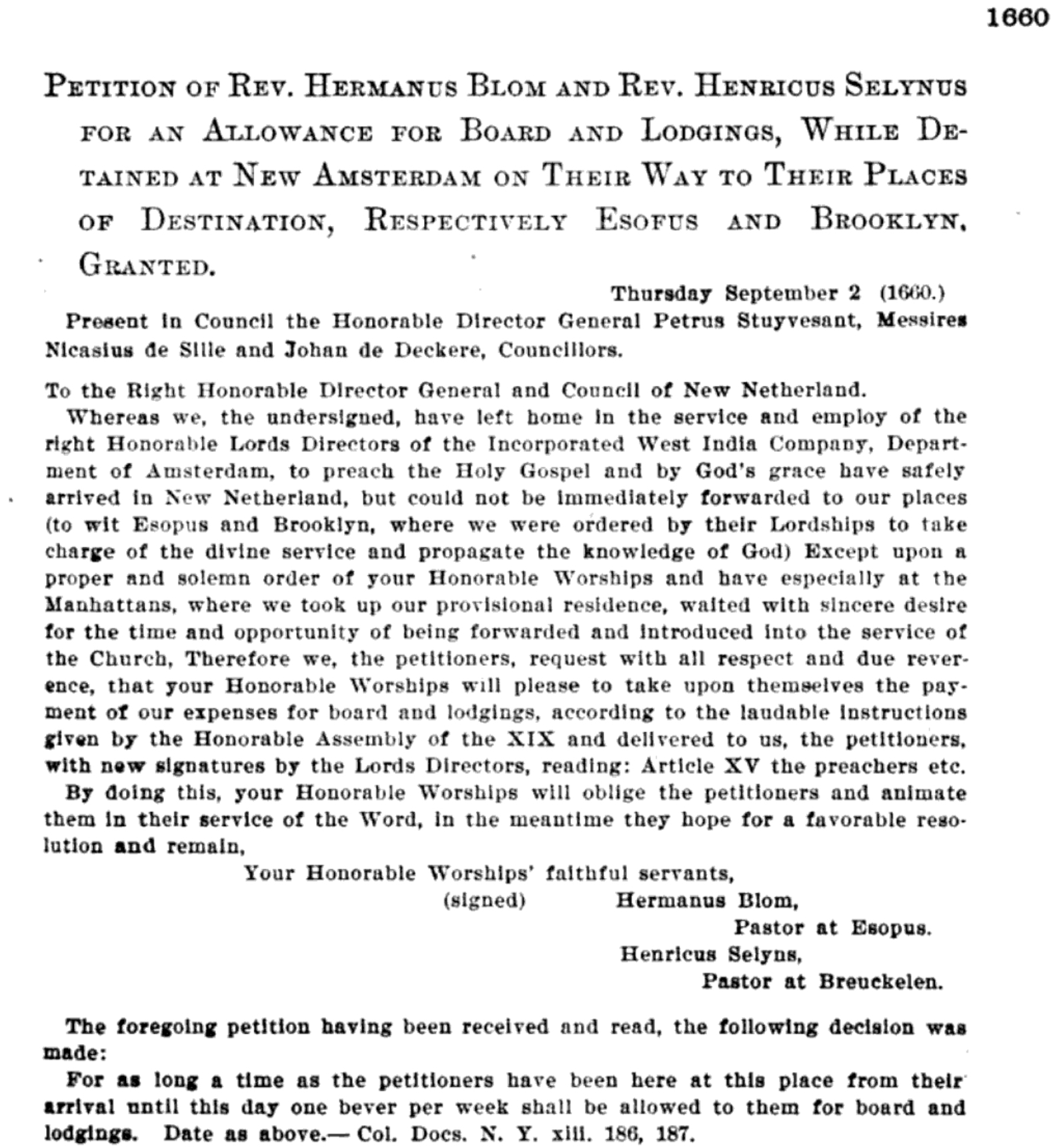
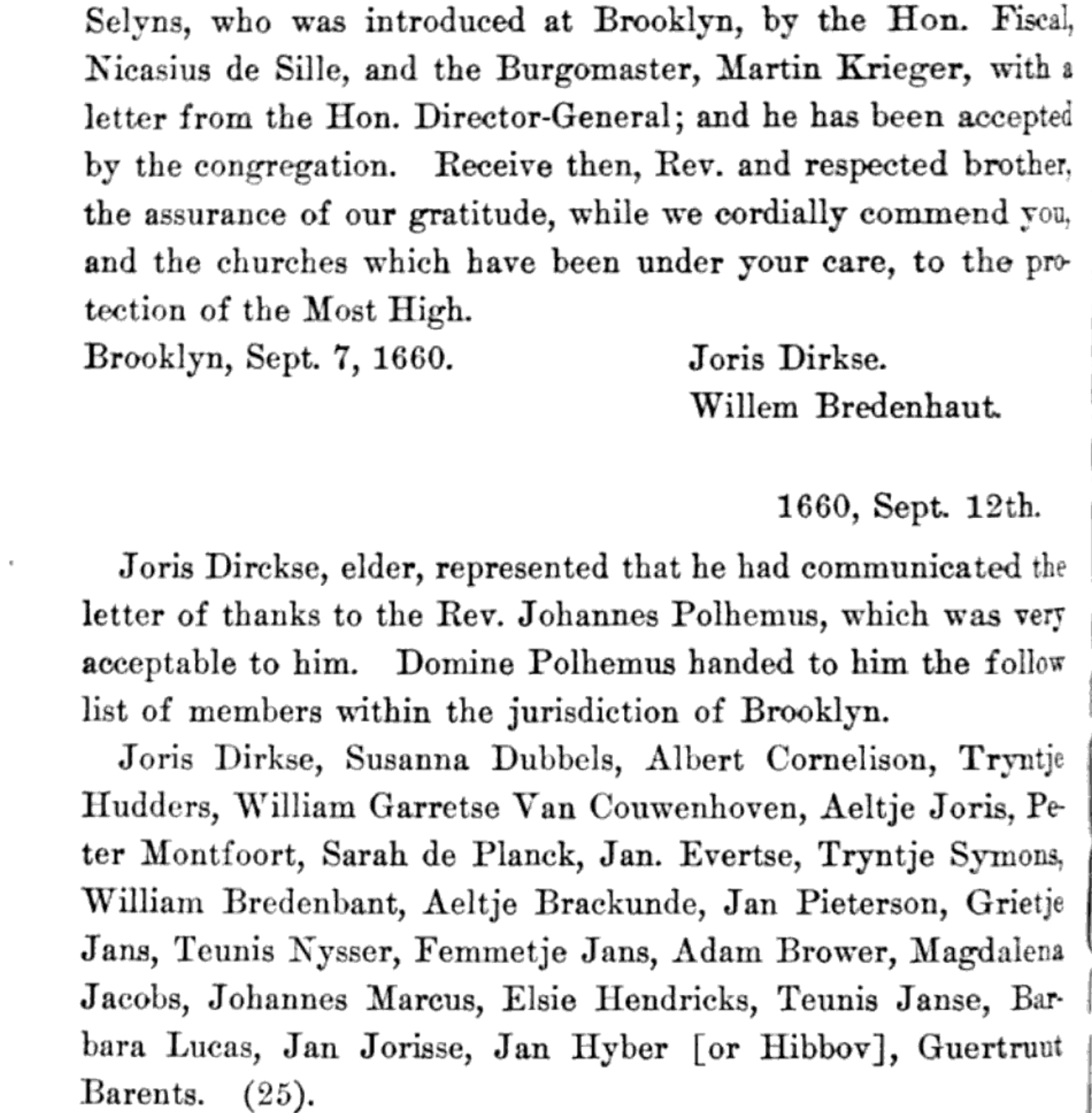
Aucke moved to Midwout in 1661, and requested of the Breukelen congregation that they put a fence up around the cemetery to keep the infernal swine from rooting up his wife’s remains. The churchwardens replied with Dutch sympathy that if he wanted to add to the sanctity of the grounds, they would be oh, so grateful, praise God, to receive any gift of free fencing he was inclined to donate. I think I remember reading that he did the job.
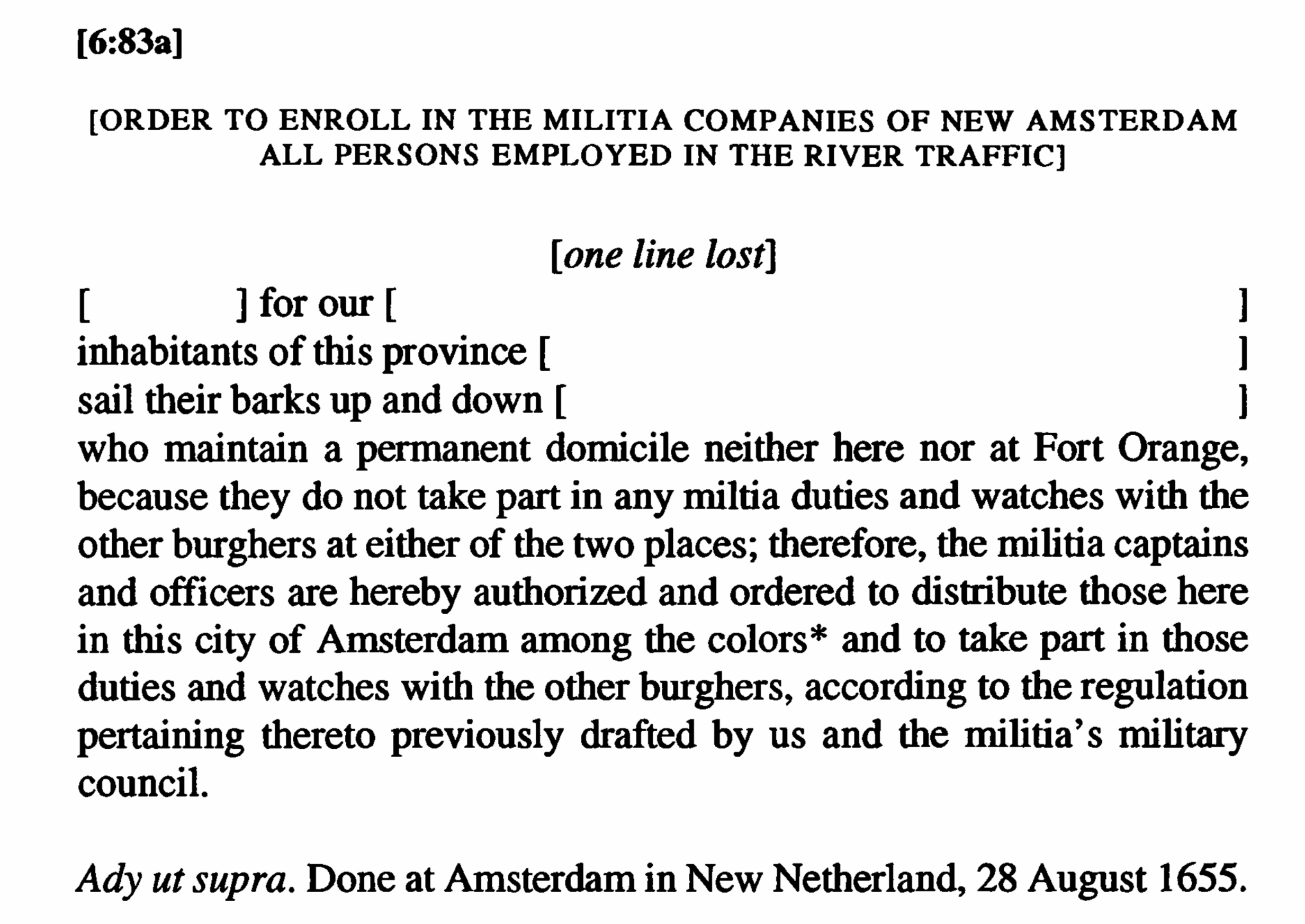
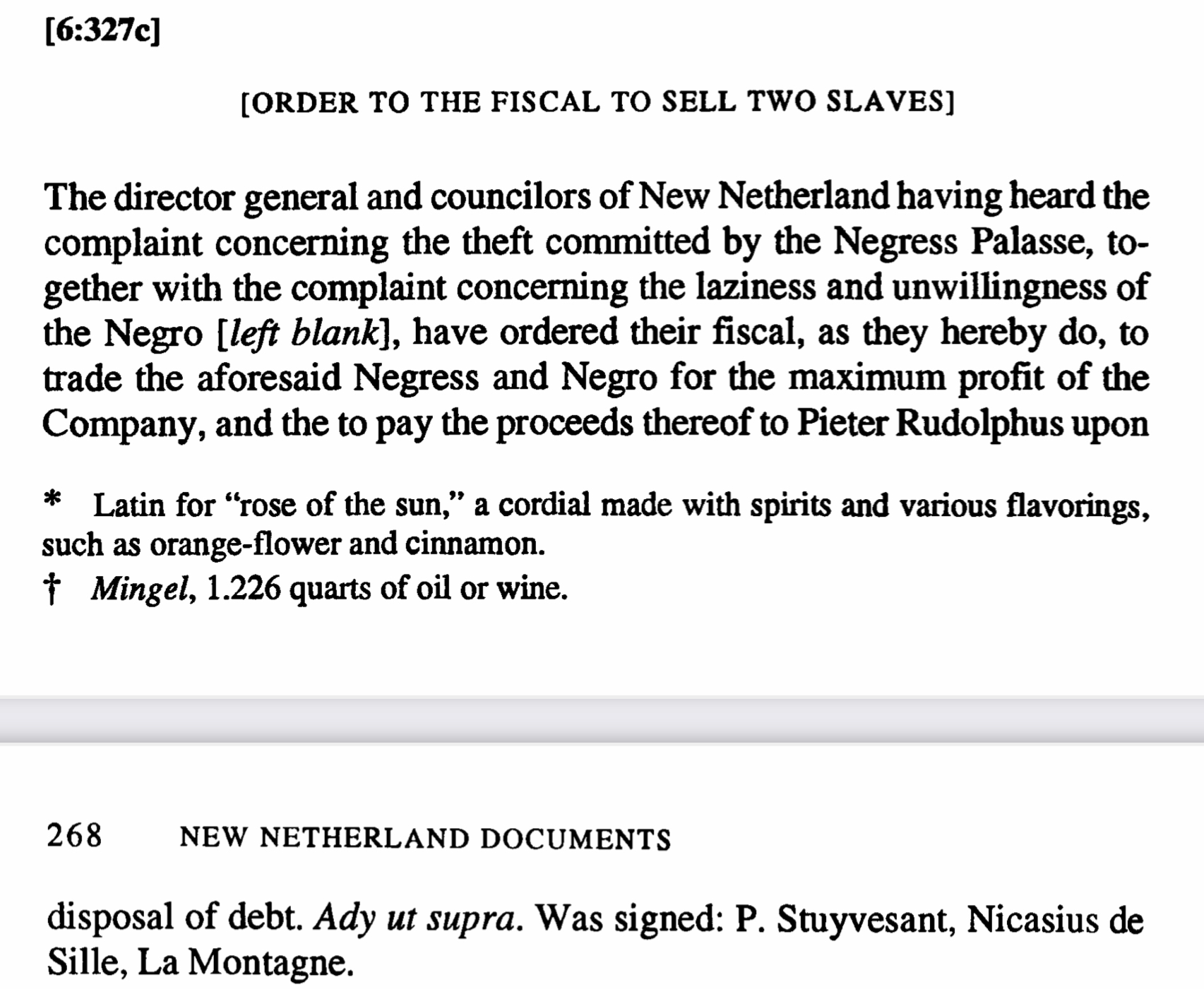
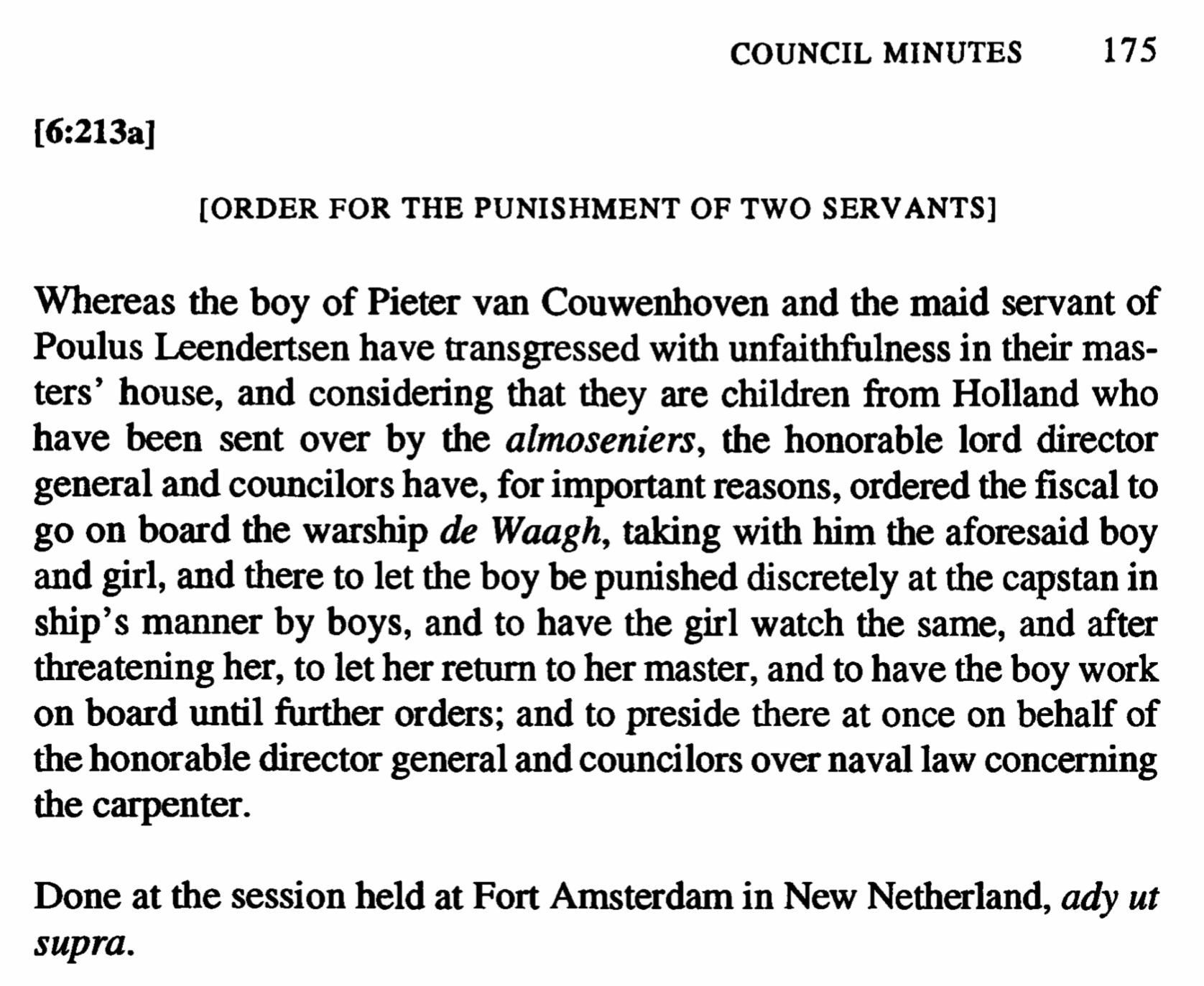

Meanwhile, back in Europe… Restoration of Charles II, 1660. He and James returned to England. They planned to use all they’d learned about their gracious hosts of Orange — not least from being inside the shooting barrel during Cromwell’s Naval War against Holland — and about Dutch sea-power and tolerance and politics in general (but not economics; figures made pretty Stuart heads swim) — to put their boots up the nether regions of those insufferable Jew-loving republican Calvinist Netherlands.

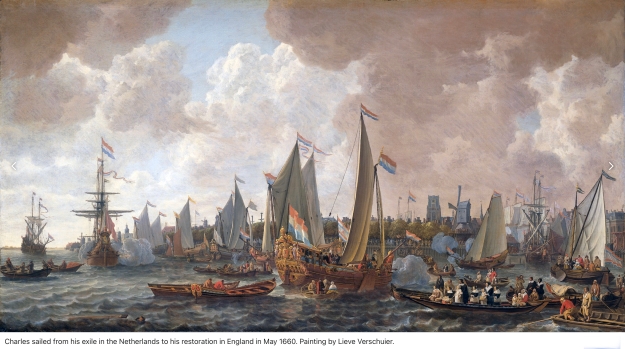

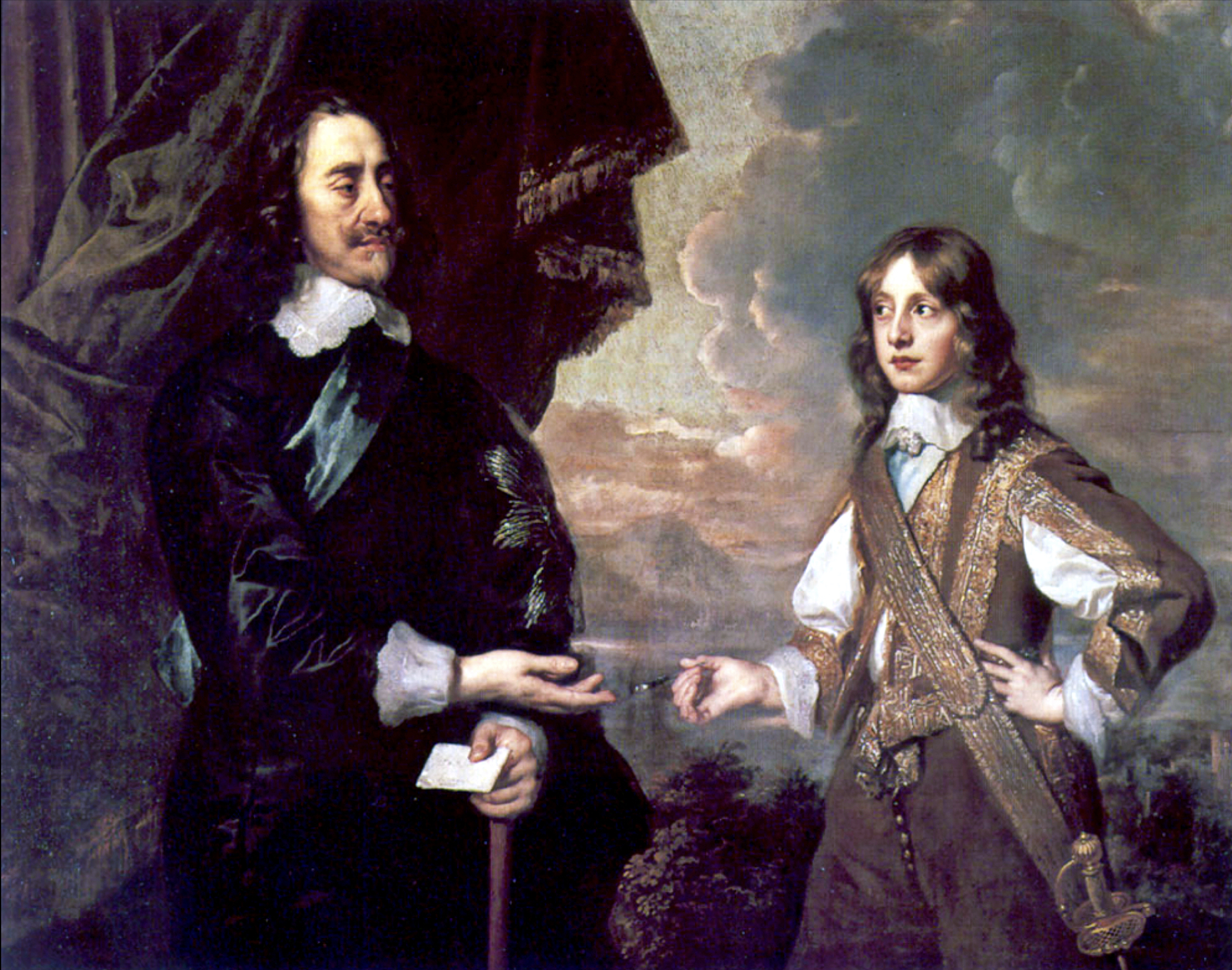
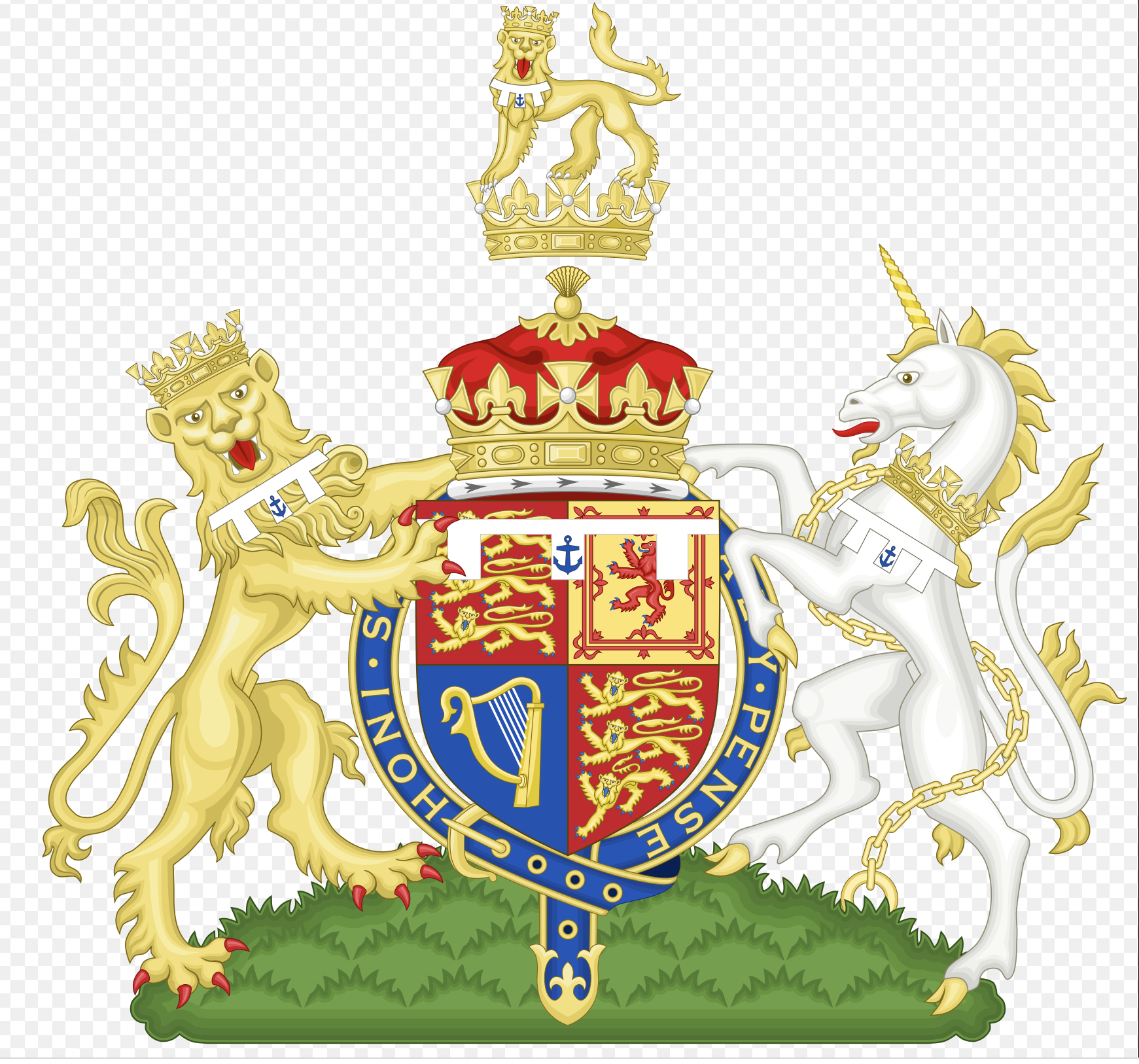
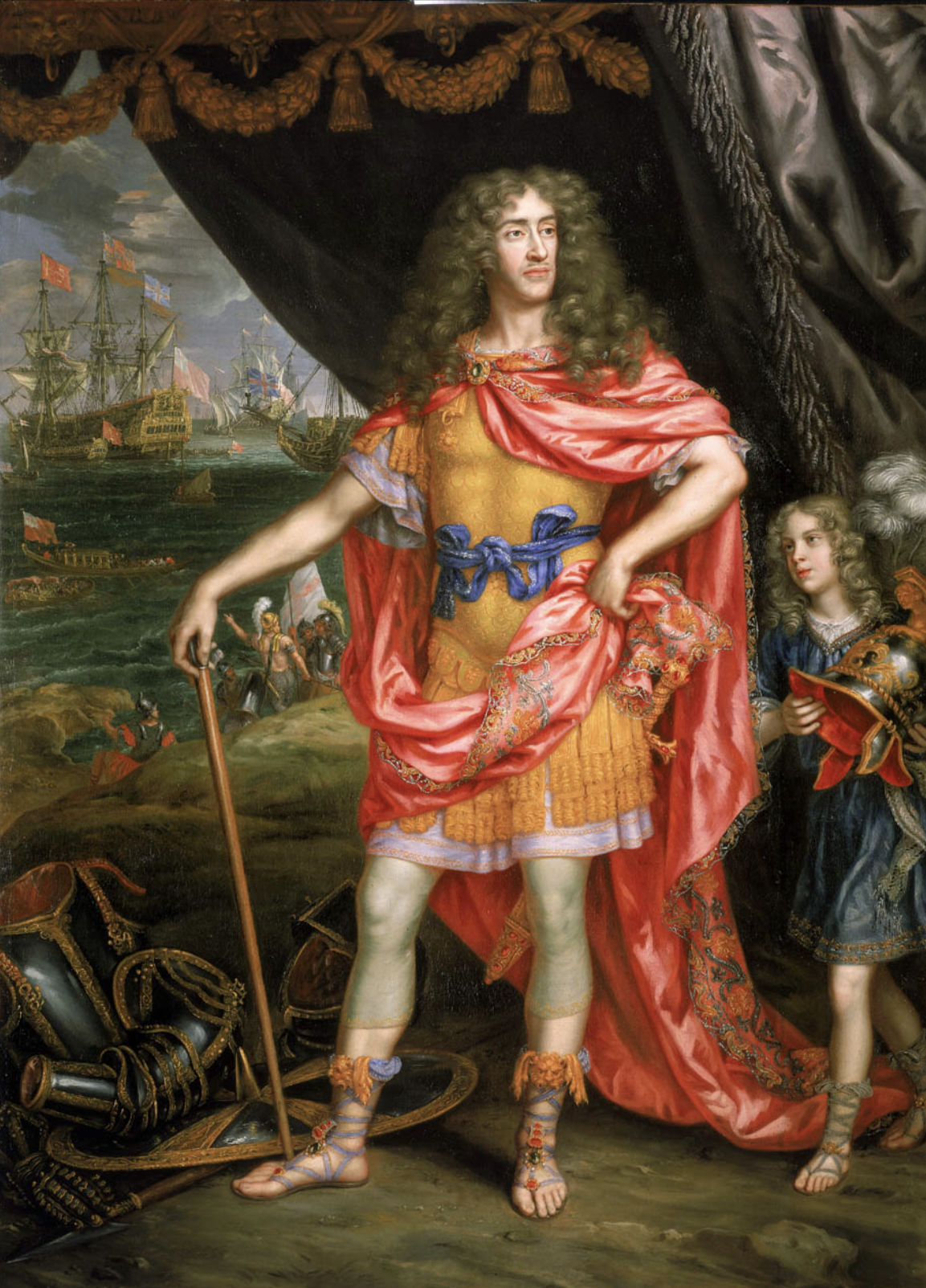
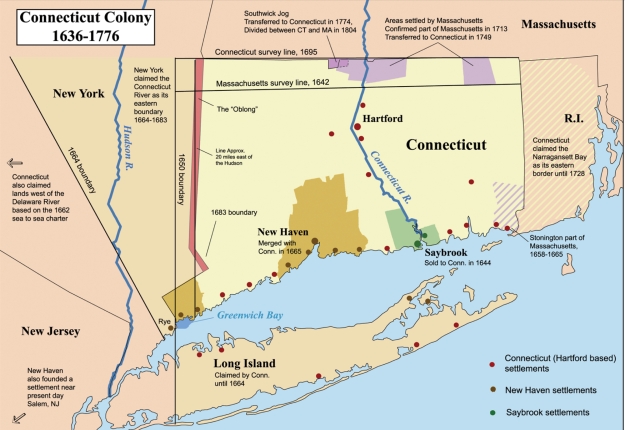
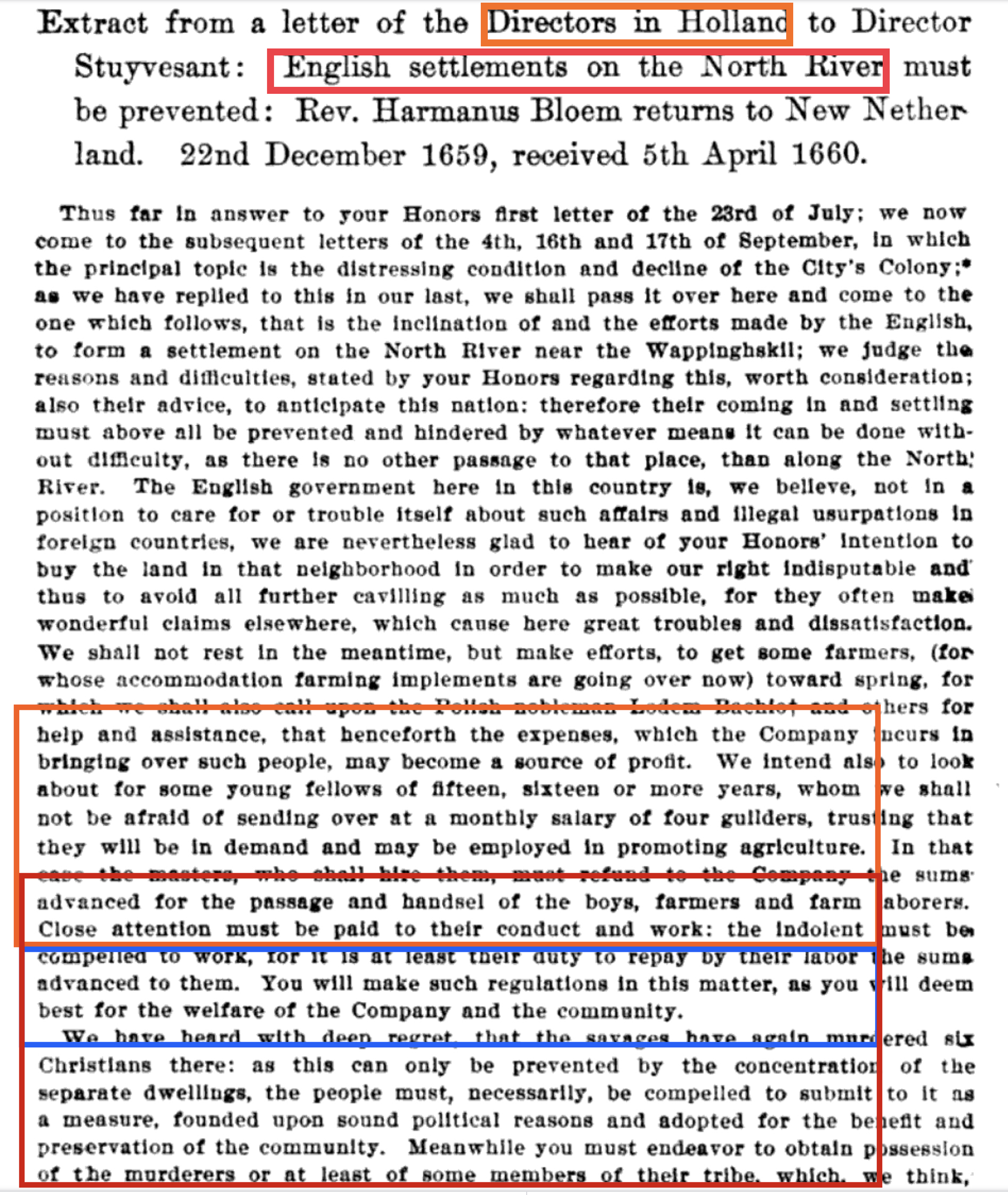
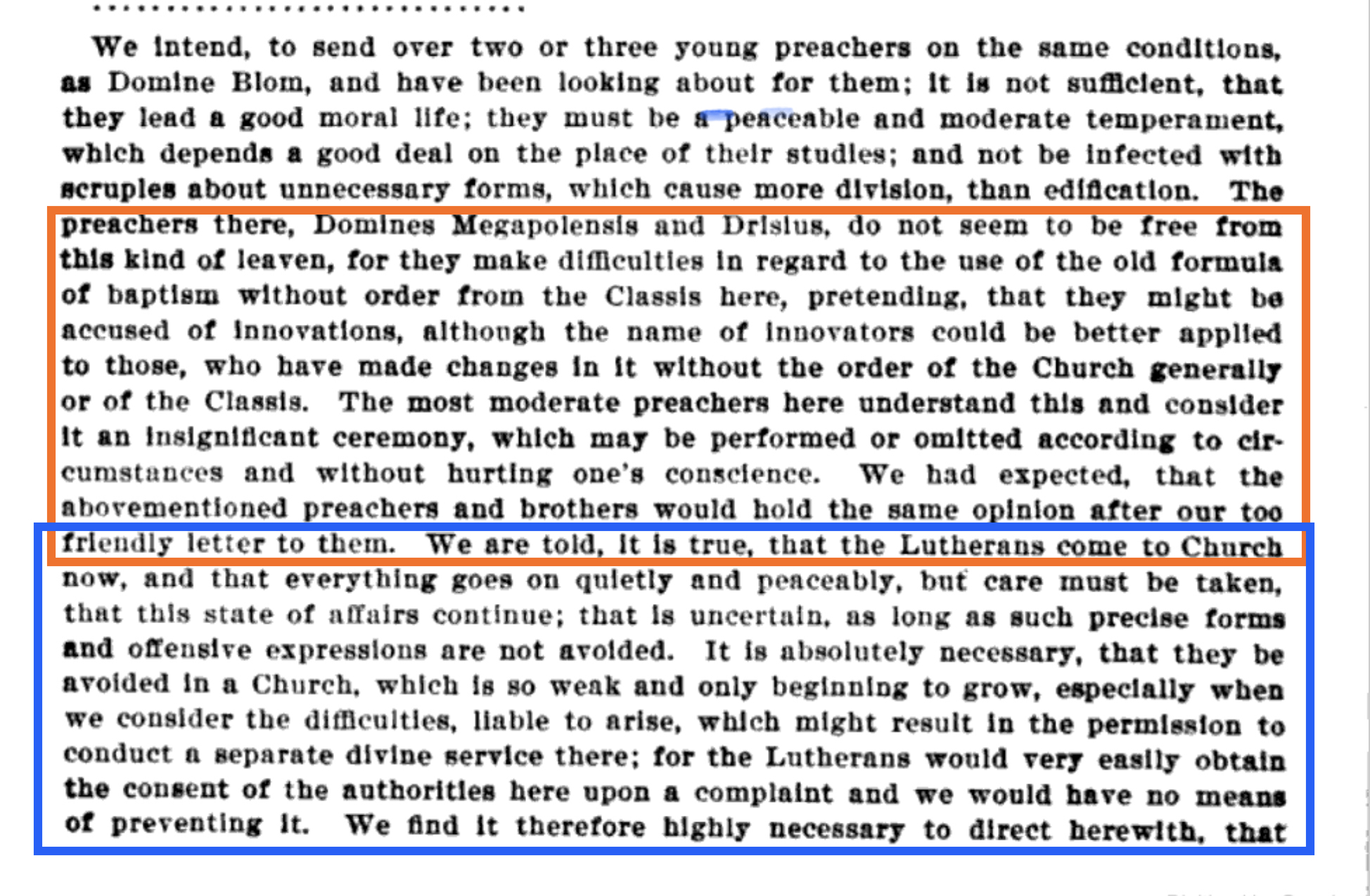

By 1661 the WIC was sailing on the Red Sea — ink that is. They sold off much of what became Pennsylvania, Delaware and West Jersey to the City of Amsterdam, who themselves sold it off to others who sold it off. Many of the buyers were those very Quakers and Mennonites and Lutherans of New Amsterdam, I’ll-treated under Belgic Lion Stuyvesant. Here is that fortunate fudging of foreign faiths in the former New Netherland counties; that complication of creeds that led the English to begin their rule there under presumption of religious liberty:


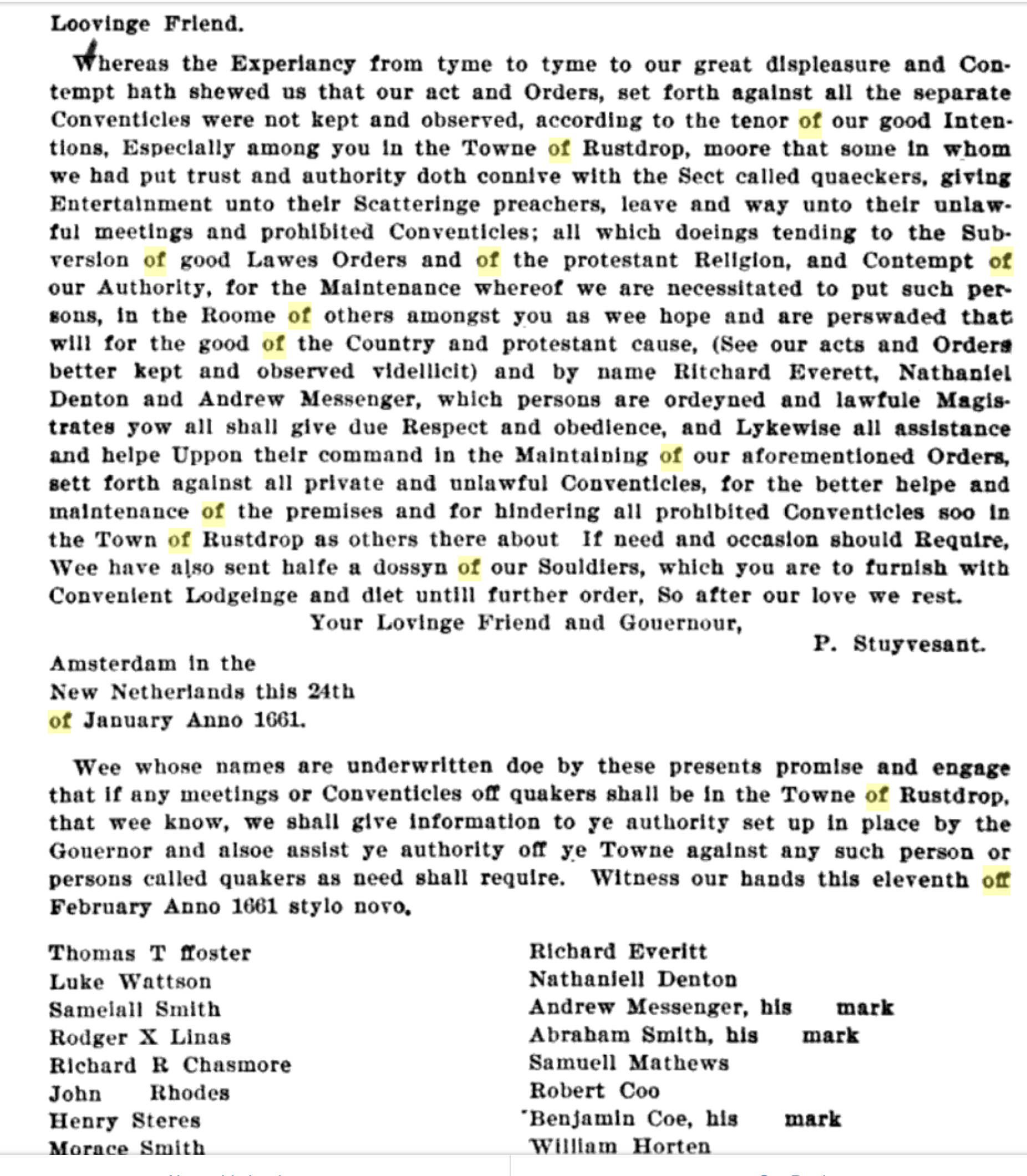
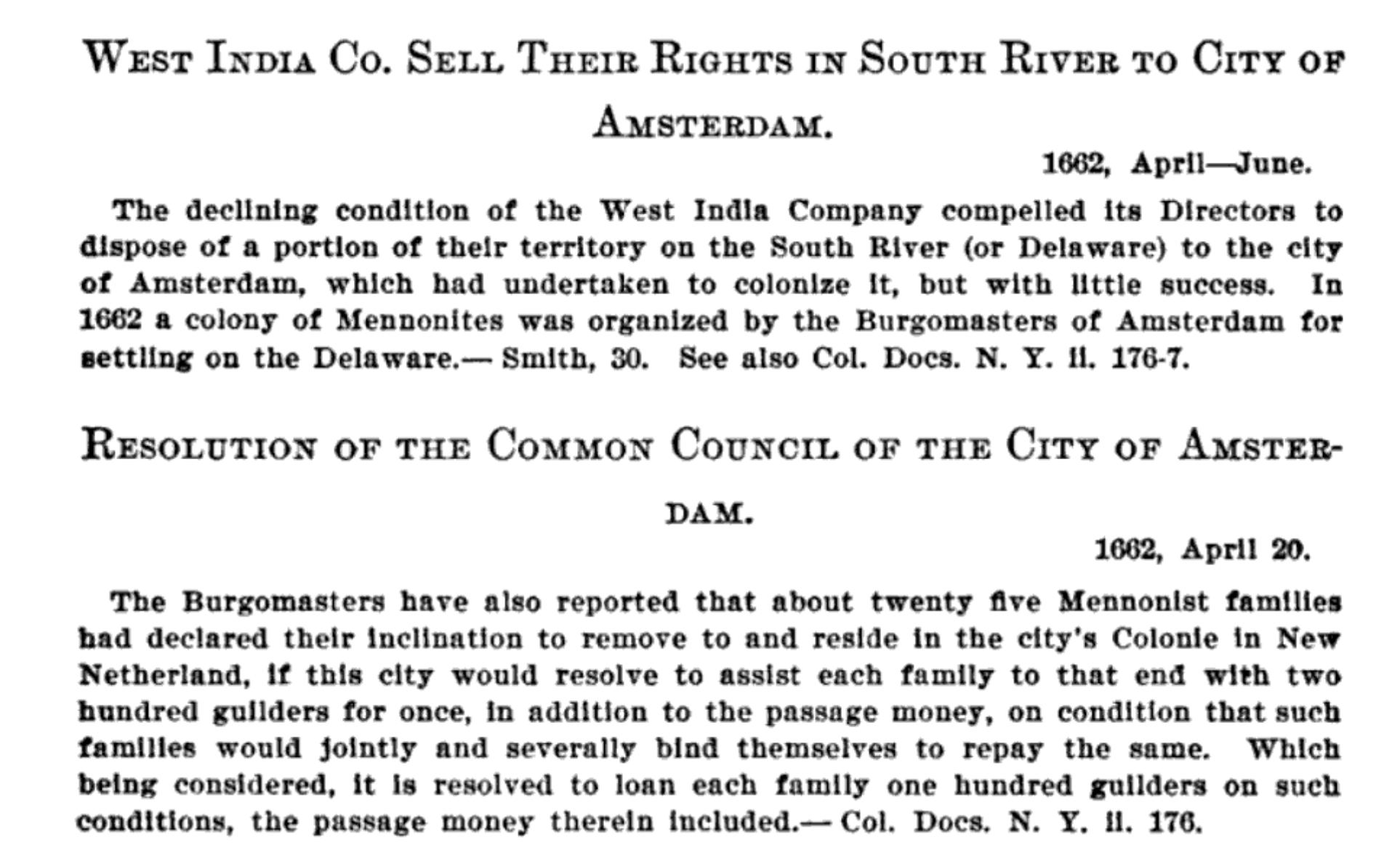
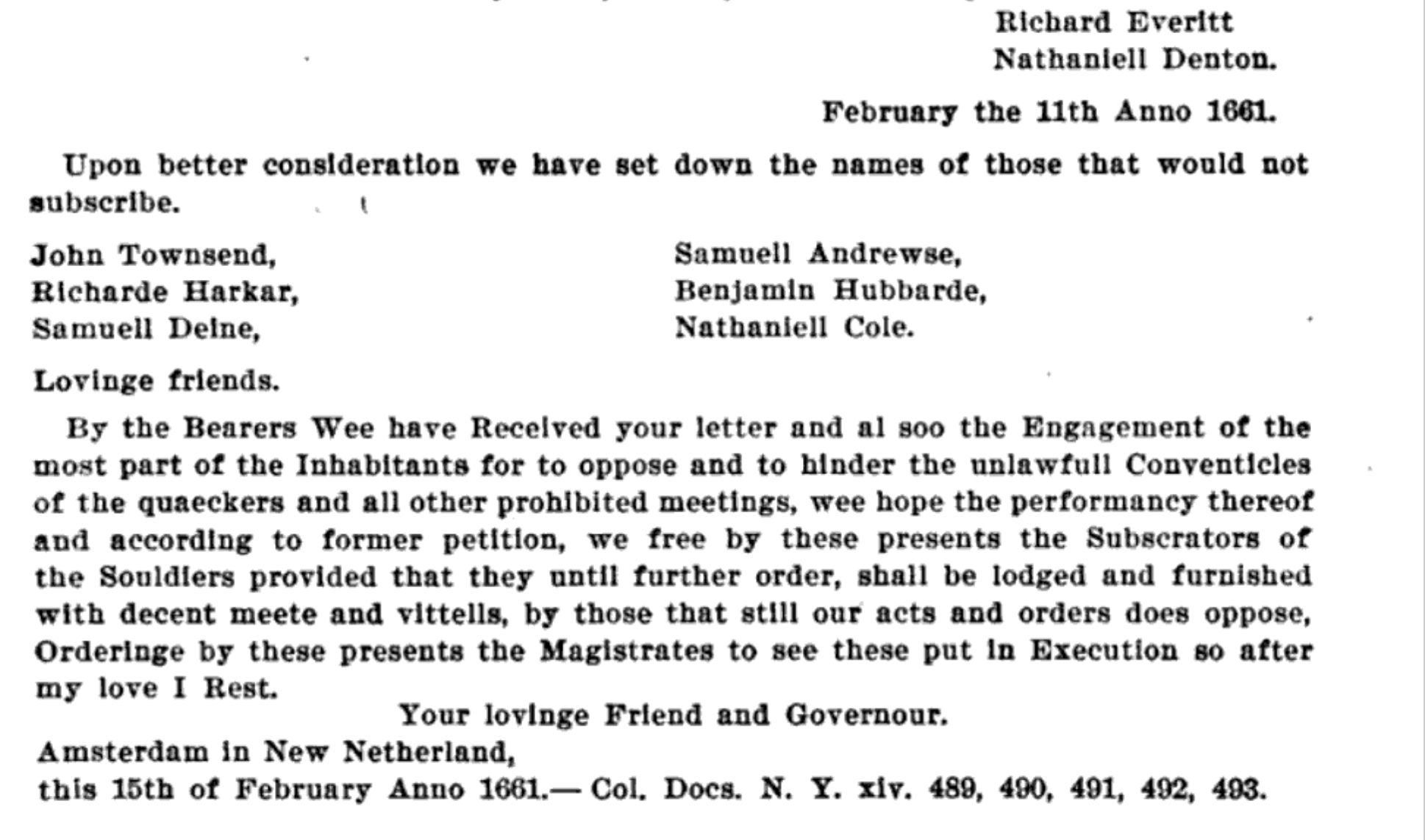

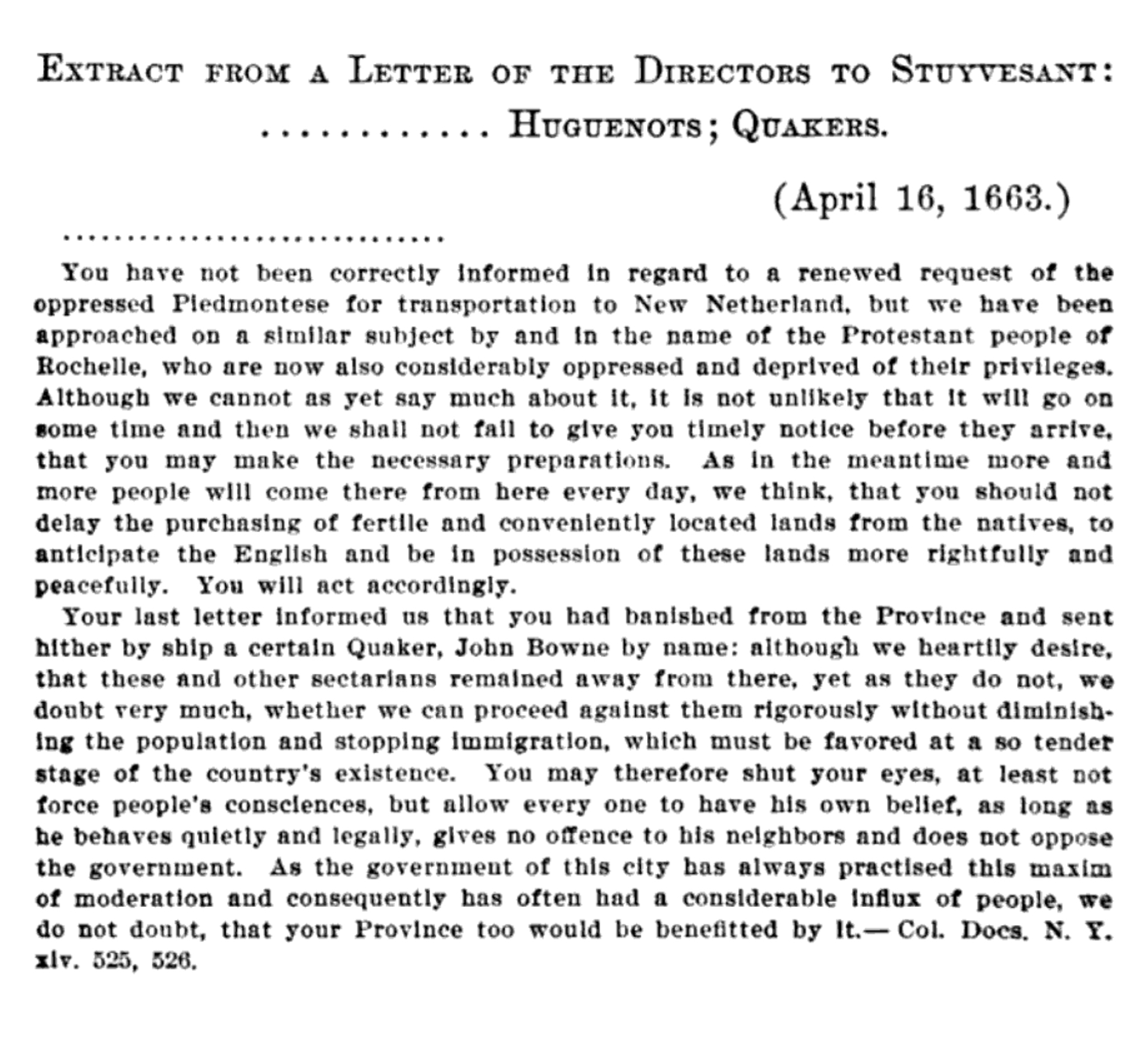
English movements among the Mohawks brought attacks on the upstate frontier


Just before the end came in 1664, there was another urgent whip-around for re-building the Singel, the Fortifications, out of stone, like Amsterdam was doing back home. Freddie Flypzen is prominent with a handsome contributionof 200 fl. Aucke’s contribution, I could find nowhere.

In 1662s Flypzen had married Margaret Hardenbroek Jacobsen, wealthy and driven ship-owning widow played by Agnes Moorehed in my movie. With this tower of strength by his side (and united by a very interesting Dutch law called usus, a kind of pre-nup that allowed Margaret to be the dominant business and trading partner in the marriage) fat Freddie’s ship had come in, see he’s pointing it out! And, since it was really Margaret’s ship, it came laden with gold, spice, molasses, rum, and slaves, and was sent out again, holds groaning with their burden of golden wheat, with Margaret sailing as her own super-cargo to drive the shrewdest bargains she could get.

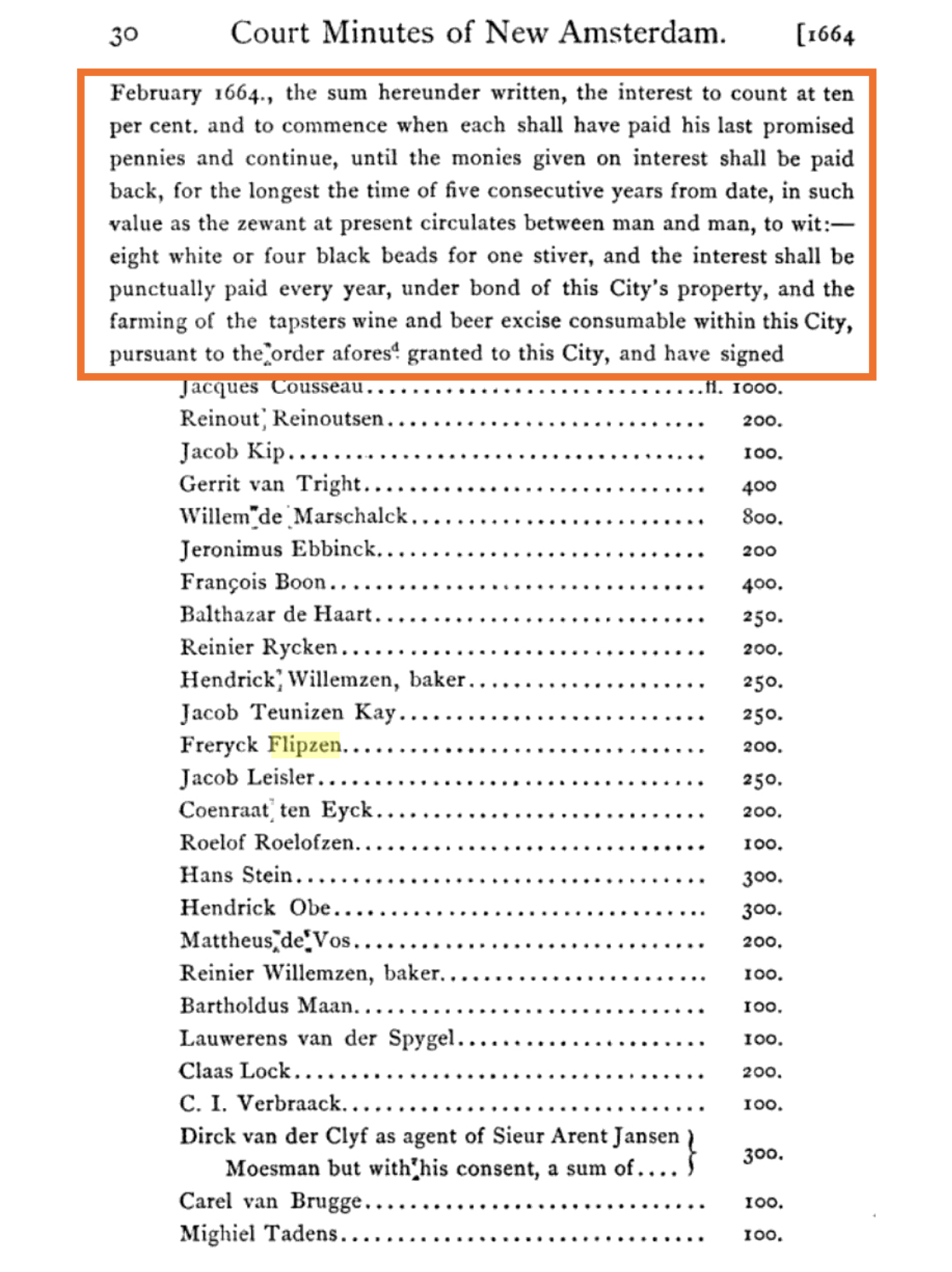
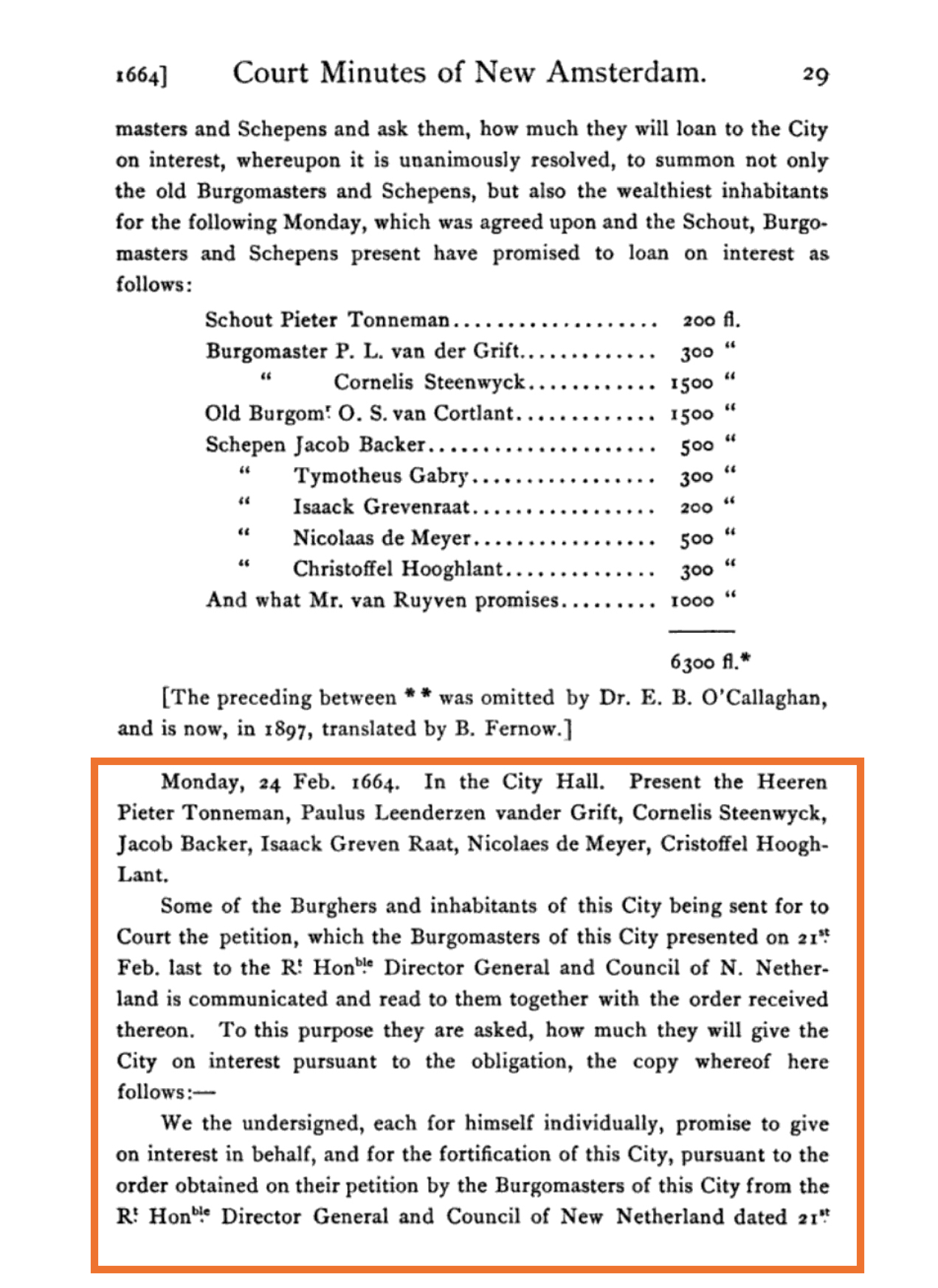
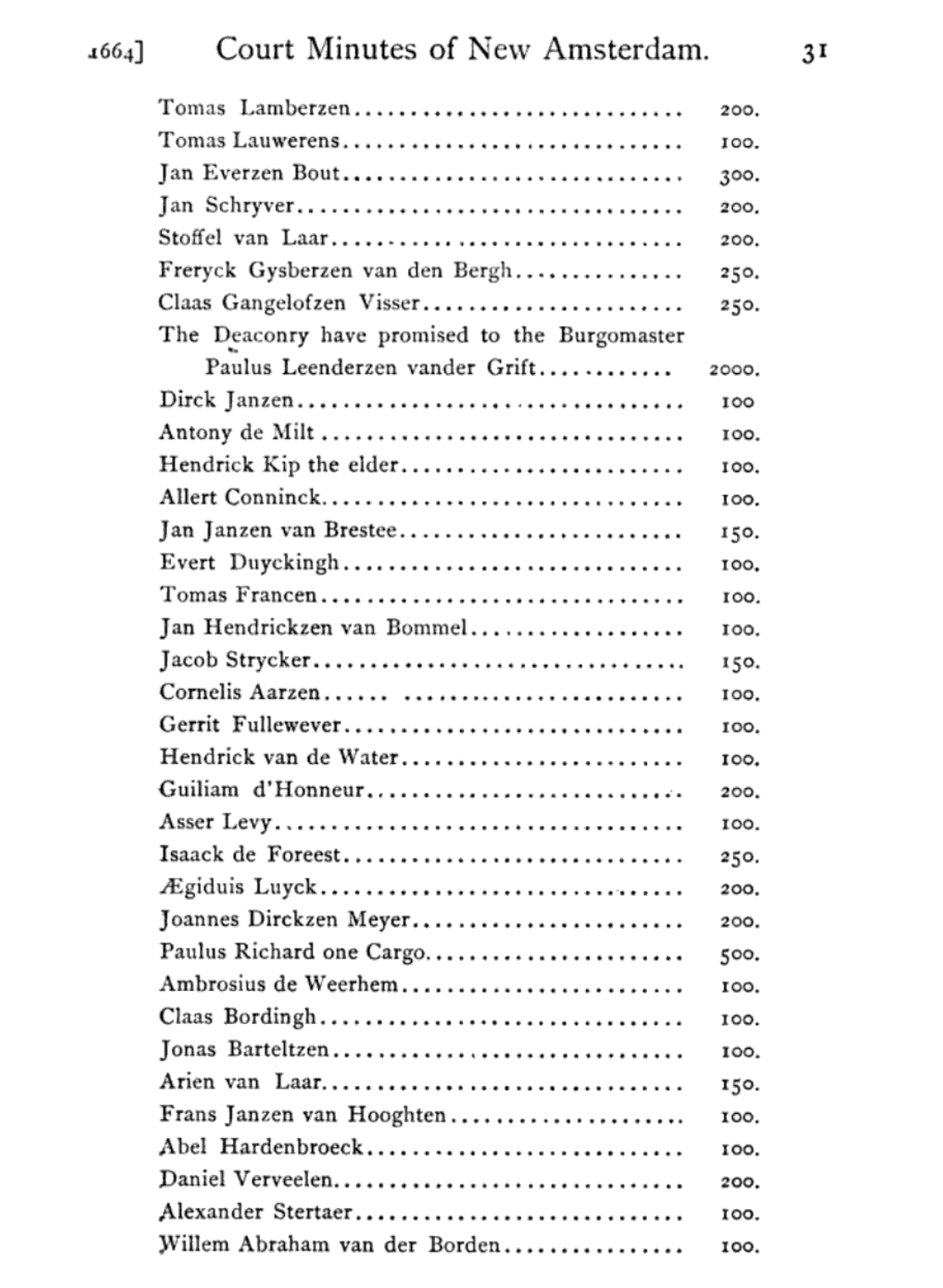
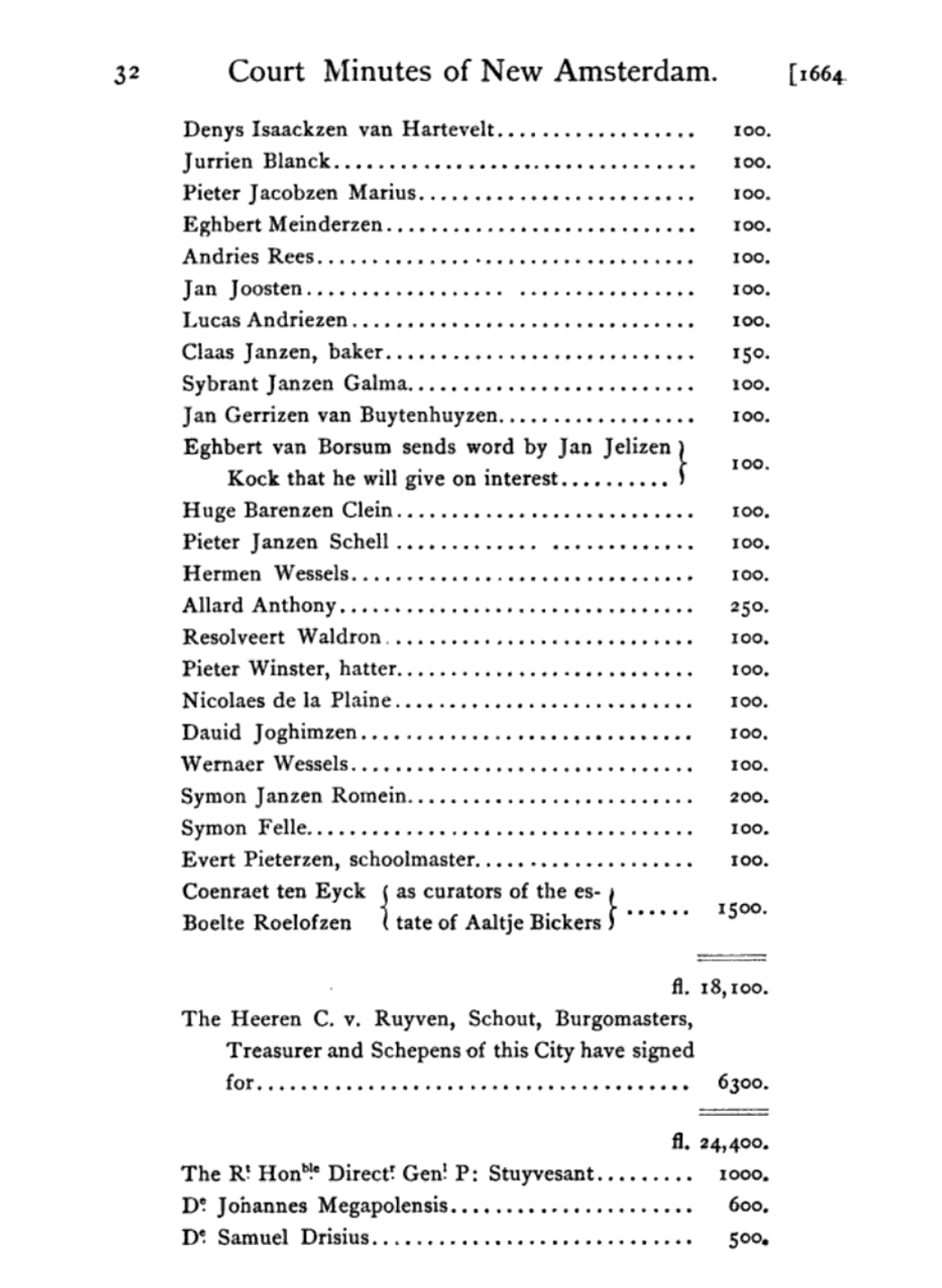
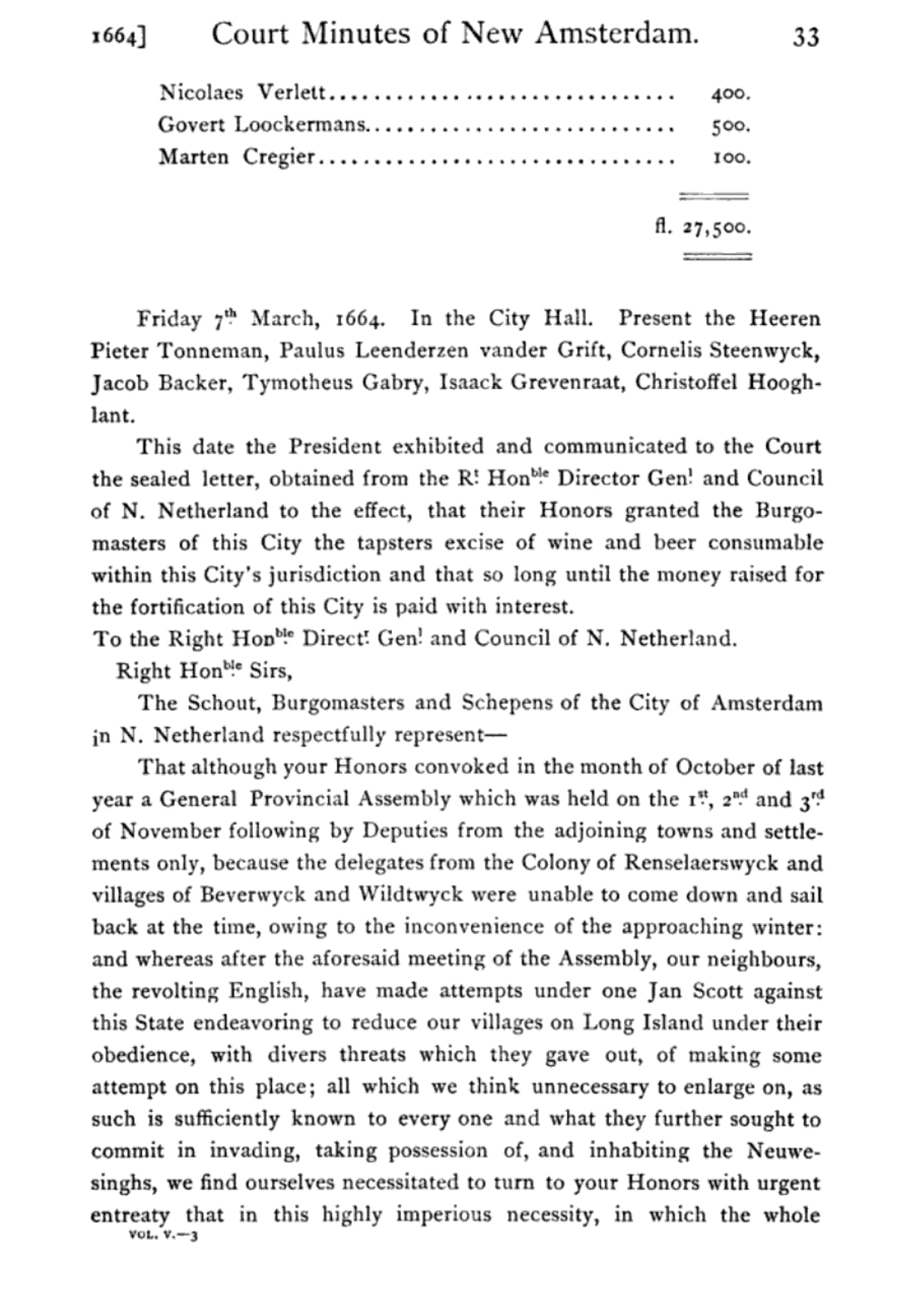
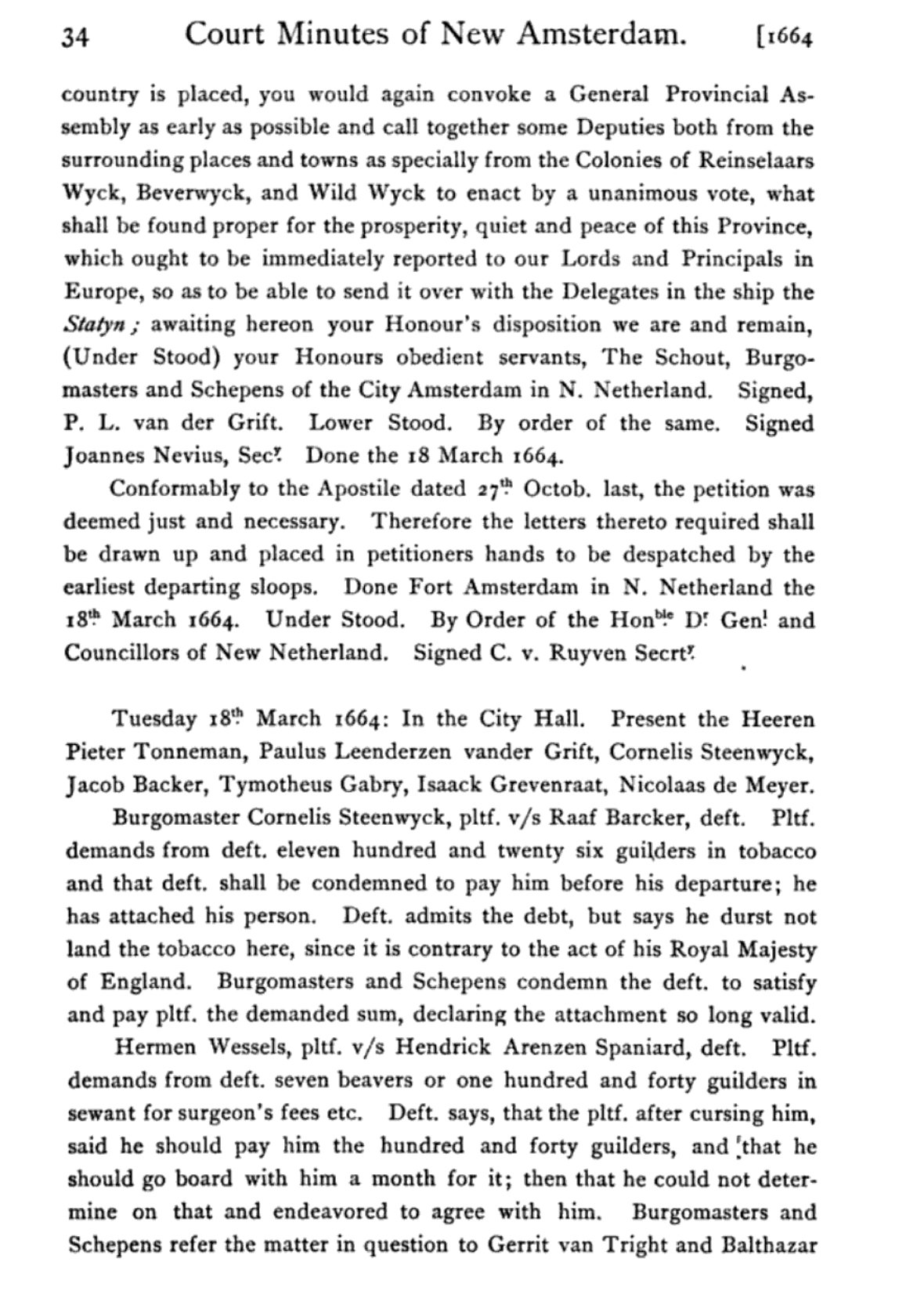
And there it is above: a caesura, then sudden concern over His Royal Majesty of England. That March, 1664, Charles had granted the land of New Netherland to his brother James Duke of York. A marine-commando invasion force was already being assembled.
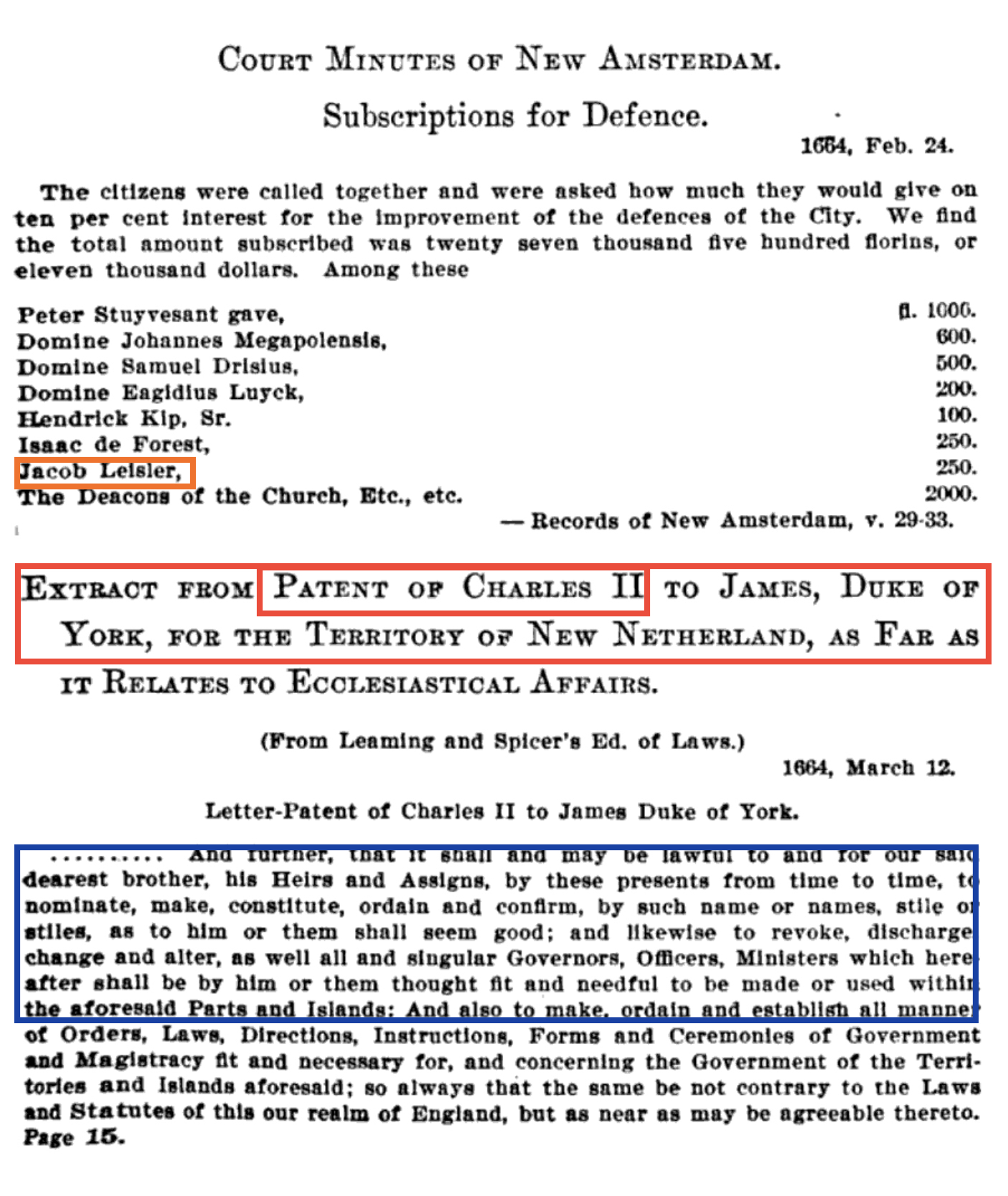




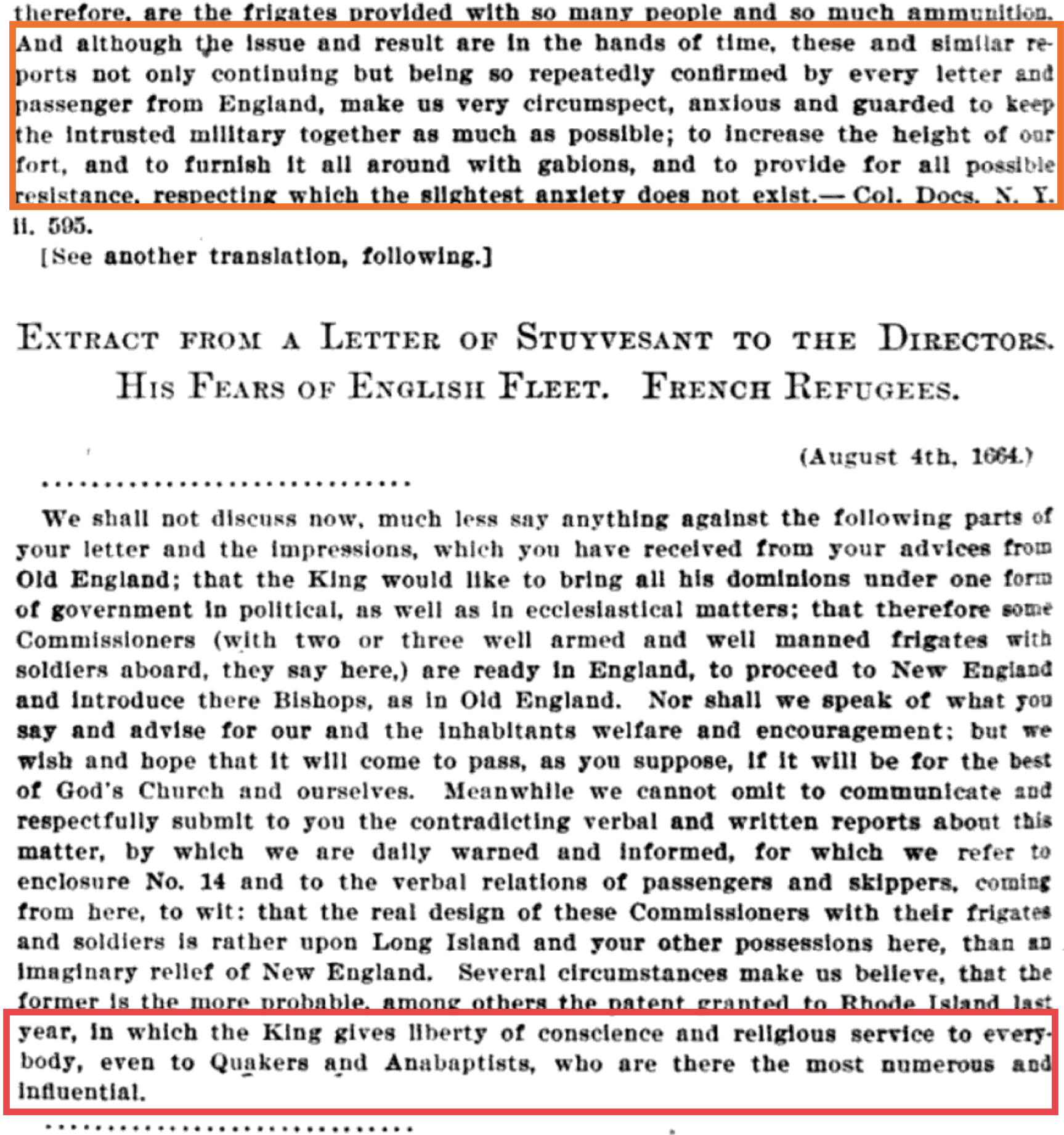
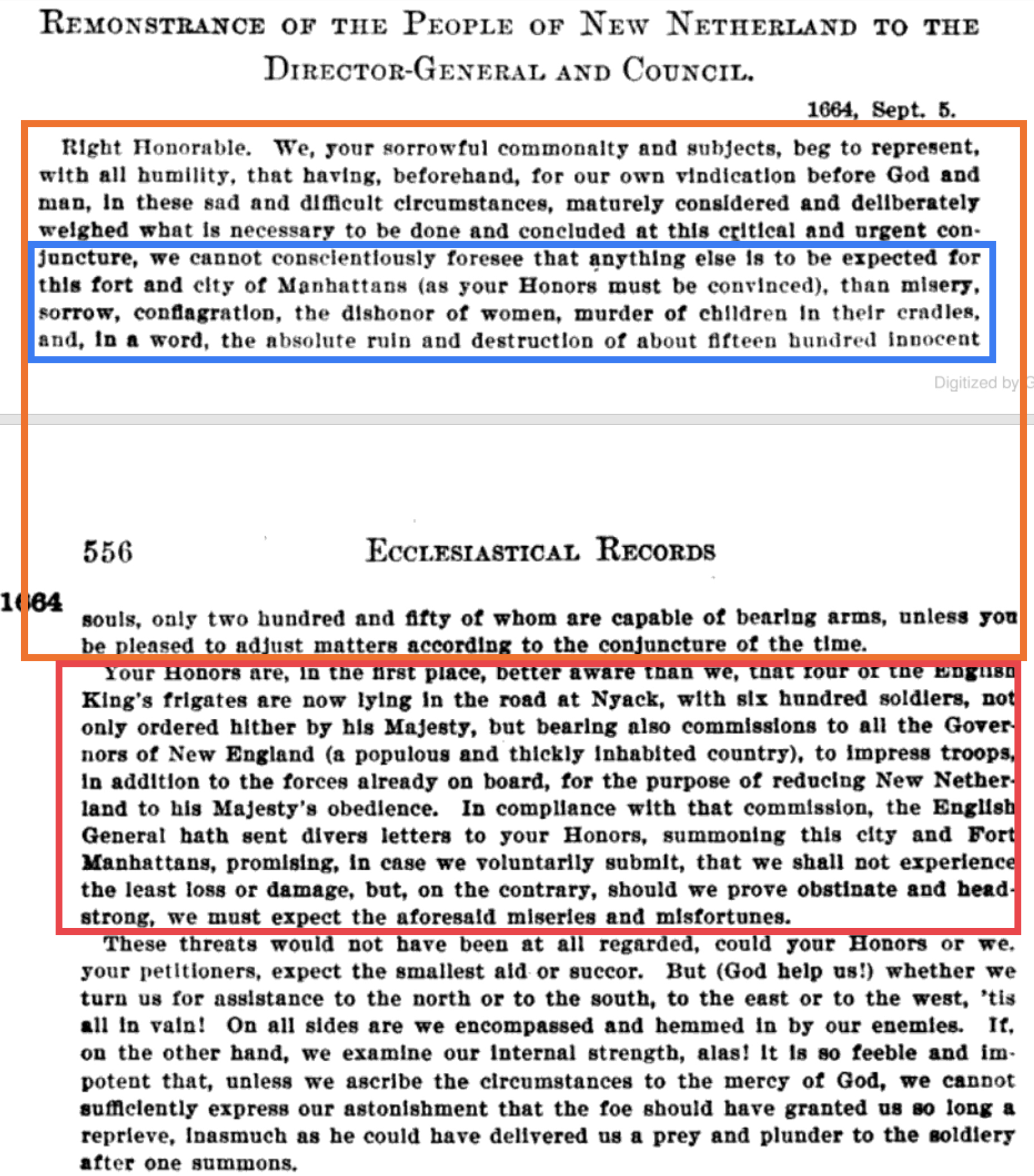

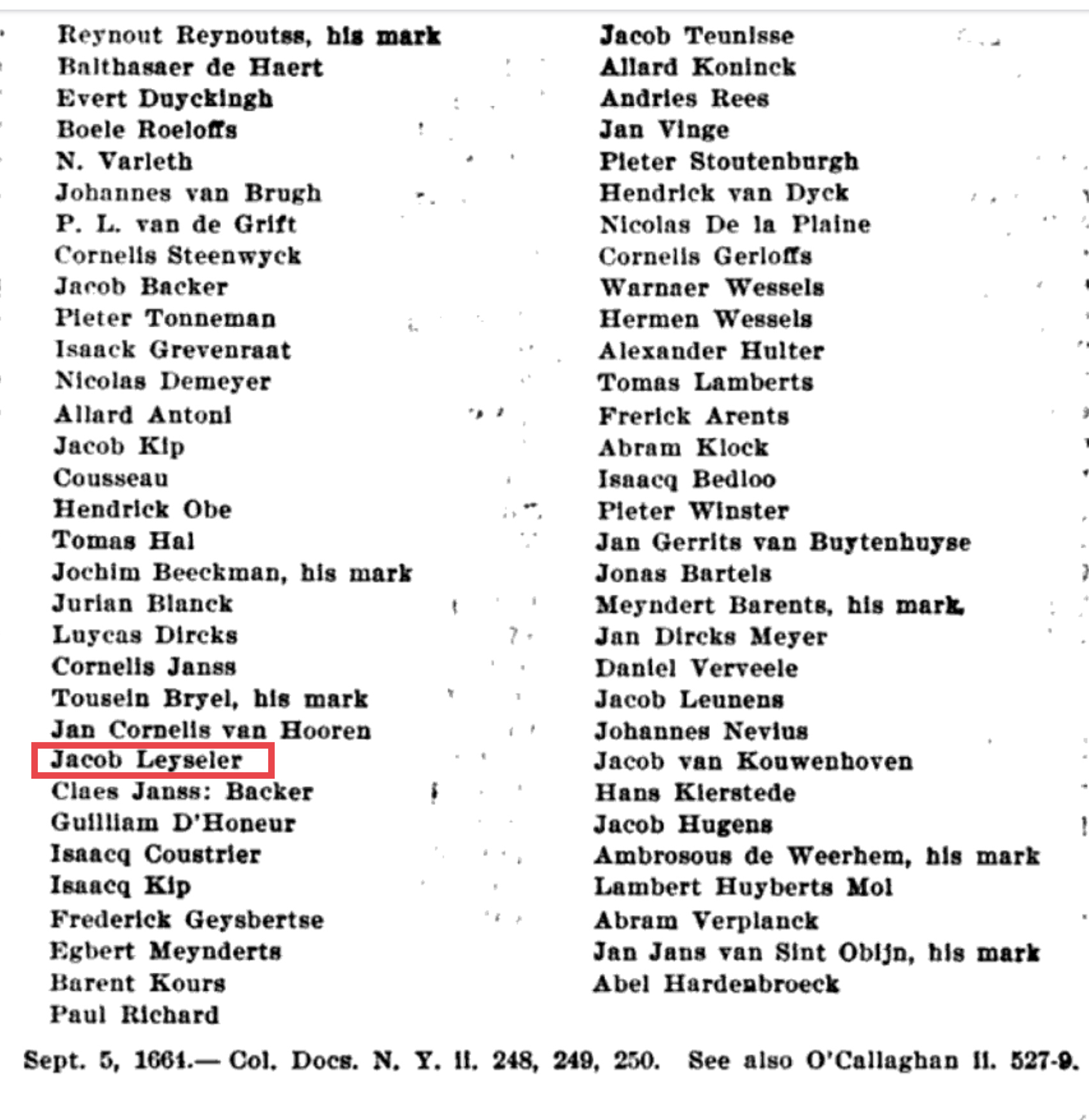

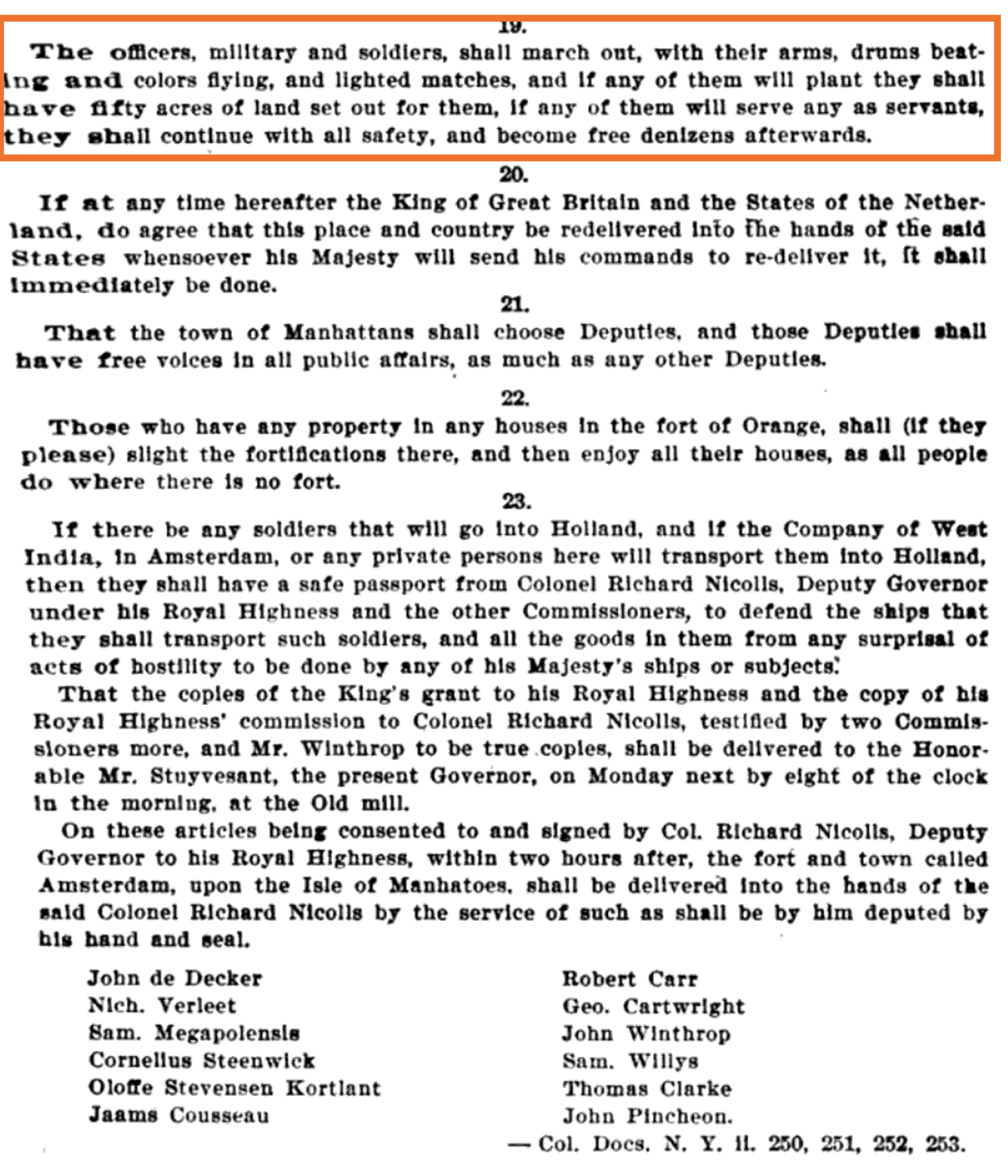

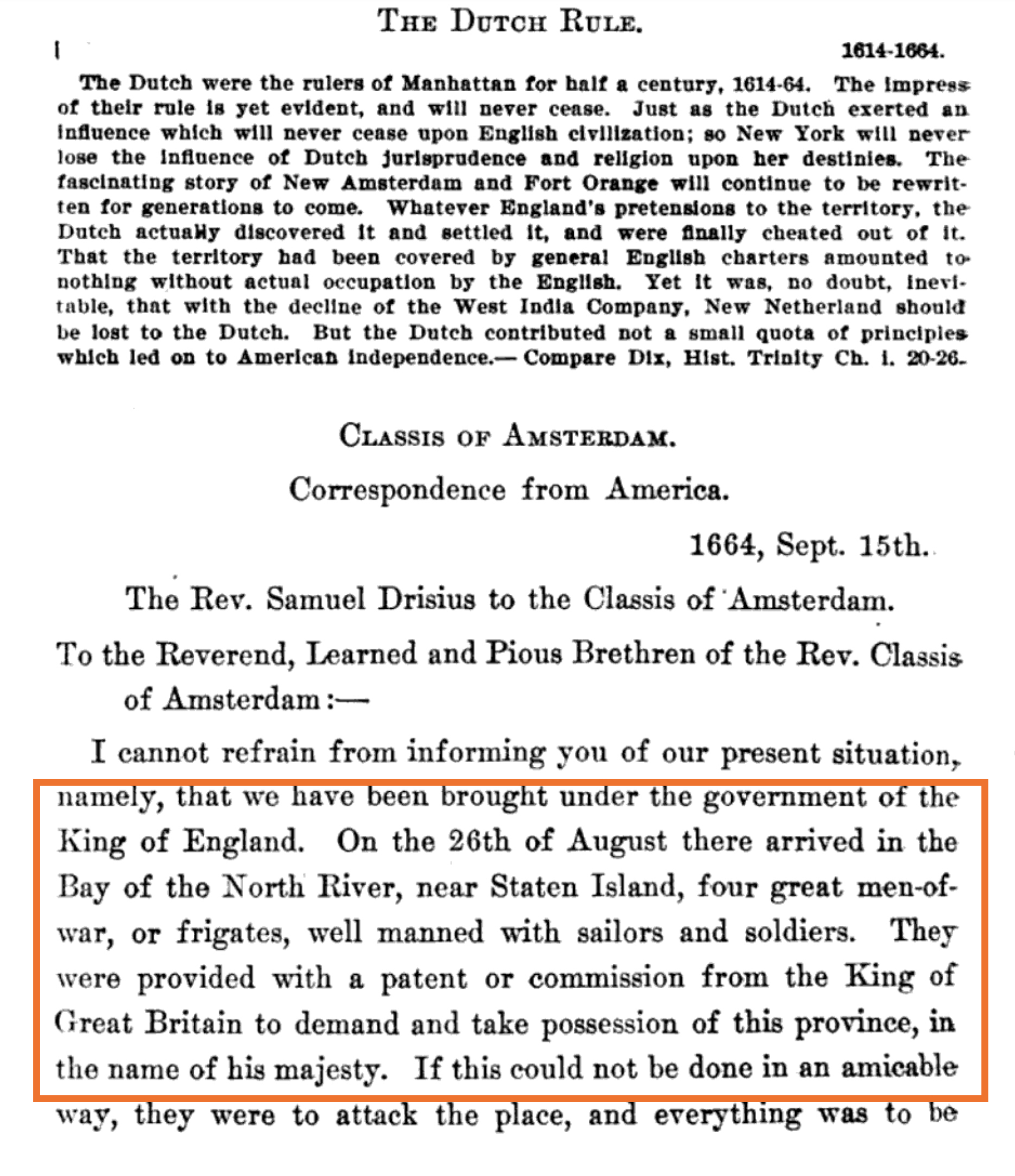
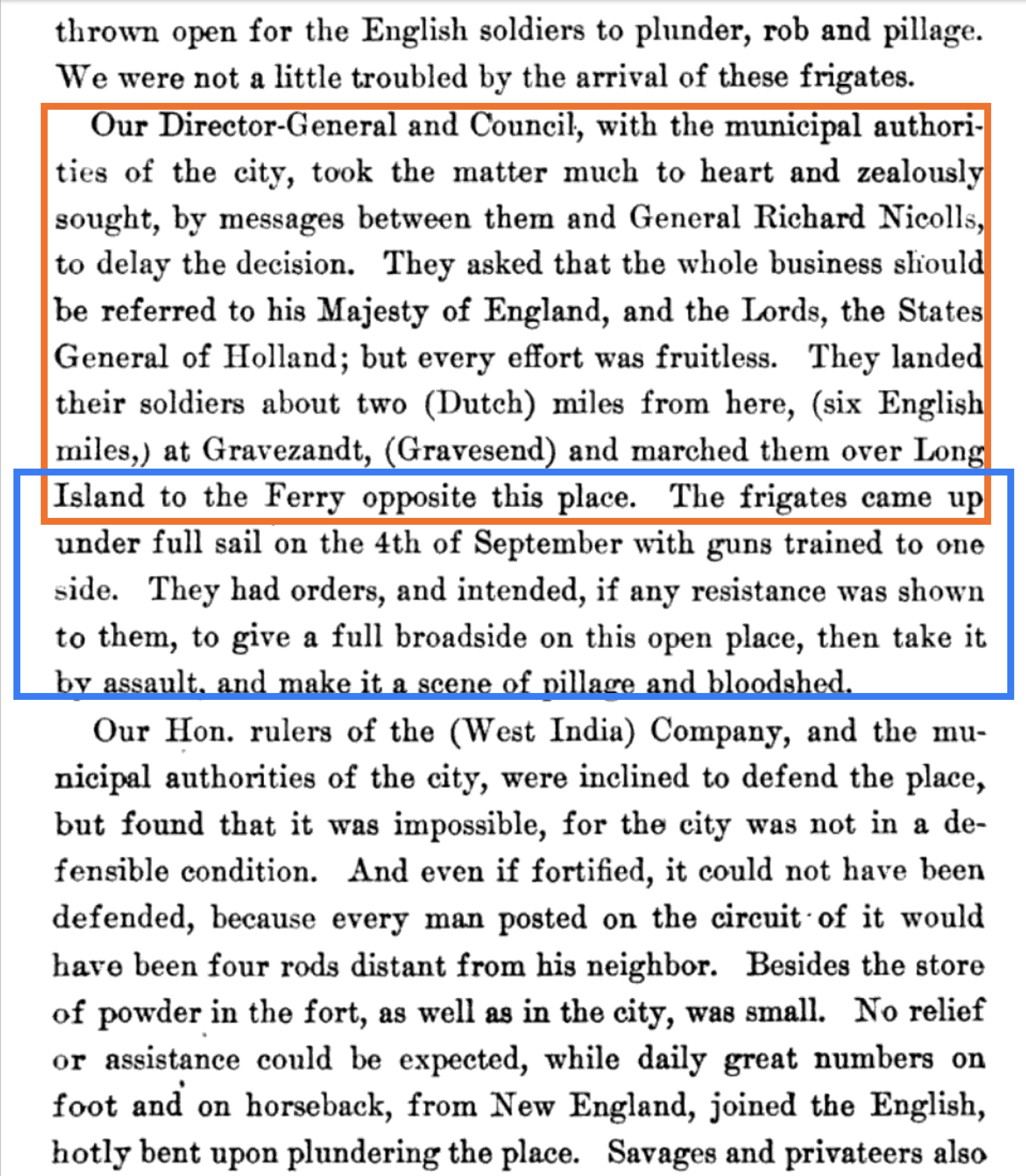
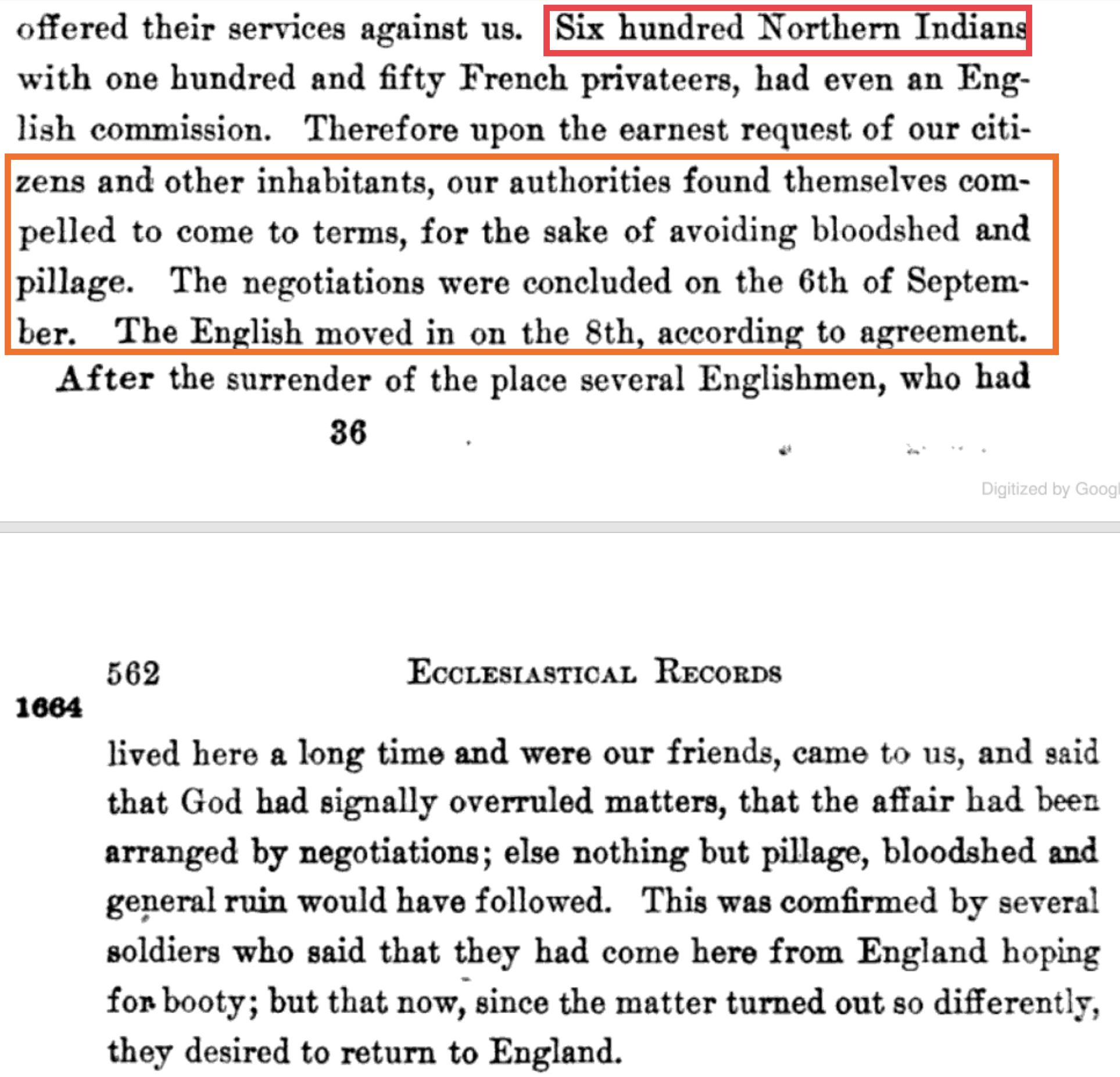
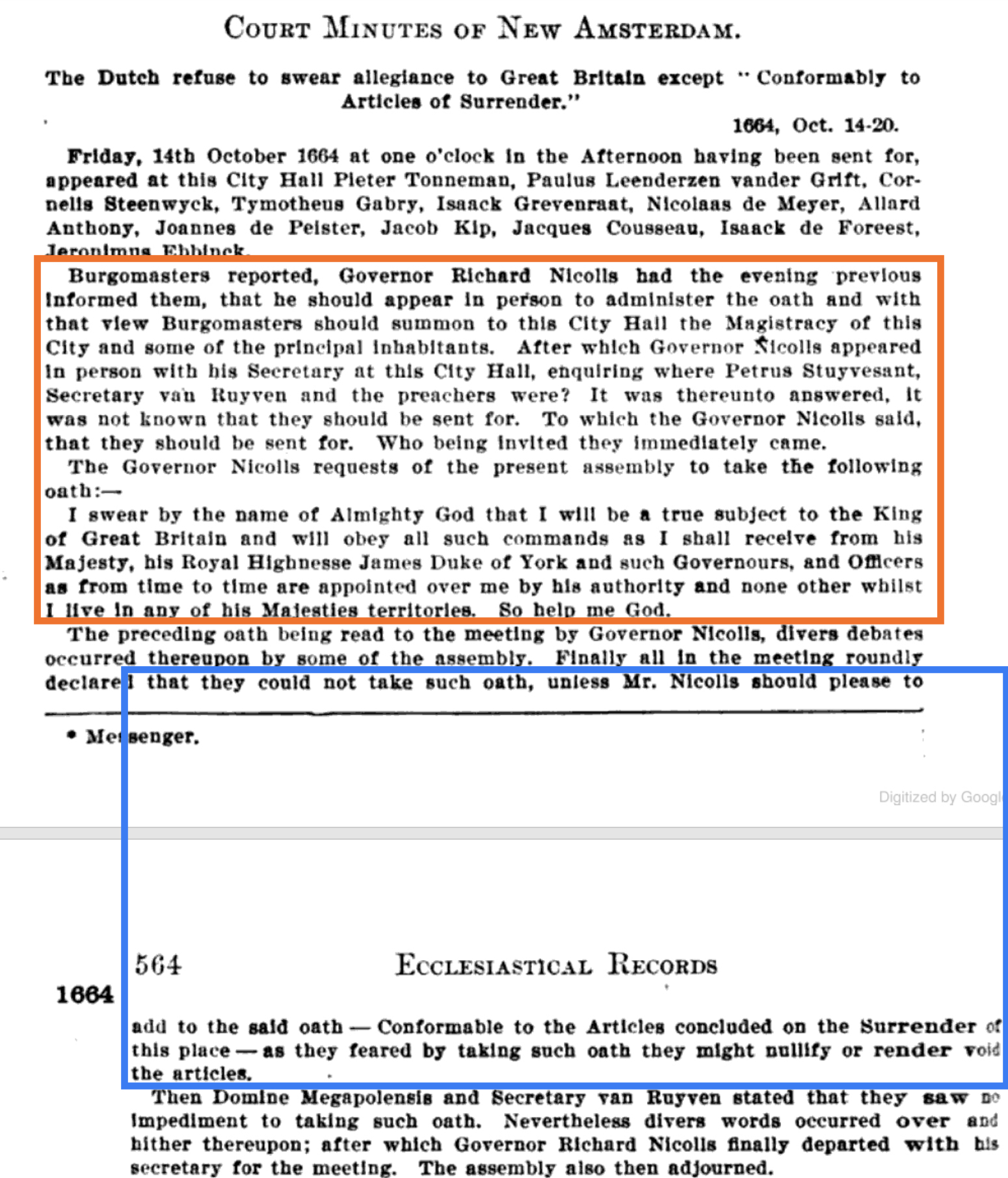
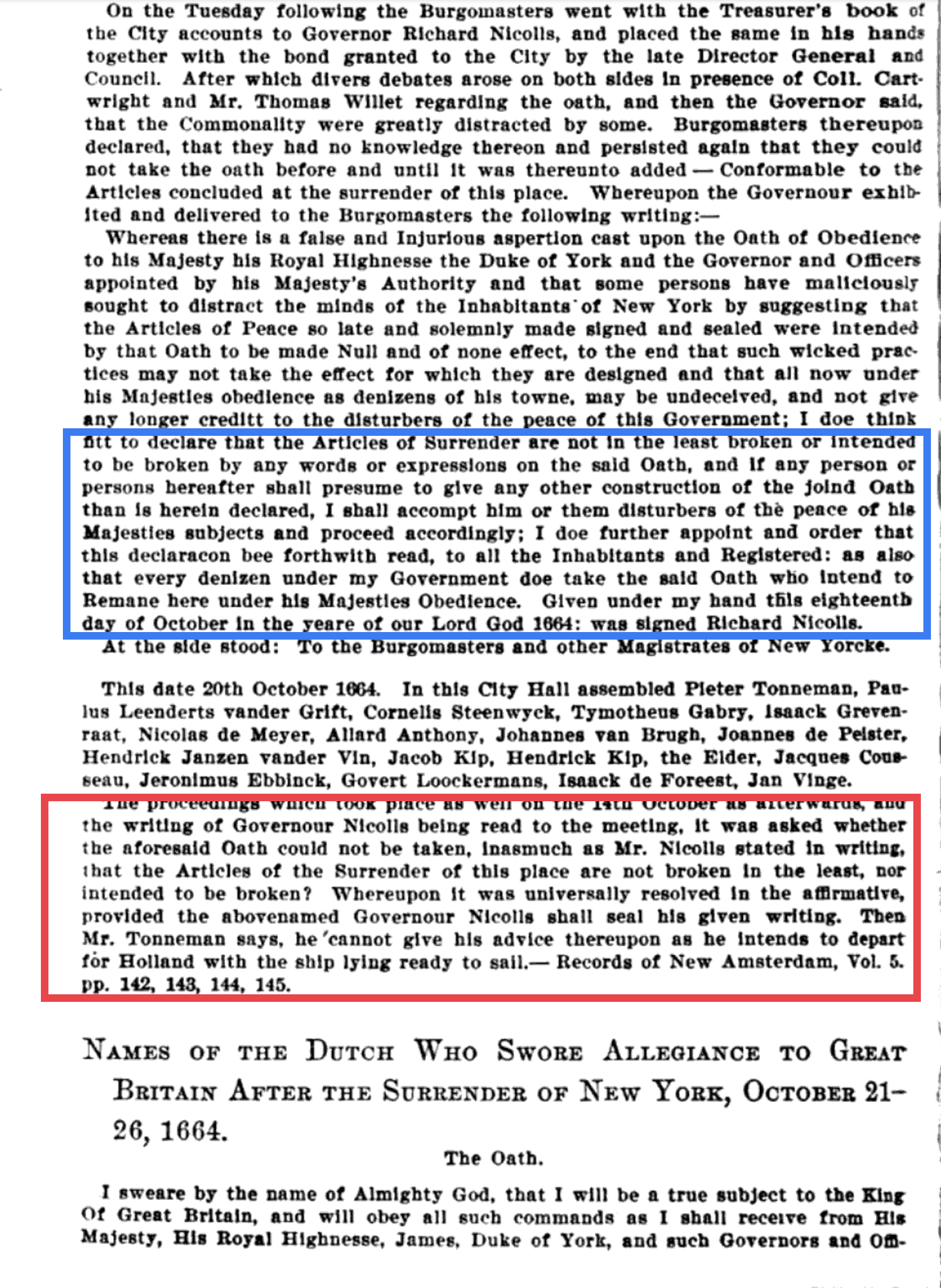

I pulled this section out to note the poignant parallel with Cap. Gen. Andres Pico’s 1847 capitulation of Los Angeles and California to the Yankees:



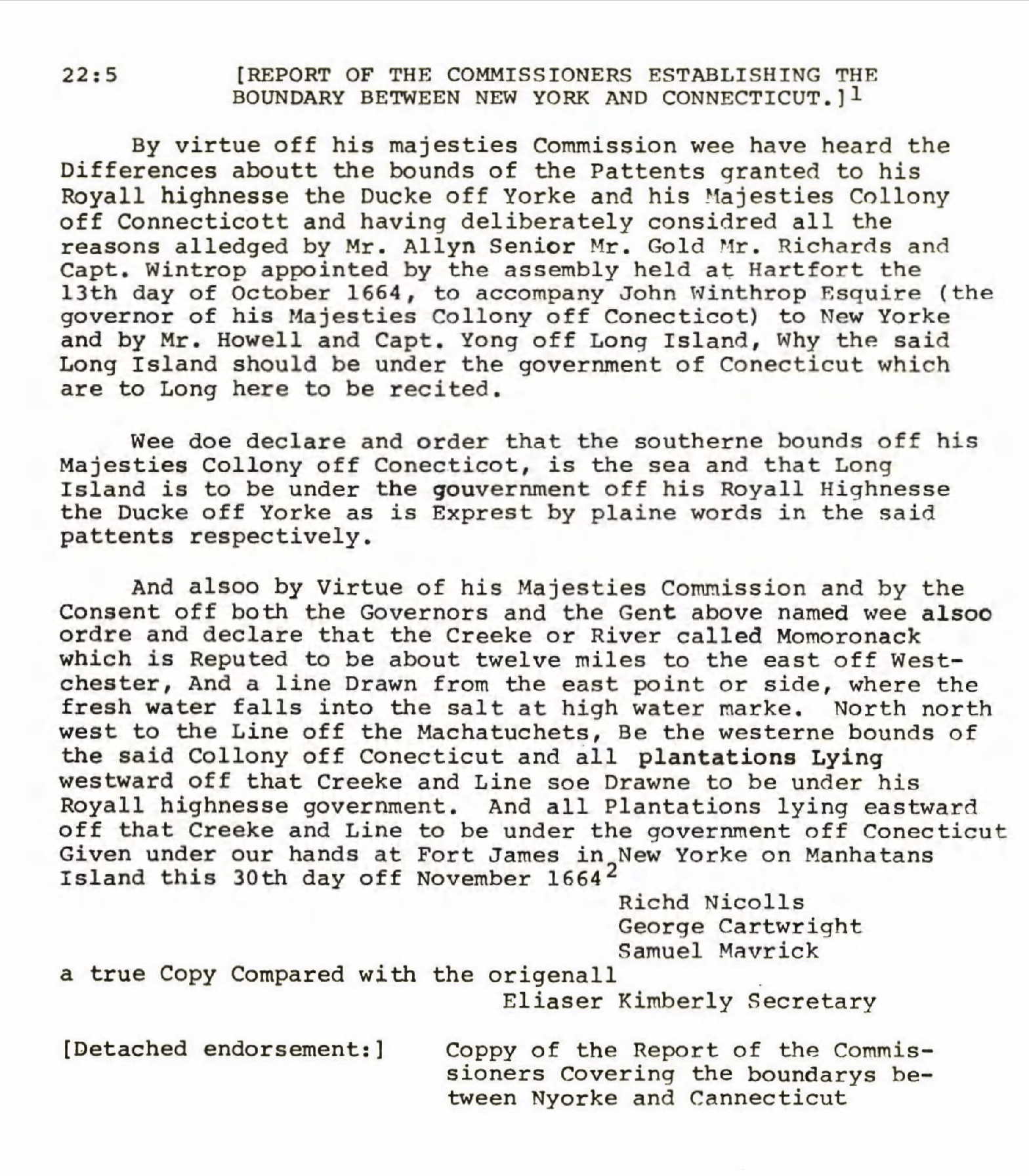
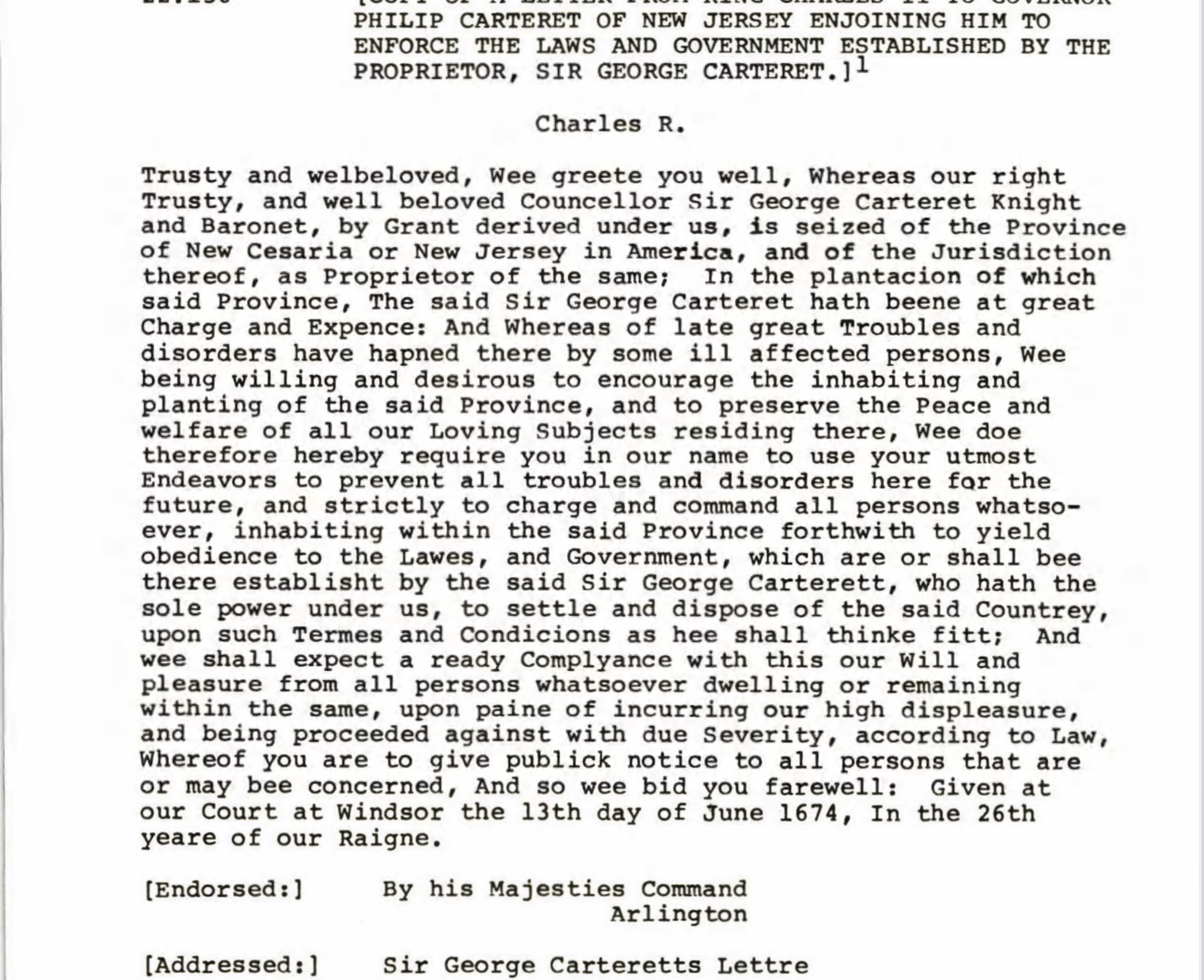
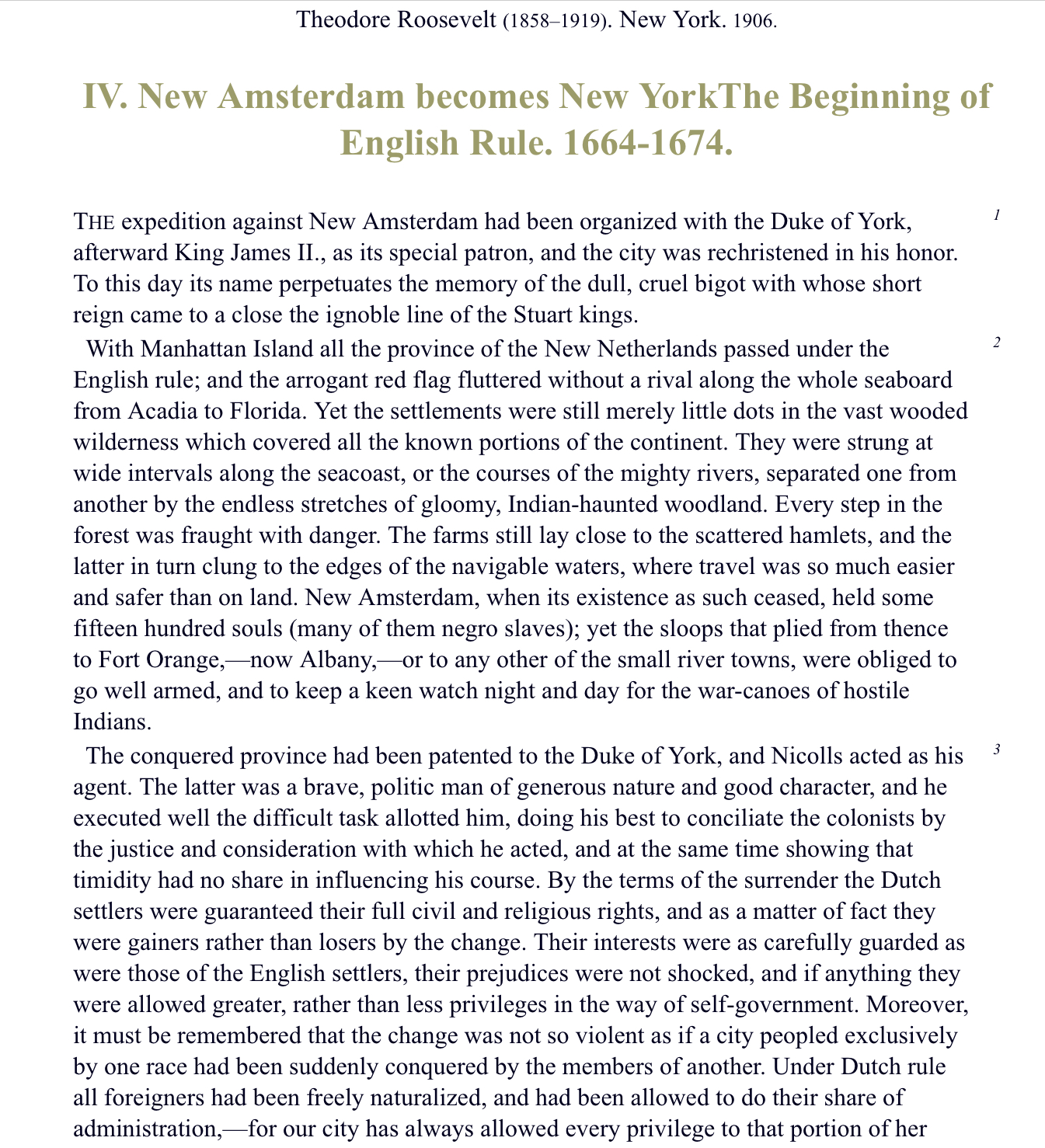
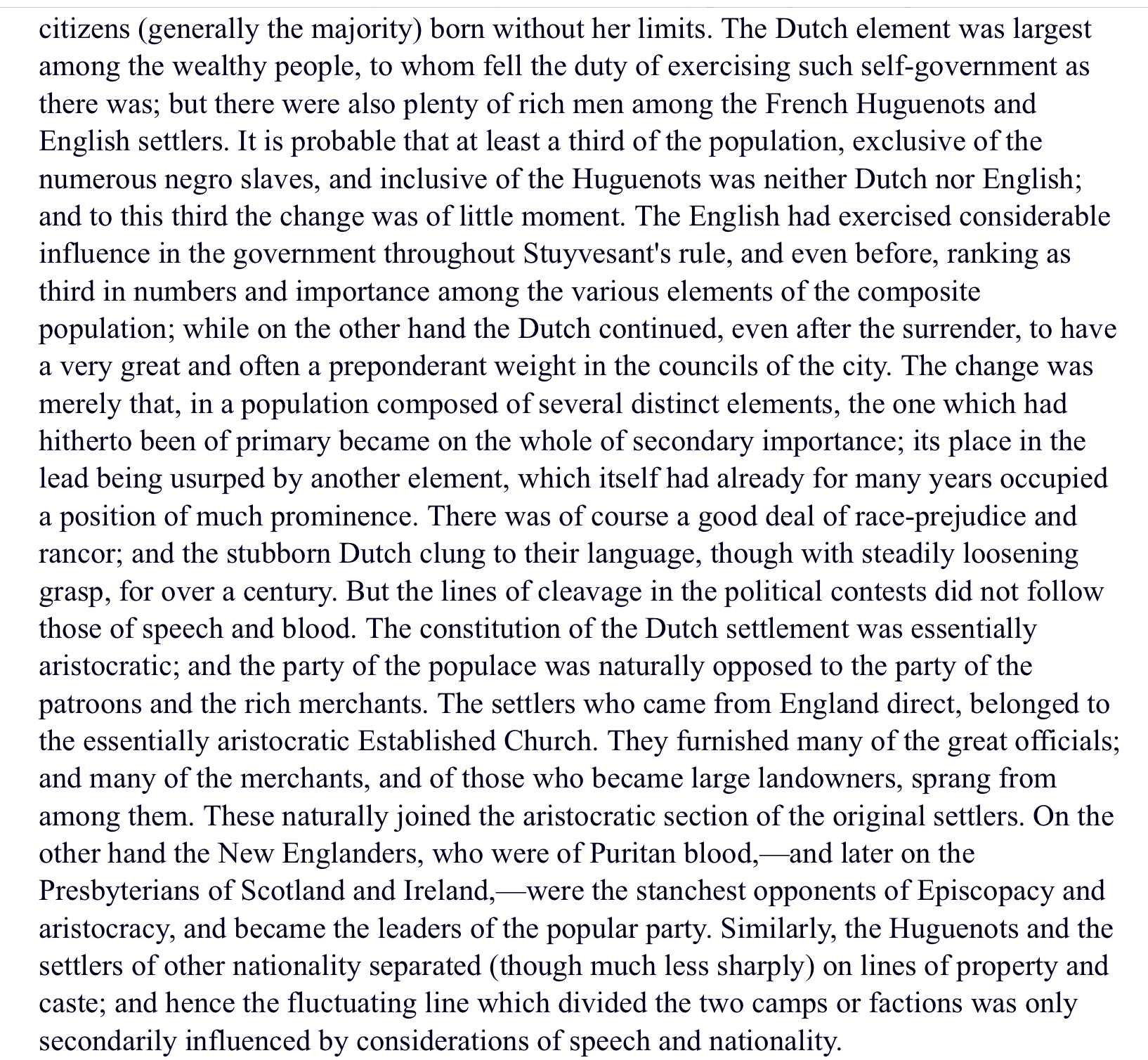
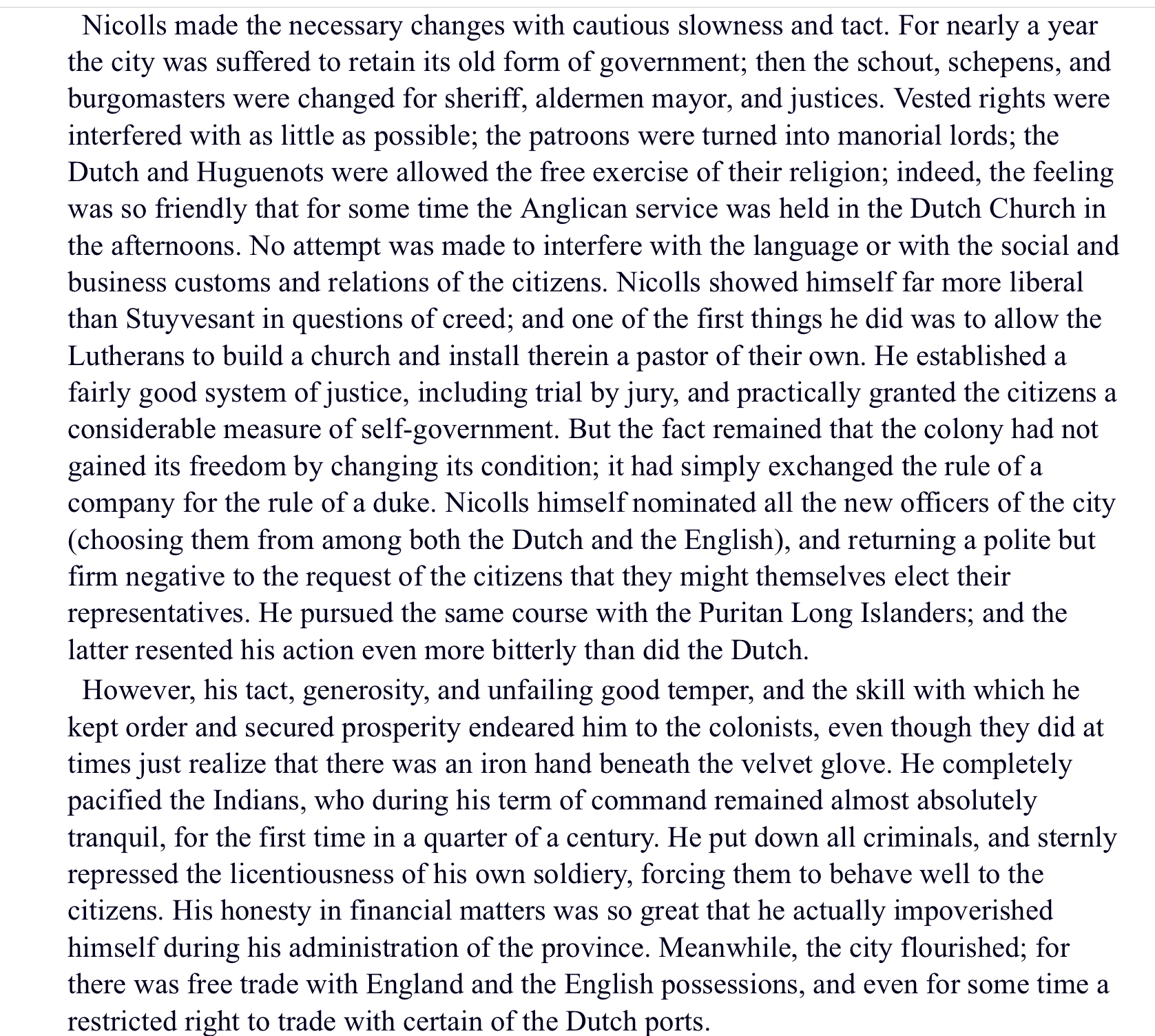

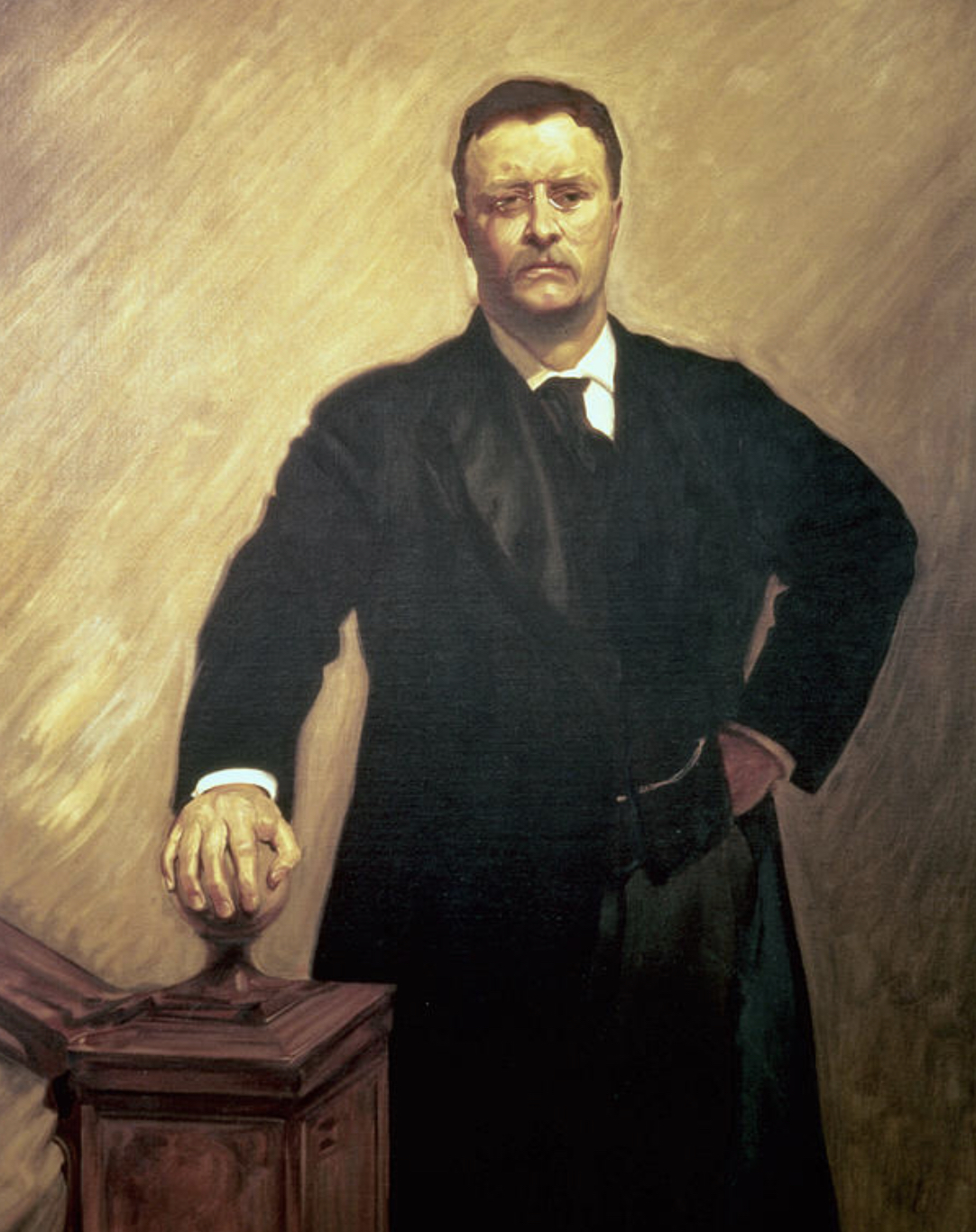

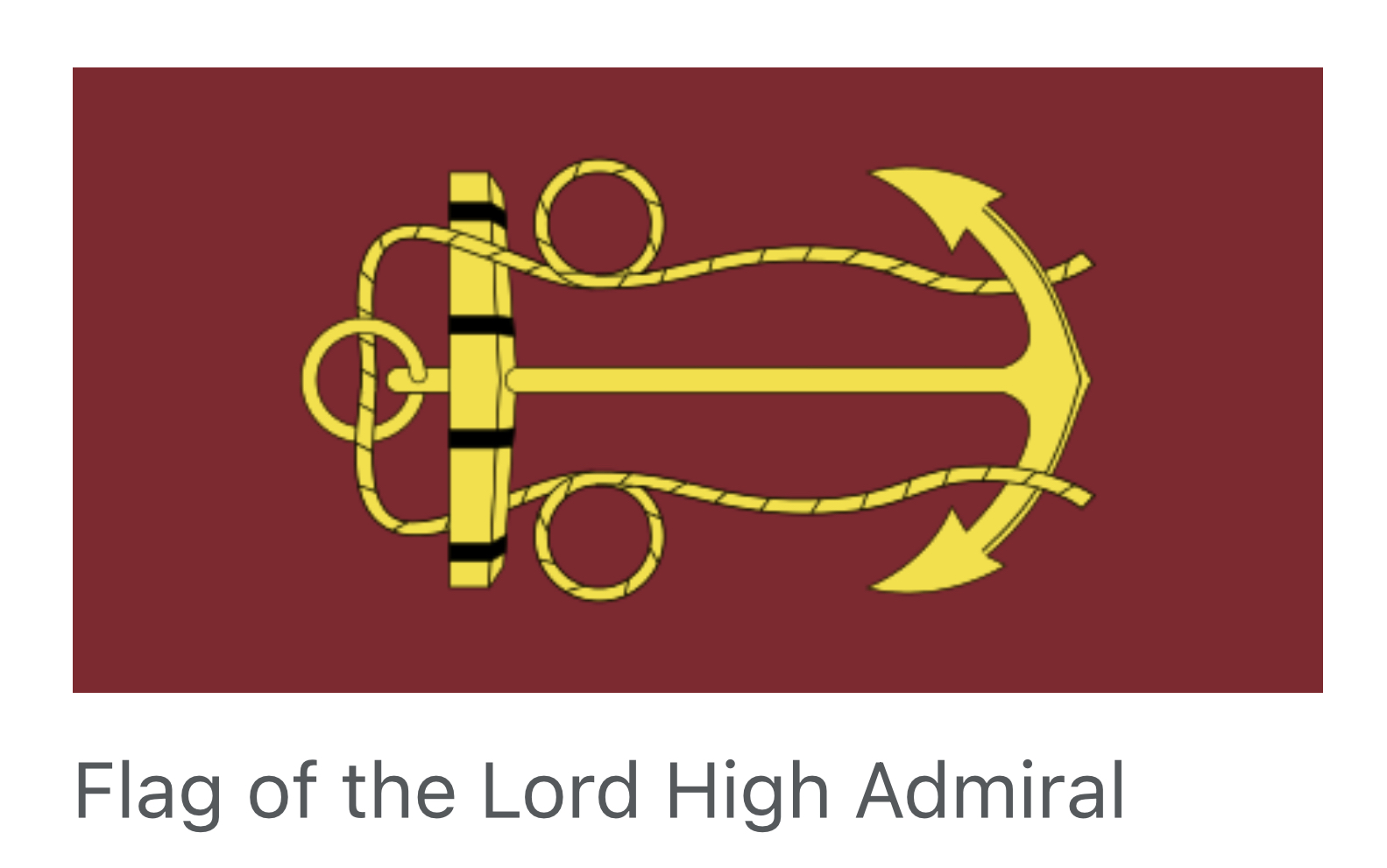
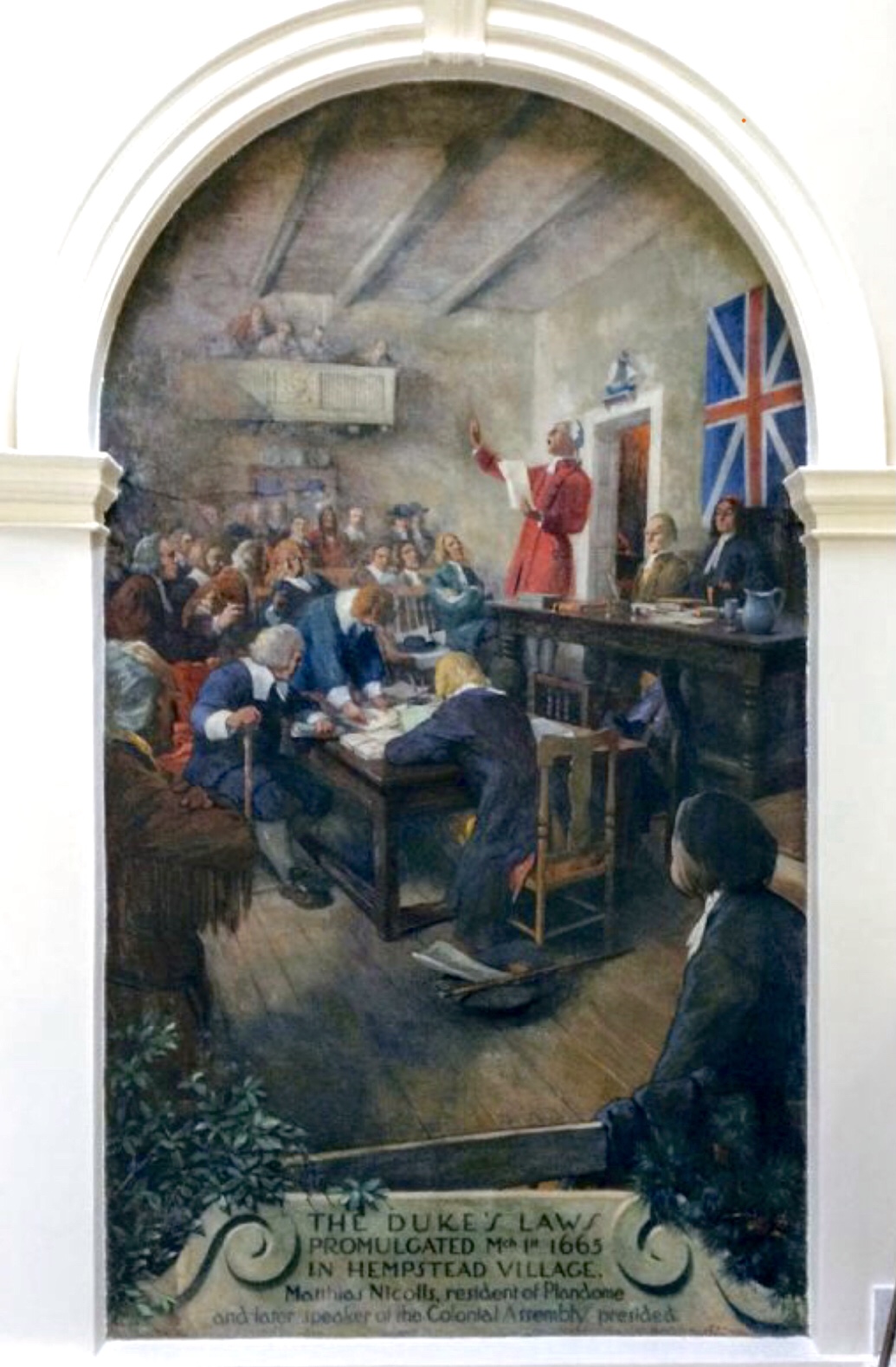

Much more on the history of Yorkshire-on-the-Bay next time. But I was excited to find a rare document, anonymous but informed, appended to a useful early document compilation by te Paulding. It more or less confirmed to my satisfaction that the historical themes I’d been following, and you’ve been following, are in fact not just wills-o’-the-wisp. In sum:


